
Colors don’t come out of nothing. They always start somewhere . . .
This is an advance, uncorrected proof. Not for resale, duplication, or reposting. Please do not quote without comparison to the finished book.

with something . . . with someone.
This is an advance, uncorrected proof. Not for resale, duplication, or reposting. Please do not quote without comparison to the finished book.

This is an advance, uncorrected proof. Not for resale, duplication, or reposting. Please do not quote without comparison to the finished book.

This is an advance, uncorrected proof. Not for resale, duplication, or reposting. Please do not quote without comparison to the finished book.

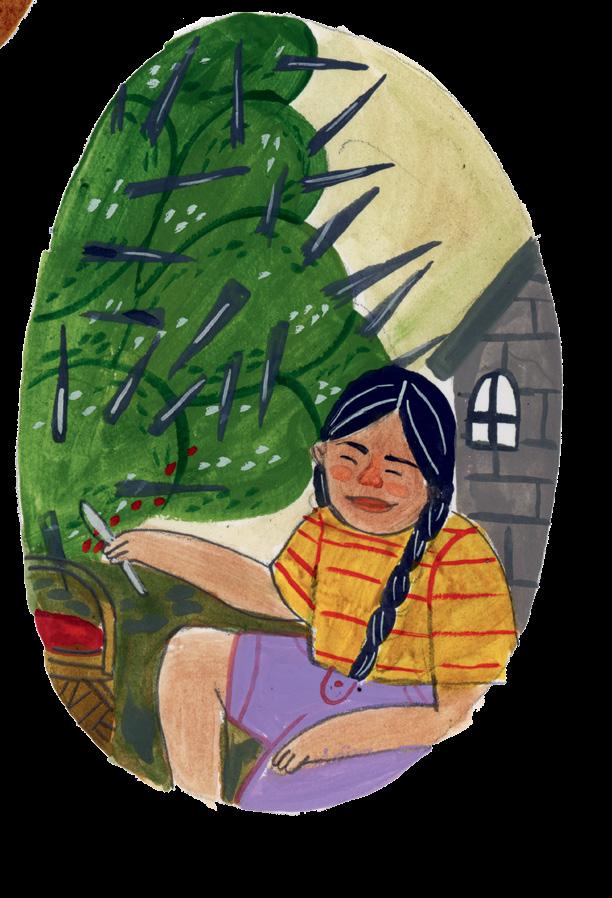
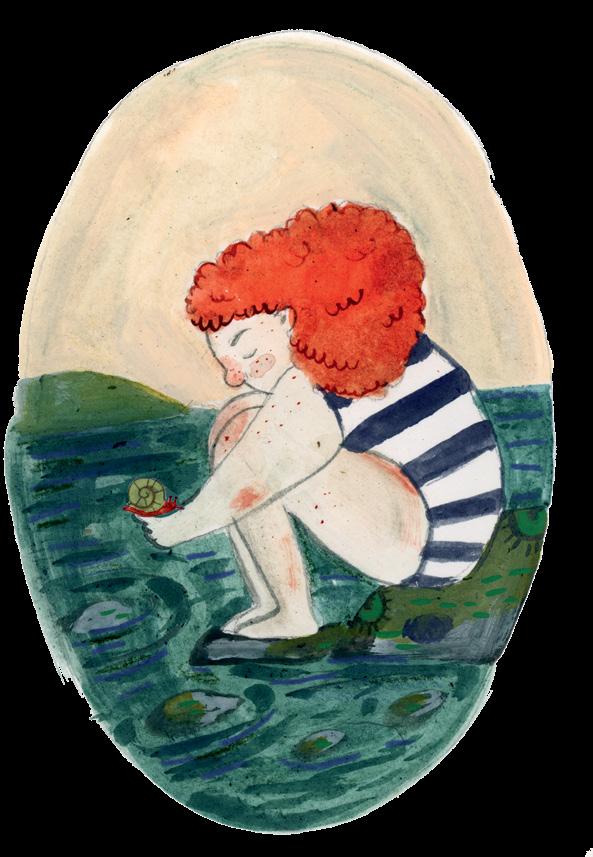
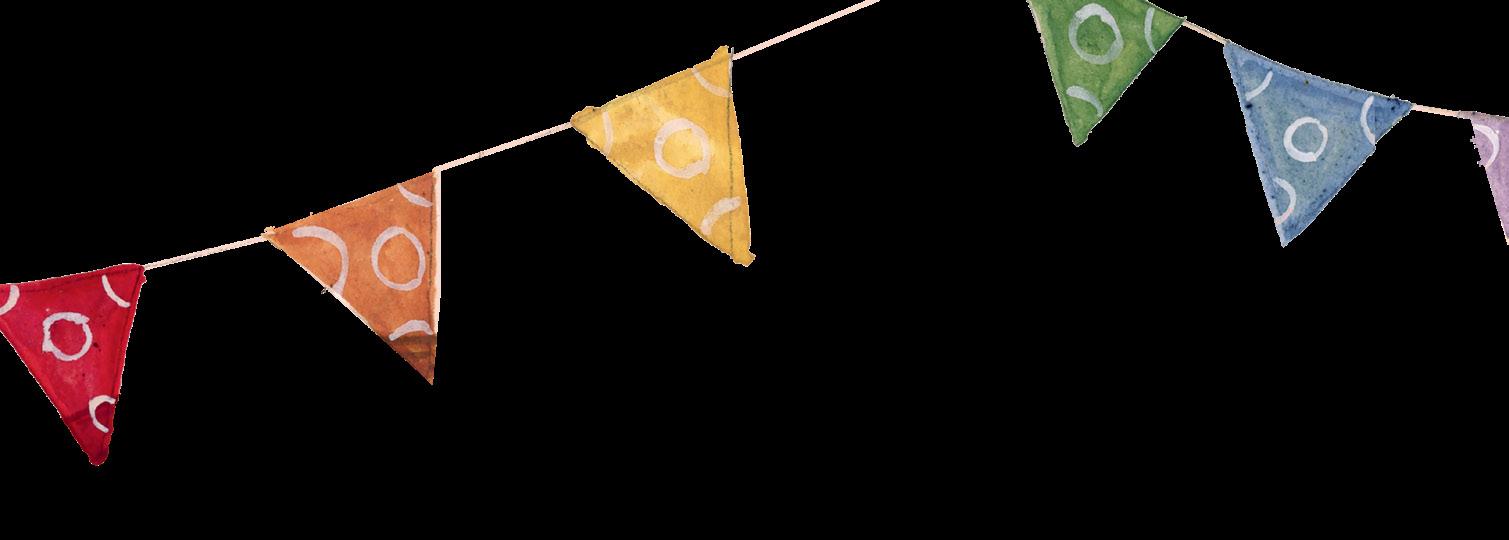
WHERE PIGMENTS AND DYES COME FROM
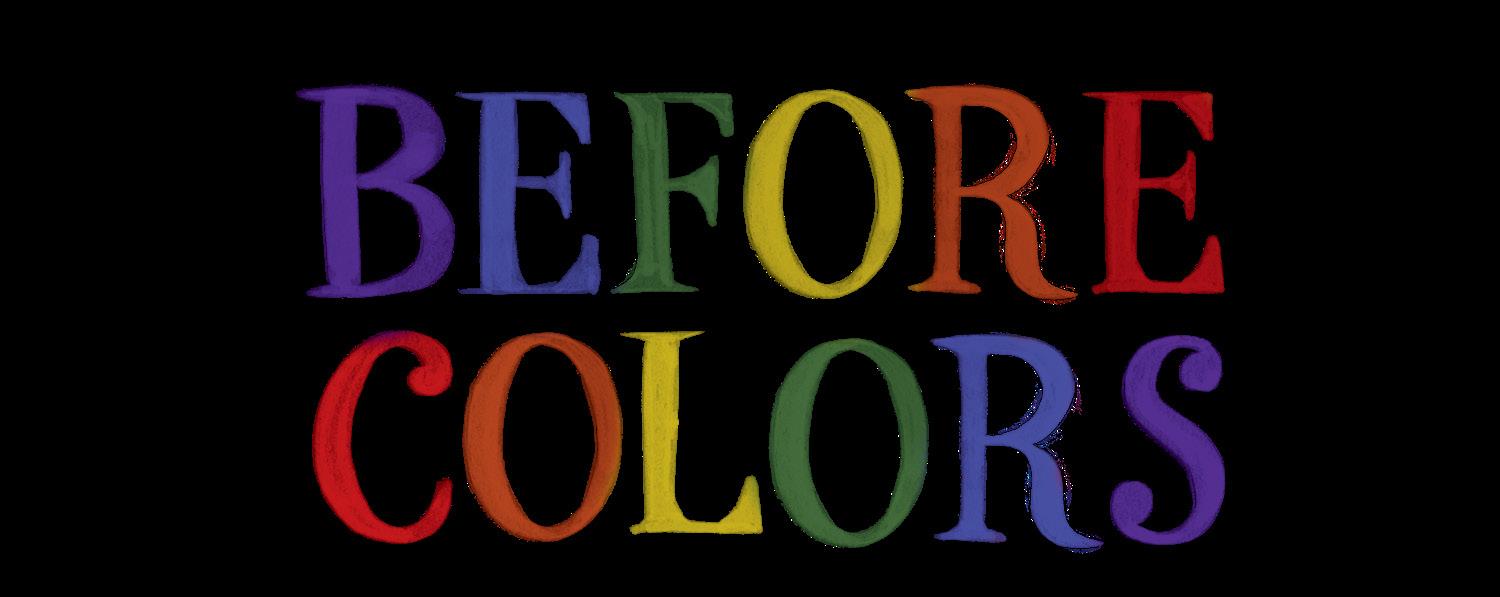
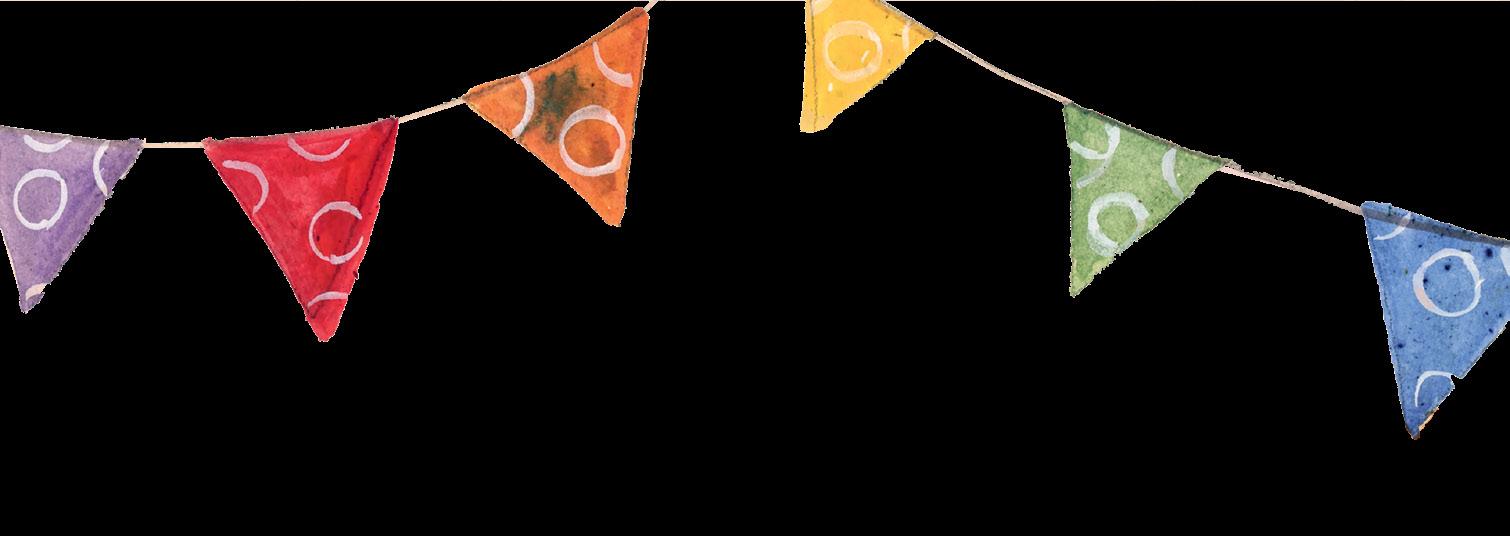
This is an advance, uncorrected proof. Not for resale, duplication, or reposting. Please do not quote without comparison to the finished book.
by ANNETTE BAY PIMENTEL
illustrated by MADISON SAFER
ABRAMS BOOKS FOR YOUNG READERS NEW YORK
This is an advance, uncorrected proof. Not for resale, duplication, or reposting. Please do not quote without comparison to the finished book.

BEFORE COLORS, flames toast ground-up rock,
someone mixes the burnt rock with water.

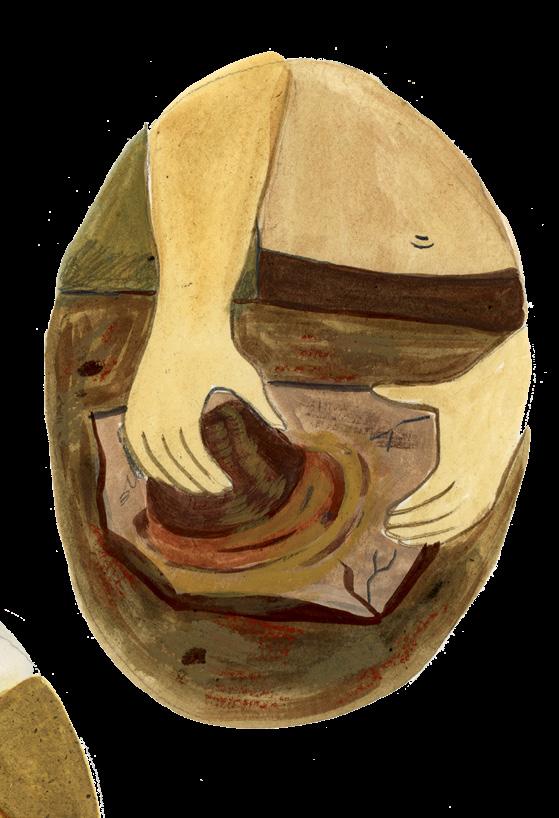
This is an advance, uncorrected proof. Not for resale, duplication, or reposting. Please do not quote without comparison to the finished book.
They are making . . .
This is an advance, uncorrected proof. Not for resale, duplication, or reposting. Please do not quote without comparison to the finished book.
. . . BROWN.

HOW DOES COLOR WORK?
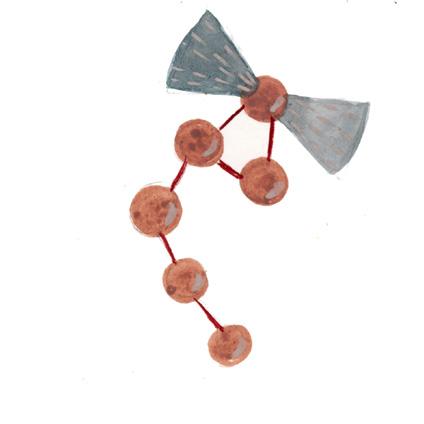
You can grab a candy bar in the dark. You can hear the crinkle of the wrapper as you open it. You can smell its cocoa scent and taste its lusciousness, all in deep darkness. But you won’t see its rich chocolate brown color unless you turn on the lights.

Seeing color requires a light source. You always need light to see color, but your eye can perceive that color in two different ways. Sometimes you see color when wavelengths of light shine directly into your eye. If you’ve ever seen a rainbow or looked at a TV or computer screen, you’ve seen color that way.
This is an advance, uncorrected proof. Not for resale, duplication, or reposting. Please do not quote without comparison to the finished book.
But more often, we see the color that comes from light bouncing off an object. When rays of light hit an object, the molecules of that object absorb some of those light rays. Whichever rays weren’t absorbed bounce back toward your eye, and that’s what you see.
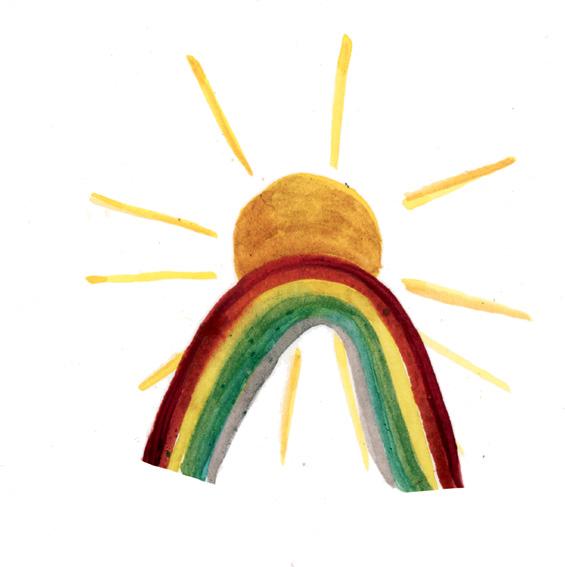
So when you see a green forest, what you’re actually seeing is a forest that has absorbed every color except green.
Ocher is a yellow clay that contains bits of iron and sand. When ground and heated, it turns reddish-brown. Ancient people mixed it with water to make paint. They used ocher to paint in caves and probably to decorate their tools and their bodies, too.
COLORFUL CHARACTERS: IWAN TIRTA
Iwan Tirta didn’t set out to be a fashion designer. He was going to be a lawyer. After studying law in his homeland of Indonesia, he continued studying in the United States and the United Kingdom. Things changed for him in the 1960s, when Tirta visited European museums and saw displays of Indonesian batik.
Batik is the art of drawing designs on fabric with wax. The fabric is then dyed, with the wax patterns resisting the dye. Ultimately, the wax is either scraped or boiled off, leaving behind patterns and designs.
The technique has been used widely since ancient times, including in Egypt, China, and western Africa. But the art of batik likely reached its greatest sophistication in Indonesia, where artisans paired complicated wax designs with natural dyes, especially the brown dye from the bark of the local soga tree.
Clothing made from batik cloth was prized in Indonesia, and as early as the sixteenth century, Europeans began collecting the beautiful textiles, too. While Tirta admired the artistry in those museum collections, he realized that back home industrialization was driving people from villages, and the art of batik was in danger of being lost.
This is an advance, uncorrected proof. Not for resale, duplication, or reposting. Please do not quote without comparison to the finished book.
So Tirta returned to Indonesia to become a batik artist. He mastered the tradition but also tried to adjust it to fit modern needs. He designed batik patterns for silk as well as cotton. He started applying batik to wider pieces of fabric to make clothing manufacturing easier. He designed furniture with batik patterns. Before long he was known internationally as one of Indonesia’s top fashion designers. A new passion for batik swept the world. He said, “I didn’t create batik, but I preserved and nurtured it like a caretaker.”
This is an advance, uncorrected proof. Not for resale, duplication, or reposting. Please do not quote without comparison to the finished book.
COLORS ACROSS TIME: MAKING PAINT
In a cave overlooking the sea, artisans piled charred bones and bits of ocher into an abalone shell and used a bone to grind it to a powder. They were making a reddish-brown paint.
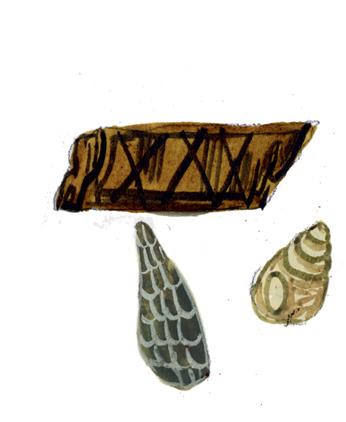

Finished, they stored their tools for the day. But they never came back. Instead, sand blew in and covered everything.
One hundred thousand years later, archeologists in South Africa discovered the Blombos Cave paint workshop.
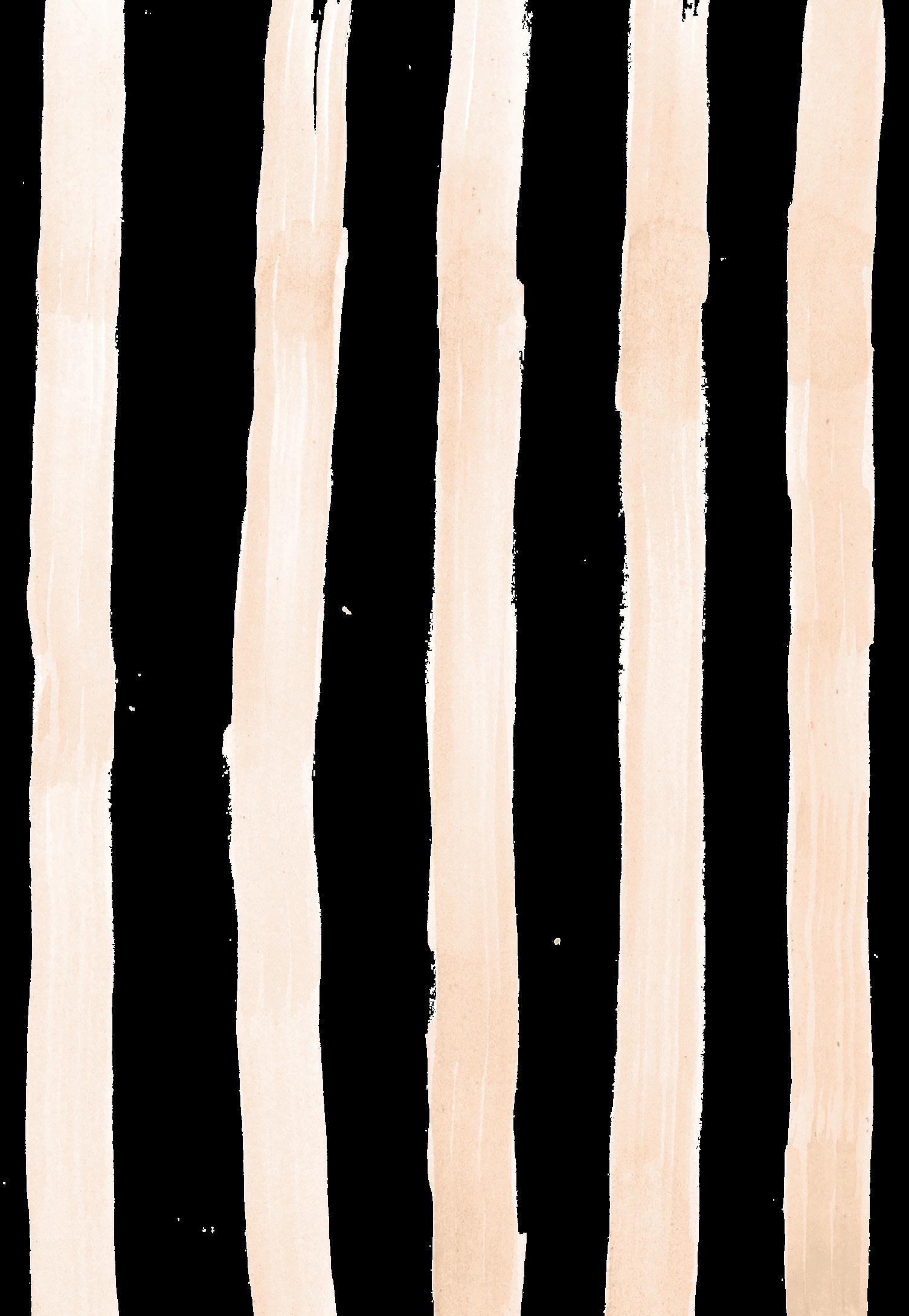
BROWNS FROM ANIMAL SOURCES
Sepia—cuttlefish and other cephalopods squirt dark liquid to confuse predators. As early as ancient Rome and continuing today, this liquid is used for ink and food coloring.

Mummy Brown—in the early nineteenthcentury, European paint makers used ground-up mummies to produce this pigment.
BROWNS FROM PLANT SOURCES
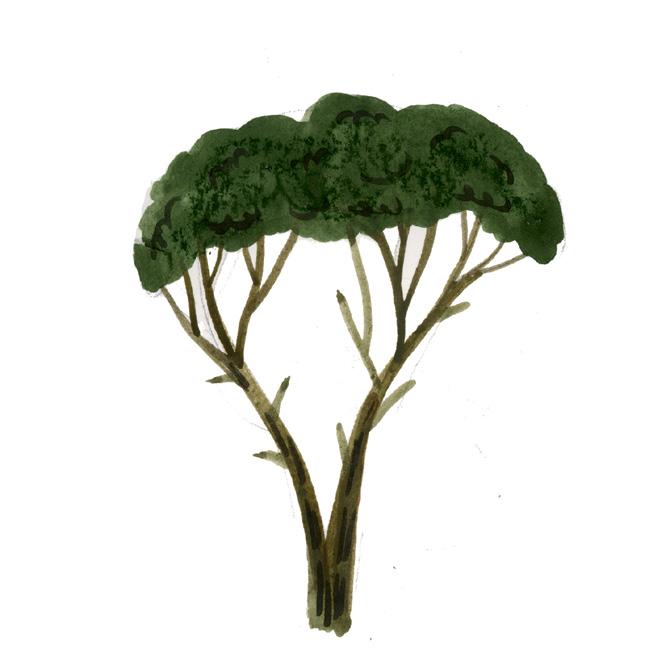
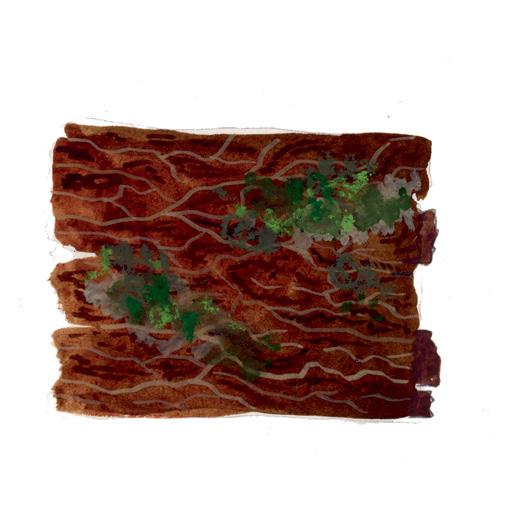
Alder—throughout the Americas, the bark of alder trees has been used to make a reddishbrown dye to color all sorts of textiles, including baskets, leather, fishing nets, and fabric.
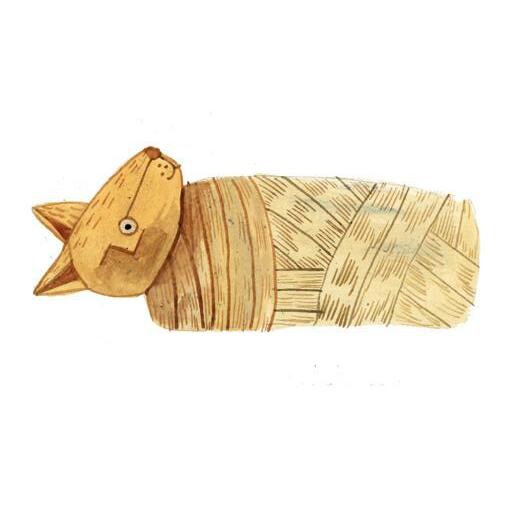
This is an advance, uncorrected proof. Not for resale, duplication, or reposting. Please do not quote without comparison to the finished book.
Mountain Mahogany—the roots and bark of this hardy tree make a reddishbrown dye. Native American groups such as the Diné, Havasupai, and Isleta have used it to color leather, baskets, and fabric.
Bister—in Europe, birch or beech trees were cut down and burned to make this deep brown color. The painter Anthony van Dyck was particularly fond of using it.
Walnut Brown—walnut husks ferment in water to produce a velvety brown ink and dye. Still popular with natural dyers, it has been widely used for centuries in both North America and Europe.
Cutch—wood from an acacia tree native to the Indian subcontinent makes a brown dye, which was exported to Japan and China around 1500, and then to Europe around 1800.
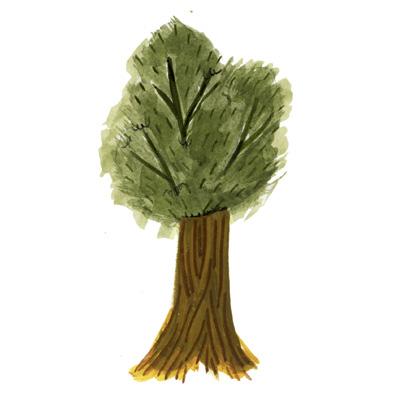
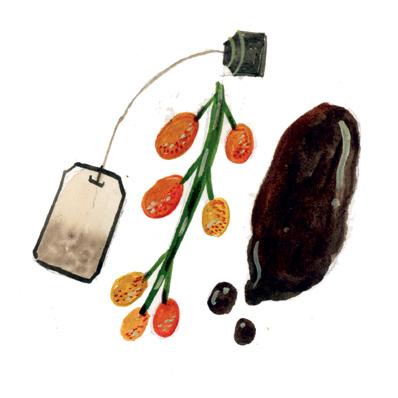
BROWNS FROM MINERAL SOURCES
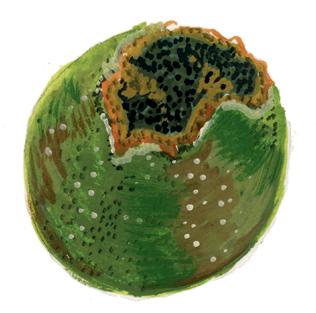
This is an advance, uncorrected proof. Not for resale, duplication, or reposting. Please do not quote without comparison to the finished book.
Asphaltum or Gilsonite—European painters used this black mineral as early as the seventeenth century to make a brown paint. Today it’s mostly mined in Utah and Colorado.
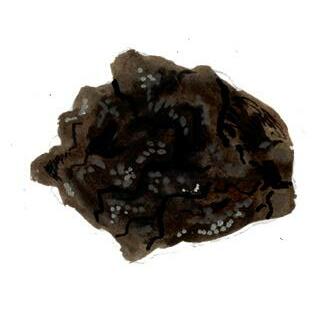
Cassel Earth—sediments from plants, animals, and minerals settle in bogs and create dense, spongy peat that is used to make this brown paint, also known as Rubens Brown, after the famous artist who used it.
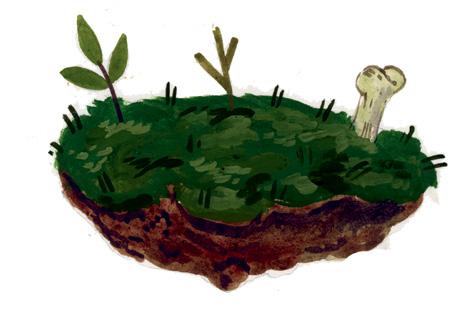

Khaki—this very light yellow-brown color was developed by the British Army in colonial India as desert camouflage. Initially, white fabric may have been soaked in mud, tea, or a date palm dye to achieve the right color.

This is an advance, uncorrected proof. Not for resale, duplication, or reposting. Please do not quote without comparison to the finished book.
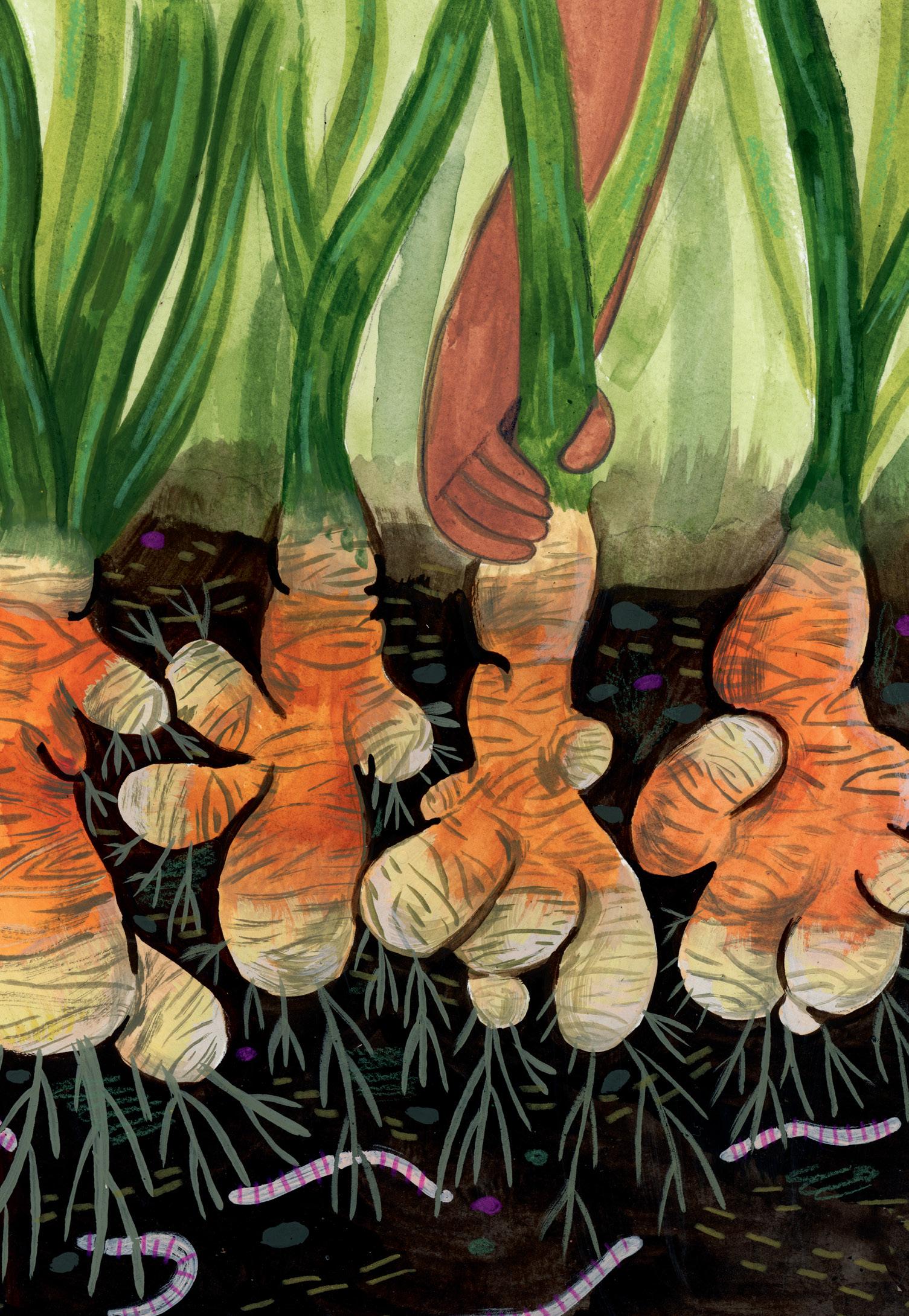
BEFORE COLORS, brown roots swell.
Someone digs them up and grinds them fine.
This is an advance, uncorrected proof. Not for resale, duplication, or reposting. Please do not quote without comparison to the finished book.
She is making . . .
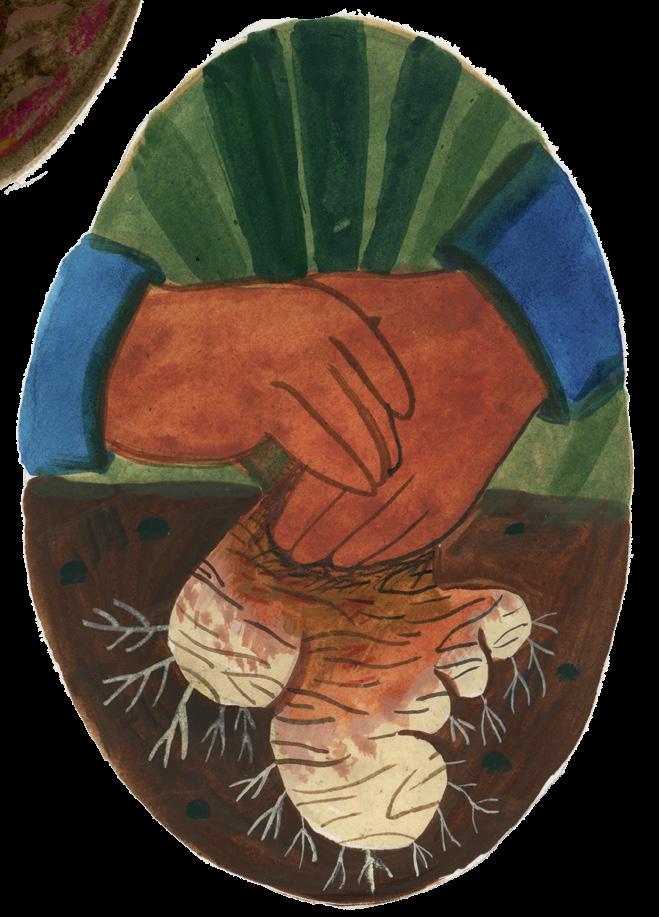

This is an advance, uncorrected proof. Not for resale, duplication, or reposting. Please do not quote without comparison to the finished book.
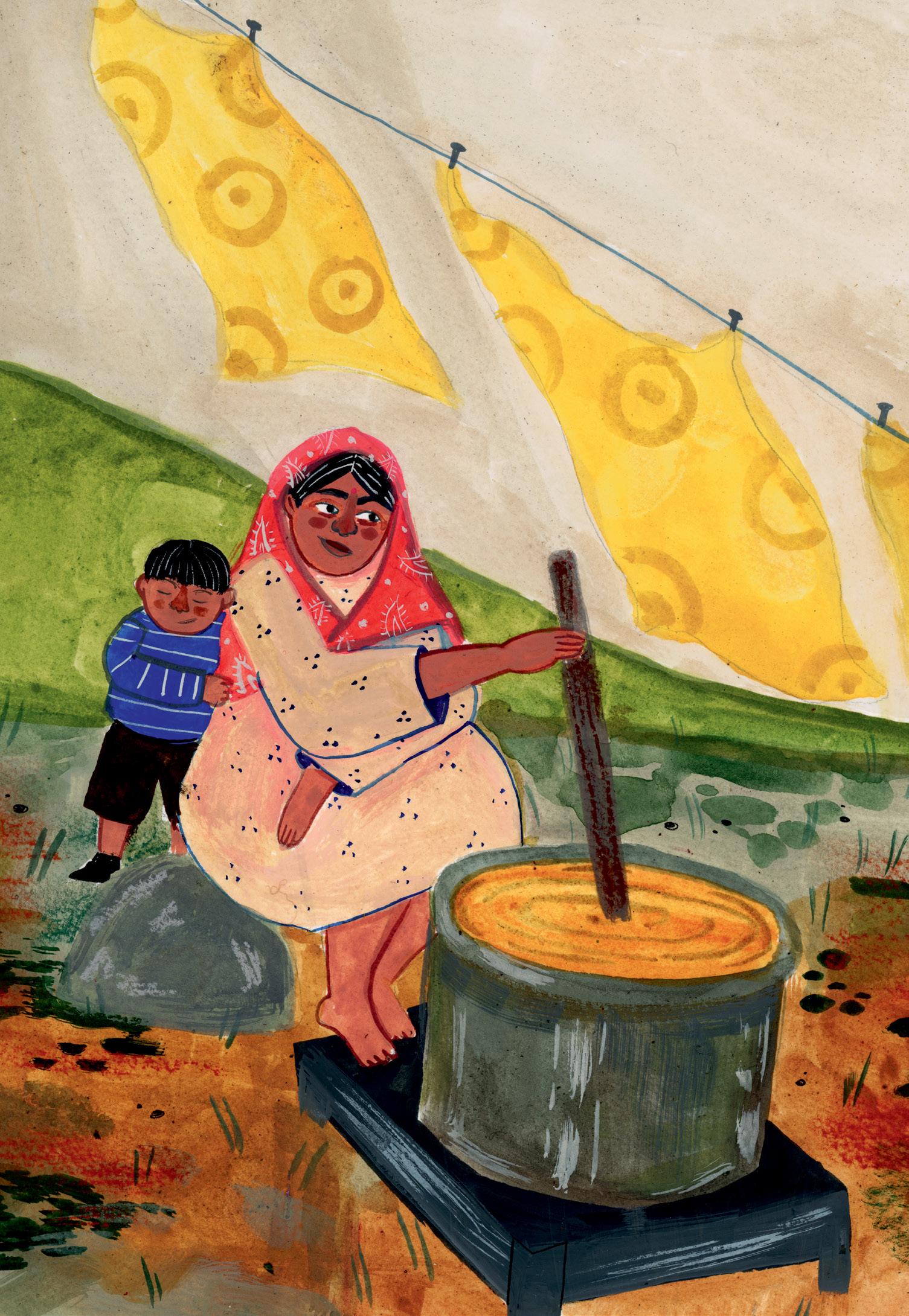
. . . YELLOW.
HOW DOES YOUR EYE SEE COLOR?
Your eye is specially equipped to interpret varying wavelengths of light as color. At the back of your eye are millions of cone-shaped cells. They sense low-frequency wavelengths as red, mid-frequency wavelengths as green, and high-frequency wavelengths as blue.
Of course most objects aren’t wholly red or blue or green. The combination of red, green, and blue receptors triggered determines what color you see. For example, when the red and green cone cells in your eye fire up, you see yellow. Your eyes and your brain mix different wavelengths so you can see a whole rainbow of color.
Animal eyes can differ from human eyes. Dogs have only two kinds of cone receptor cells—blues and yellows—so they see a lot fewer colors than humans do. But mantis shrimp have sixteen kinds of cone receptor cells! Their world must be filled with colors that humans will never be able to see.
This is an advance, uncorrected proof. Not for resale, duplication, or reposting. Please do not quote without comparison to the finished book.
In India 2,500 years ago, the roots of the turmeric plant were ground to powder and then used as a yellow dye for fabric. Turmeric yellow spread—first to China, then to Africa and beyond. Widely used throughout history, today ground turmeric root is still used to color and flavor food. You might find it in your spice cupboard!

COLORFUL CHARACTERS: VINCENT VAN GOGH
The Dutch impressionist artist Vincent van Gogh loved yellow. He painted yellow sunflowers, yellow haystacks, and yellow houses. He described one idea for a painting as “a symphony in yellow.”
To make his paintings, Van Gogh often used chrome yellow paint. And he used a lot of it. In an 1888 shopping list for paint that he sent to his brother, he asks for not one hue of chrome yellow but three!
In fact, he used so much yellow in his art that some researchers have wondered if he suffered from xanthopsia, a medical condition that leads people to see everything in tones of yellow. Late in his life he took medication that could, arguably, lead to xanthopsia. Most people, however, doubt that his passion for yellow was a sickness. They point out that he was using plenty of yellow paint before he started taking the medicine.
Why did he use so much yellow, then?
One possibility may have to do with where Van Gogh grew up and where he did most of his painting. He was born and raised in the Netherlands, where storms and clouds regularly roll in from the North Sea. But he moved to the south of France as an adult and did many of his most famous—and most yellow!—paintings there. Southern France, unlike the Netherlands, is sun-drenched.
This is an advance, uncorrected proof. Not for resale, duplication, or reposting. Please do not quote without comparison to the finished book.
Van Gogh himself suggested that this reasoning is most likely correct. Reflecting on colors, he said, “How wonderful yellow is. It stands for the sun.”
This is an advance, uncorrected proof. Not for resale, duplication, or reposting. Please do not quote without comparison to the finished book.
COLORS ACROSS TIME: SAFFRON YELLOW

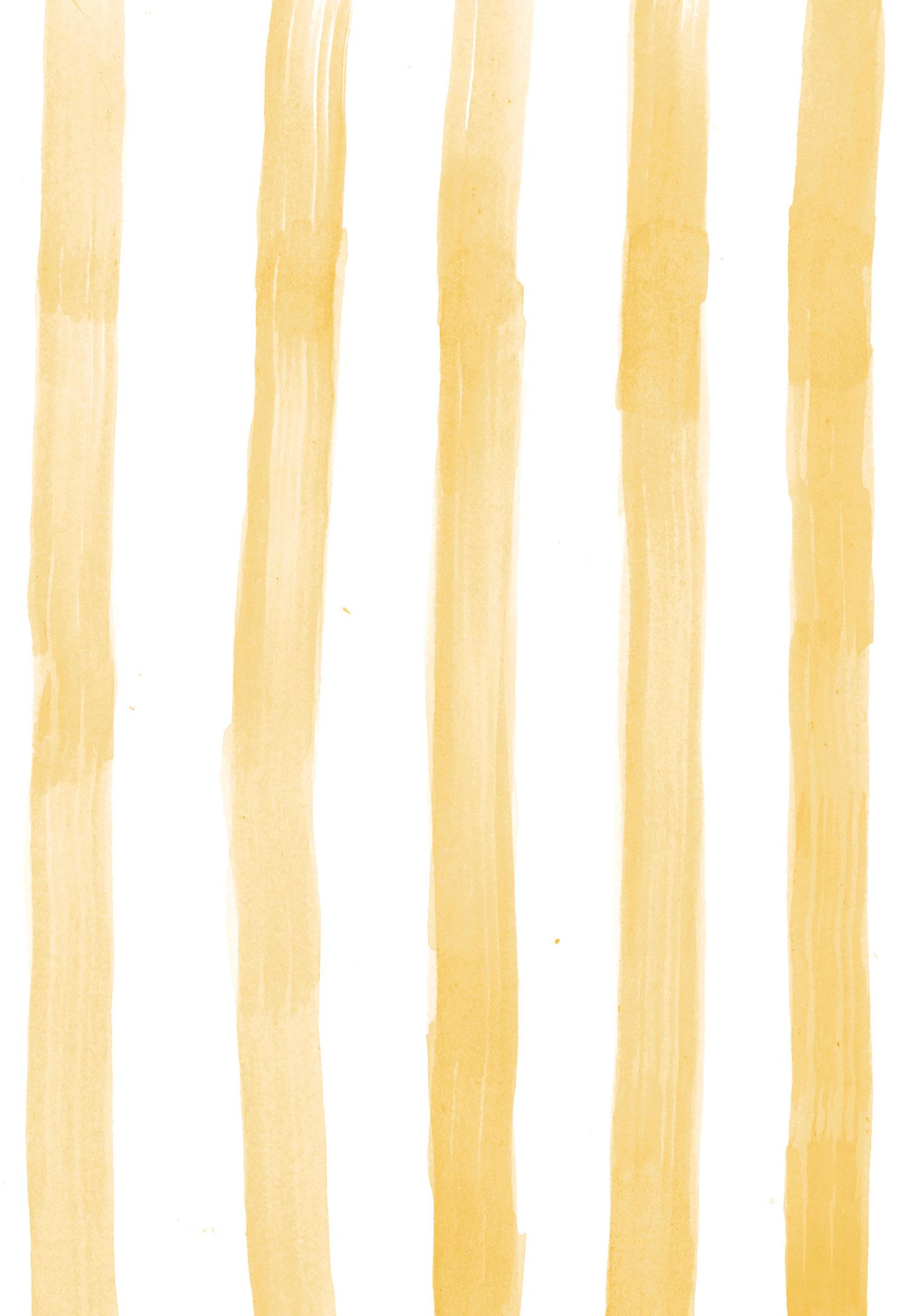
Here’s a Persian riddle: What is purple in the earth, red in the market, and yellow on the table? Saffron!
Saffron crocuses bloom purple. In the center of each flower three red stigmas grow, each as thin as a thread. Soaked in water, these red wisps make a brilliant yellow dye that people use on both food and textiles.

YELLOWS FROM PLANT SOURCES
Jackfruit—the wood of the jackfruit tree makes a yellow dye. In Thailand and Cambodia, Buddhist priests’ robes were commonly dyed with jackfruit, sometimes mixed with turmeric for a more vibrant color.

Kihada—the inner bark of the cork tree was used in both China and Japan to dye paper yellow.
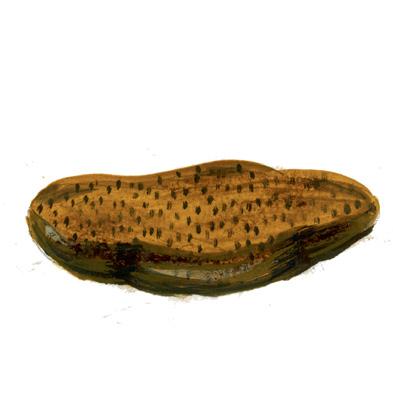
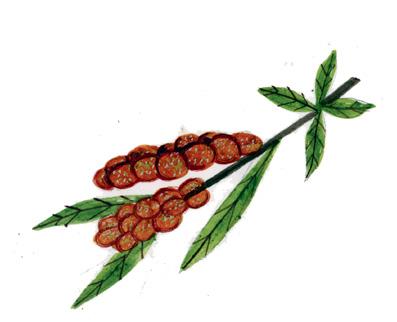
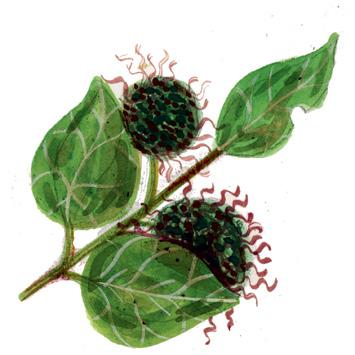
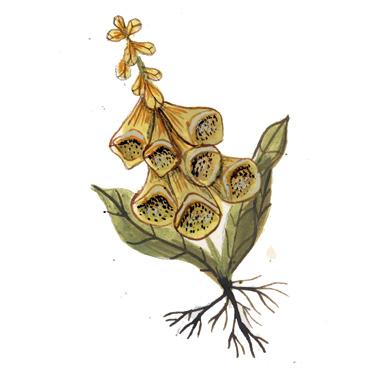
Imperial Yellow—in China, the foxglove plant was dug up and the roots were used to make a vivid yellow dye for the emperor’s robes.
This is an advance, uncorrected proof. Not for resale, duplication, or reposting. Please do not quote without comparison to the finished book.
Mora Amarilla—this tree grows from Argentina to Mexico and is also known as fustic or dyer’s mulberry. It produces a bright yellow dye.
Weld—this plant, also called dyer’s rocket, creates a yellow dye when it’s steeped with alum, a form of aluminum, and ash. It was used extensively in medieval Europe.
Stil de Grain—buckthorn berries made this yellow ink in medieval Europe. It fades in light but has survived in some manuscripts that have been shut away from light.

Cuscuta or Dodder—a parasitic plant that grows worldwide, in the Andes it was used as a greenish-yellow dye for fibers.

Gamboge—the garcinia tree in Cambodia is tapped, like maple or rubber trees, and the resin is gathered to create a dull brown ball called gamboge. Painters in the seventeenth and eighteenth centuries touched the ball with a wet brush to get a beautiful yellow. The color fades in light, so gamboge yellow is seldom used today.


YELLOWS FROM MINERAL SOURCES
Orpiment—an orange mineral, arsenic trisulfide is found near volcanic vents and hot springs. It is toxic but was nonetheless widely used in the ancient world, including in ancient Egypt, on the Taj Mahal, and in the Book of Kells. It’s very similar to realgar (see more under Oranges from Mineral Sources).

This is an advance, uncorrected proof. Not for resale, duplication, or reposting. Please do not quote without comparison to the finished book.
Chrome Yellow—the orange-red mineral crocoite was discovered in a Siberian mine in 1762. Artisans made a vivid yellow paint from it, but the color browns over time.

This is an advance, uncorrected proof. Not for resale, duplication, or reposting. Please do not quote without comparison to the finished book.

BEFORE COLORS, a yellow sea snail tumbles in the tide.

Someone plucks it out of the water and rubs it on fabric.
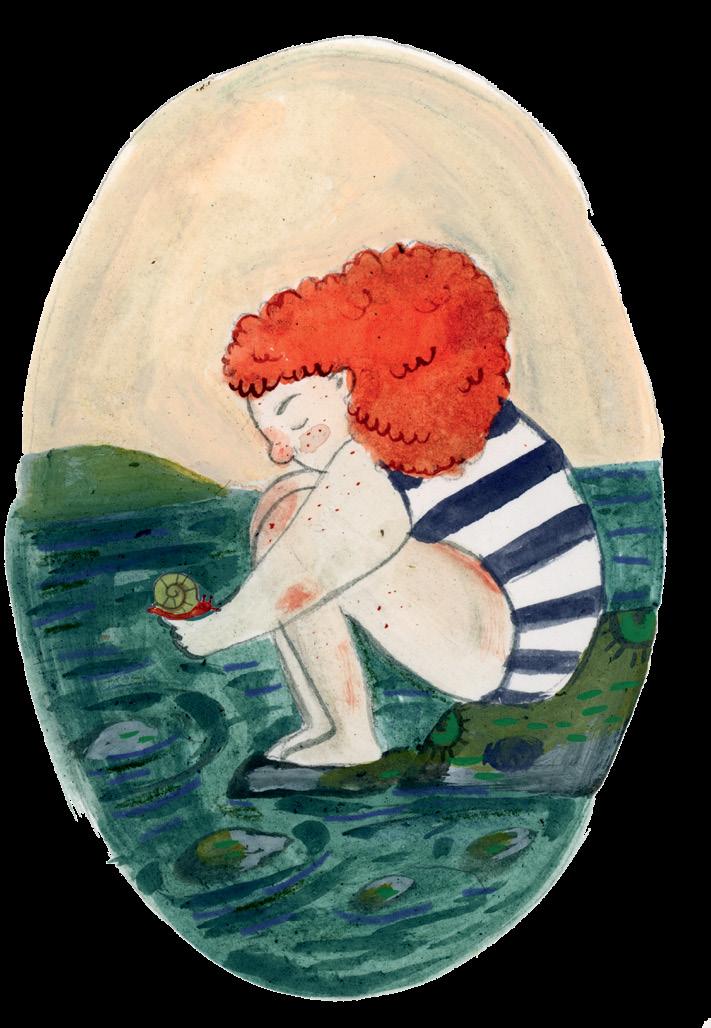
This is an advance, uncorrected proof. Not for resale, duplication, or reposting. Please do not quote without comparison to the finished book.
She is making . . .
This is an advance, uncorrected proof. Not for resale, duplication, or reposting. Please do not quote without comparison to the finished book.

. . .
PURPLE.
HOW DO YOU MIX NEW COLORS FROM PRIMARY COLORS?
Primary colors are the basic building blocks of color. You use them to mix all the other colors. When you were small you probably learned that the primary colors are red, yellow, and blue—and scientists in the past might even have agreed!
But that’s not strictly true.
There are actually two different sets of primary colors.
The primary colors of direct light are red, green, and blue. Your eye mixes red, green, and blue light to create any color. With just red, green, and blue pixels, TV and computer screens send rays of light to our eyes that we perceive as every color in the rainbow.
However, the primary colors of reflected light—the light that bounces off walls or clothes or books or paintings—are cyan, magenta, and yellow. Pigments of cyan, magenta, and yellow mix to create every color that is painted or printed or otherwise applied to a surface. Look at a color printer’s ink cartridge, and you’ll see them listed right there: CMYK—cyan, magenta, yellow (the “K” refers to the “key” color in the cartridge—the color that provides most of the image’s detail, like outlines—which is almost always black).
This is an advance, uncorrected proof. Not for resale, duplication, or reposting. Please do not quote without comparison to the finished book.
So what are the primary colors?
Red, blue, and green . . . if you’re mixing light. Cyan, magenta, and yellow . . . if you’re mixing pigments.
But not red, yellow, and blue.
Some sea snails produce a natural purple dye in their glands. When the snail is rubbed on fabric, the fabric first turns yellow, then green. Finally, when the fabric is exposed to sunlight, the color shifts to vivid purple. Mediterranean snails—used by Phoenicians, Egyptians, Hebrews, and Romans—had to be crushed to get the liquid in the gland. But in the Americas, people used a different type of sea snail that could be milked for the liquid in its gland and left alive to produce still more purple dye.

COLORFUL CHARACTERS: KAREN CASSELMAN
Take a hike and you’ll probably start seeing rocks and tree trunks with colorful spots and patches growing on them. Those lichens are a fungus that partners with alga to create complex new organisms. And one of the things those organisms can do? Make color!
Lichens have long been prized for their ability to dye, especially because some lichens make a rare natural dye, purple. Throughout history, when people found good dye lichens, the result was environmental devastation. Collectors would rip out all the lichens in one spot, then search for a new place with lichens and start ripping them out there, too. Some botanists believe that certain lichens became extinct from overcollection.
Today natural dyers still love the beautiful colors they get from dyeing with lichens. But they don’t want to harm the environment. Karen Casselman has written several books about dyeing with natural materials. But she also reminds dyers to practice their art without harming the natural world. She has proposed a code of conduct for collecting lichens, including these rules:
This is an advance, uncorrected proof. Not for resale, duplication, or reposting. Please do not quote without comparison to the finished book.
1. Don’t take all the lichens you find. Leave some to grow.
2. Collect unattached lichens—for example, harvest lichens from a fallen branch rather than from a living tree.
3. Don’t collect lichens with large groups. It’s easier to overcollect with many people.
4. Don’t stockpile lichens. Gather only what you need right away.
5. Learn to identify lichens to make sure you can use what you collect.
Dyeing with lichens and other natural materials is thrilling. But nobody wants our love of color to hurt the environment.
This is an advance, uncorrected proof. Not for resale, duplication, or reposting. Please do not quote without comparison to the finished book.
COLORS ACROSS TIME: PURPLE LAWS
Do you wear a school uniform? Follow a school dress code? In the past, many adults faced clothing rules, too. For example, purple dye was rare, so laws controlled who could wear it. In Rome, only the emperor wore purple. In England during Queen Elizabeth I’s rule, only the royal family and nobles wore purple.
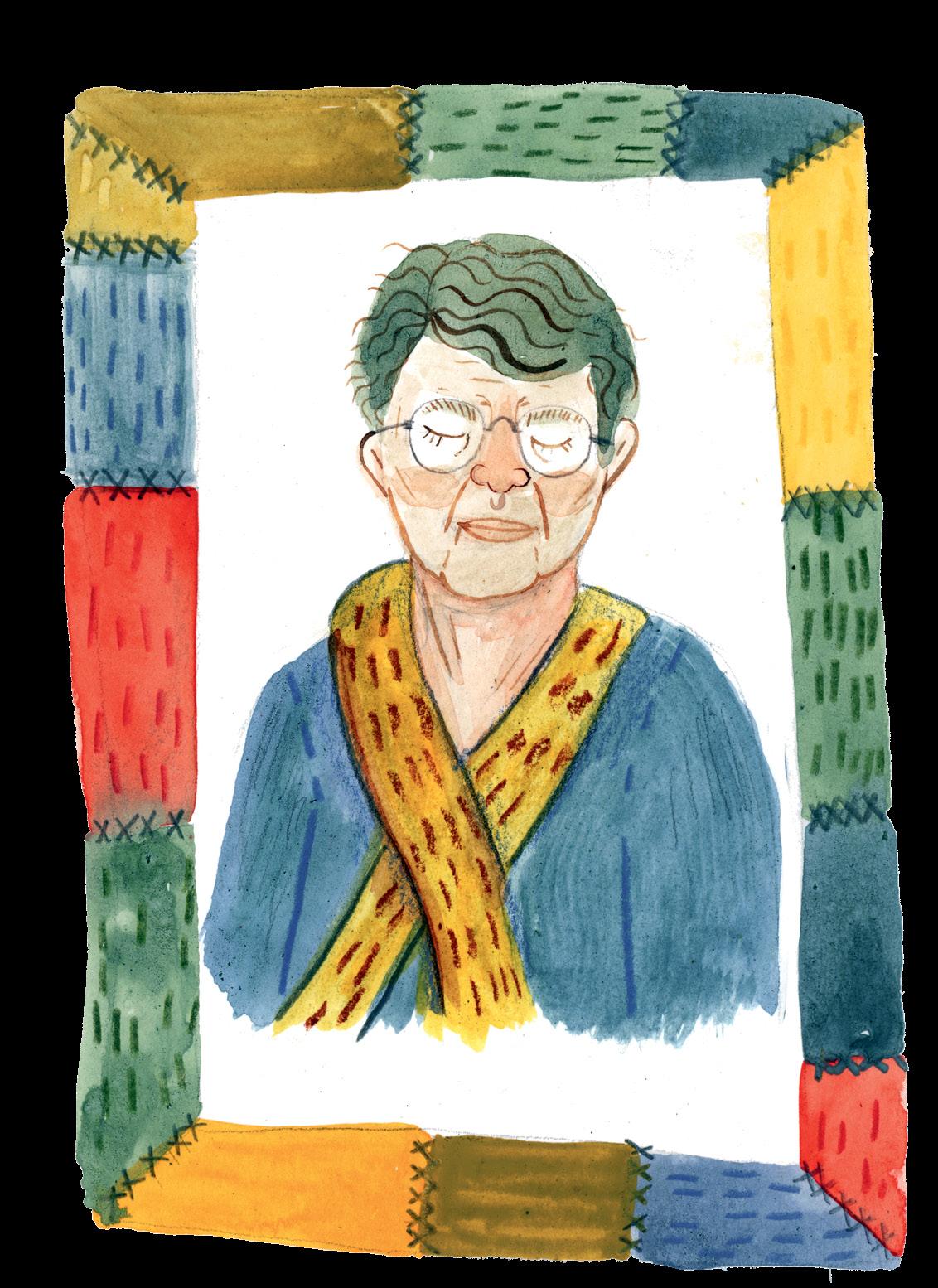
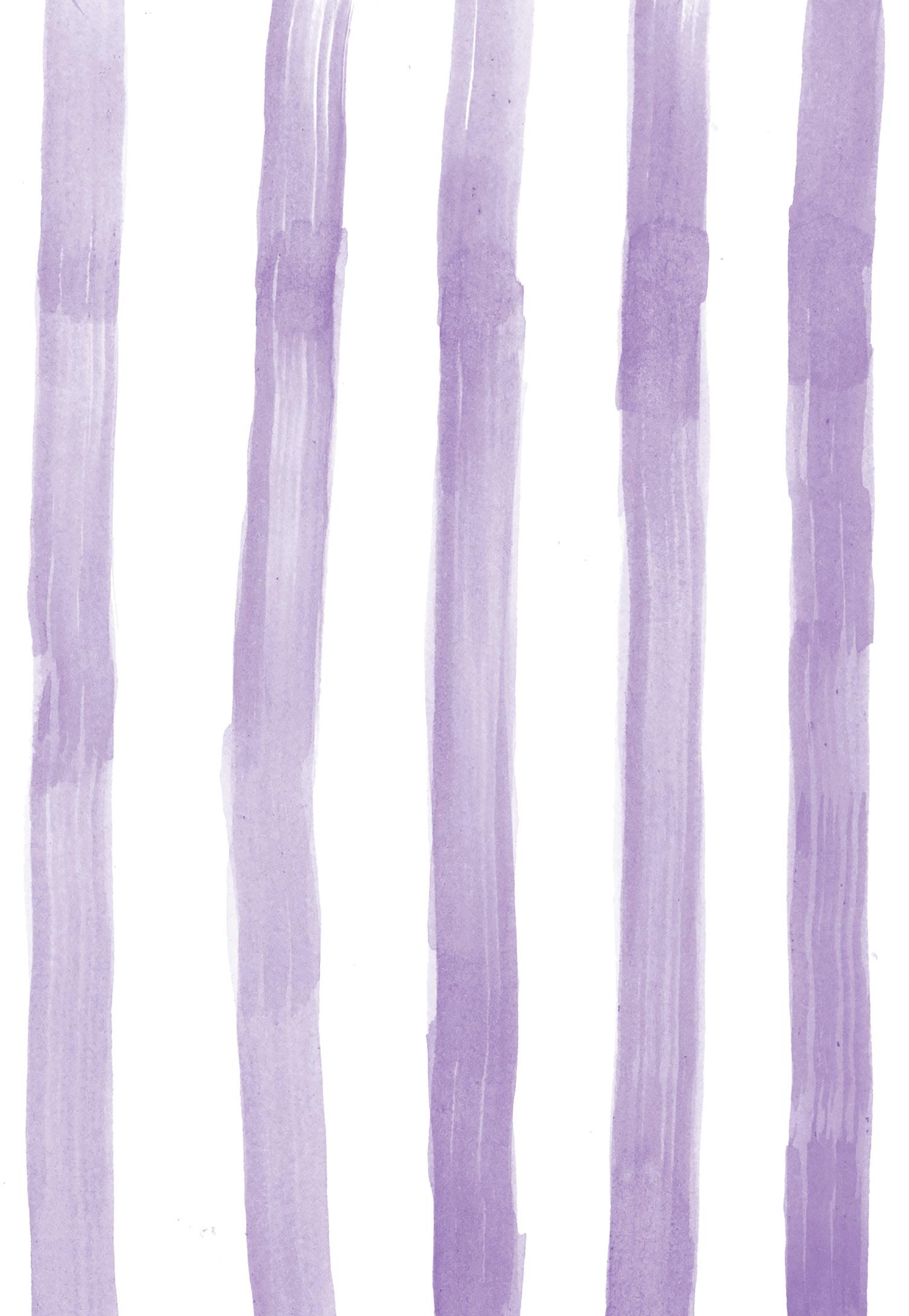
PURPLES FROM AN ANIMAL SOURCE
Murexide or Roman Purple—reddish purple in the nineteenth century in Europe was made from bird droppings. Huge deposits of guano in Peru were quarried and shipped across the ocean.
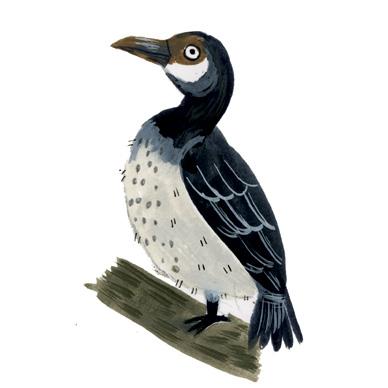
PURPLES FROM PLANT SOURCES
Sappan—in Southeast Asia, the heartwood of the sappan tree is ground into a fine orange-red powder. When mixed with iron, the bark dyes fabric purple.
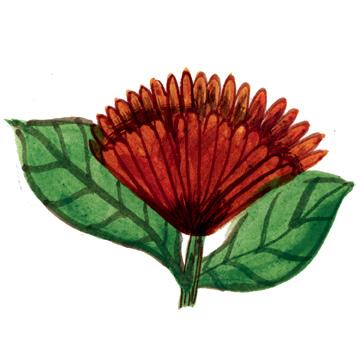
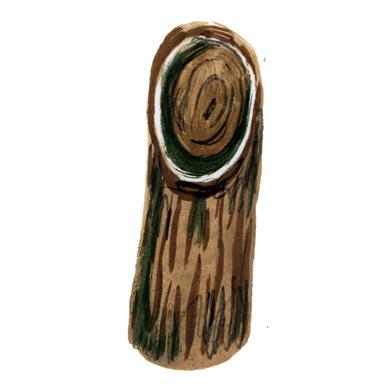
Tziz—the Mexican honeysuckle was used by the Maya for medicine and for the strong violet color that could be made from it.
This is an advance, uncorrected proof. Not for resale, duplication, or reposting. Please do not quote without comparison to the finished book.
Turnsole Violet—green fruits of the dyer’s croton plant, also known as giradol, are pressed to extract a green liquid that turns purple in light. It was used in medieval manuscripts, food, cosmetics, and textiles.
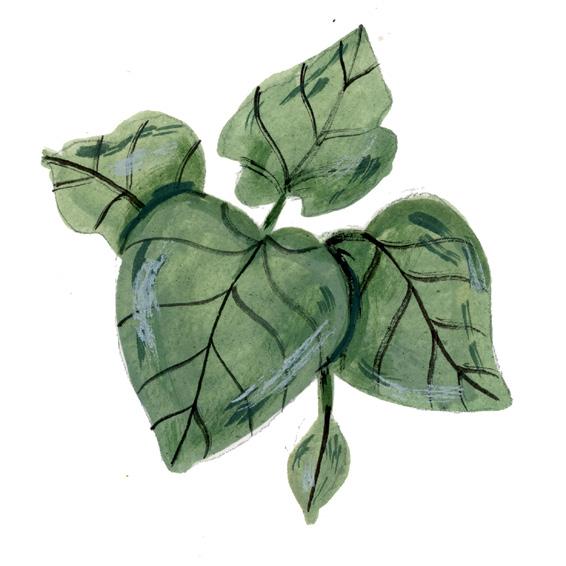
Murasaki—purple dye used in Japan. It’s ground from roots of the gromwell plant.
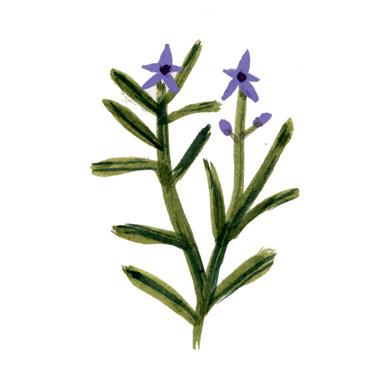

Sunflowers—the Hopi of southwestern North America use sunflower seeds to make a purple dye for textiles and baskets.
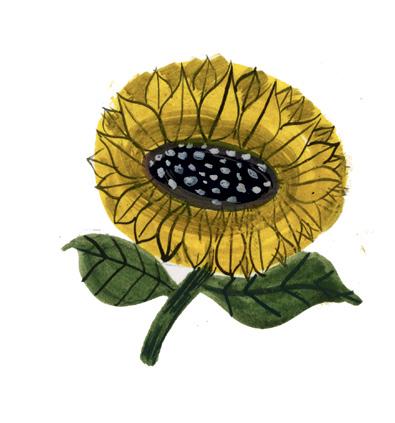
PURPLES FROM A MINERAL SOURCE
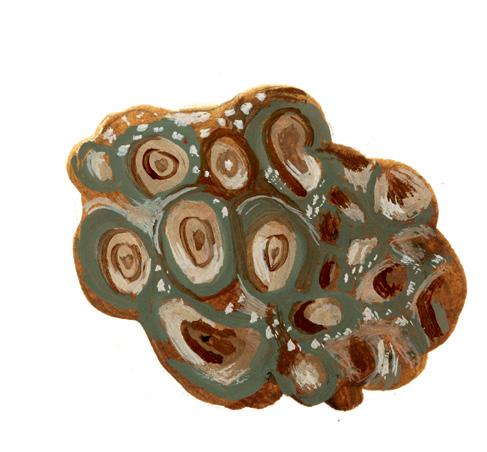

Mauve—pinkish-purple dye created by William Henry Perkin from coal tar, a byproduct of coal mining. The dye color was popularized by Queen Victoria and created the modern synthetic dye industry.
PURPLES FROM ANOTHER SOURCE
This is an advance, uncorrected proof. Not for resale, duplication, or reposting. Please do not quote without comparison to the finished book.
Orchil—red-purple dye made from a gray lichen of Canary, Cape Verde, and Azores Islands. The lichen was scraped off and soaked (usually in urine) for weeks to produce the vivid dye. Similar lichens grow in Scotland, as well as in South America and Africa.
This is an advance, uncorrected proof. Not for resale, duplication, or reposting. Please do not quote without comparison to the finished book.
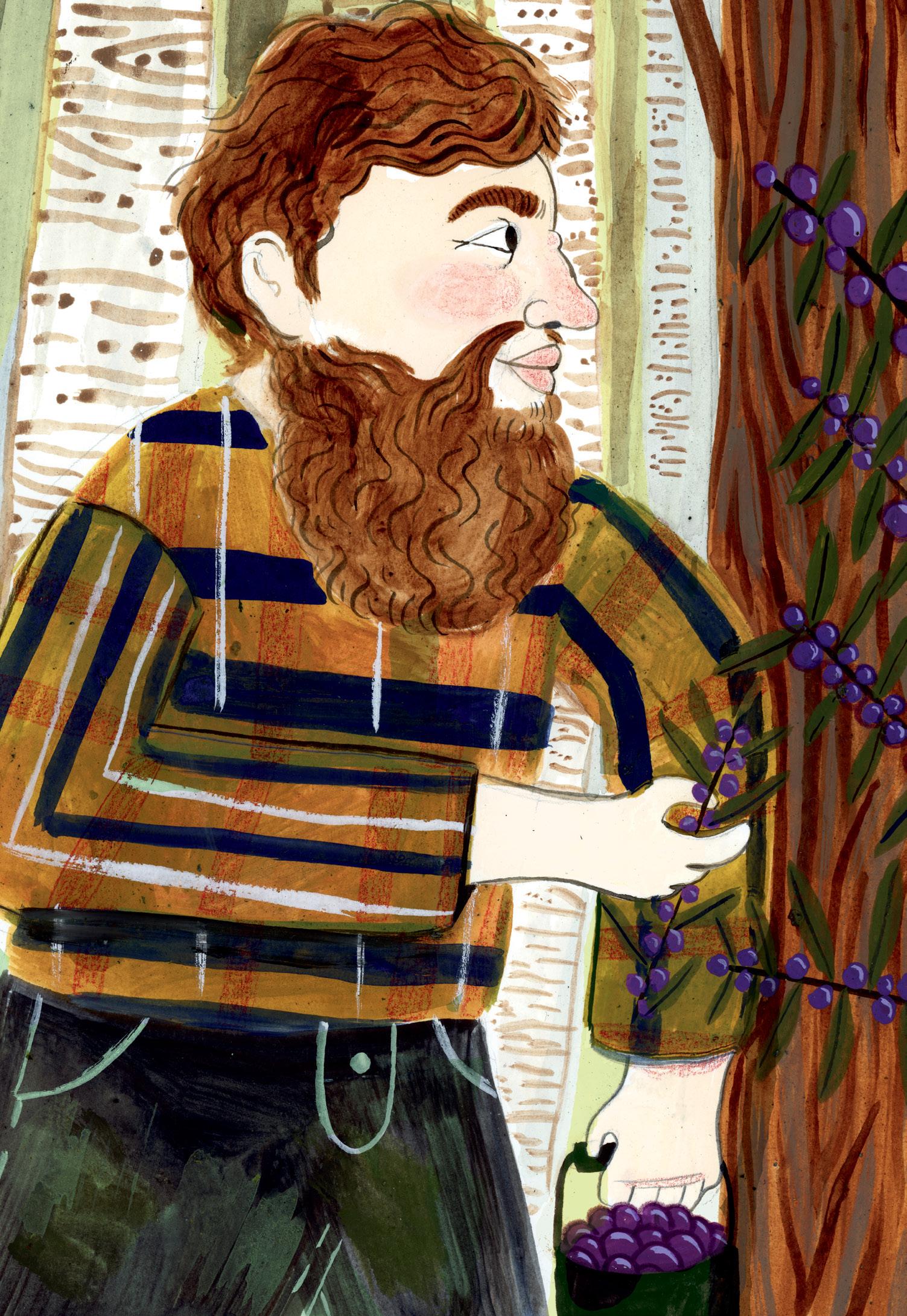
BEFORE COLORS, purple berries swell on the bush.
Someone picks and crushes them.
This is an advance, uncorrected proof. Not for resale, duplication, or reposting. Please do not quote without comparison to the finished book.
He is making . . .
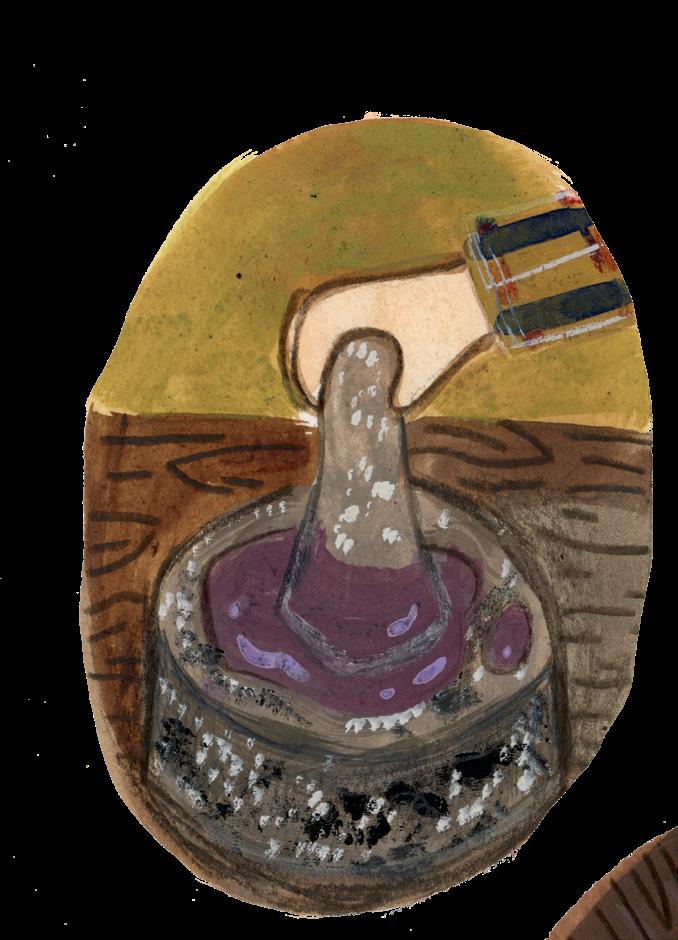
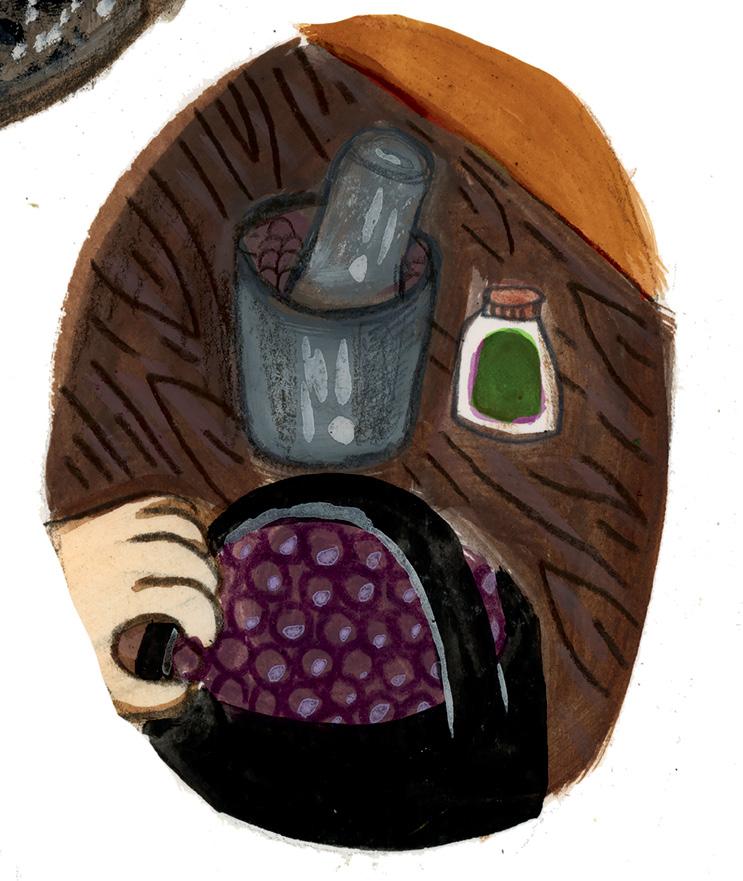
This is an advance, uncorrected proof. Not for resale, duplication, or reposting. Please do not quote without comparison to the finished book.
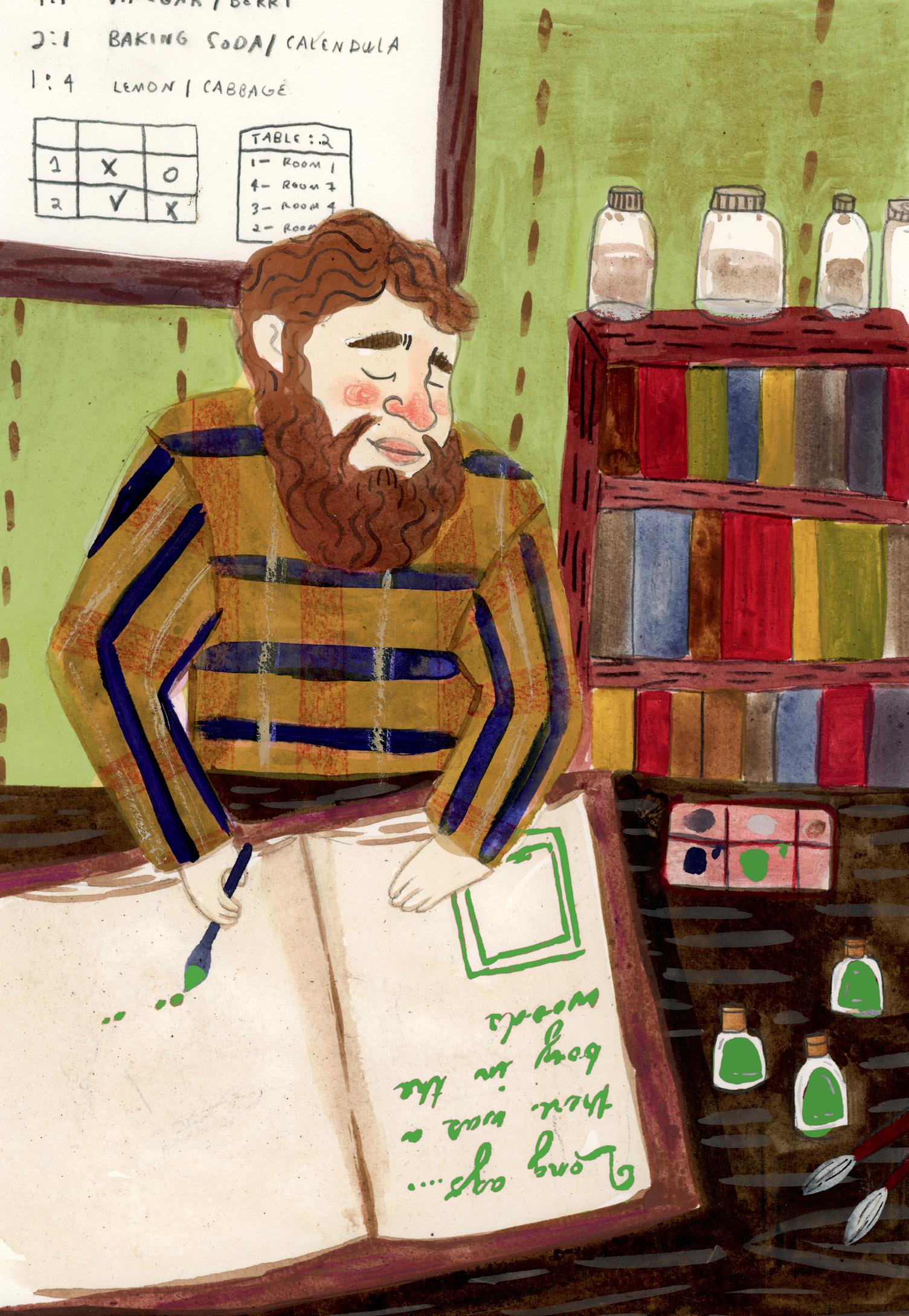
. . . GREEN.
WHEN DOES GREEN LOOK RED?
Is it green? Or red?
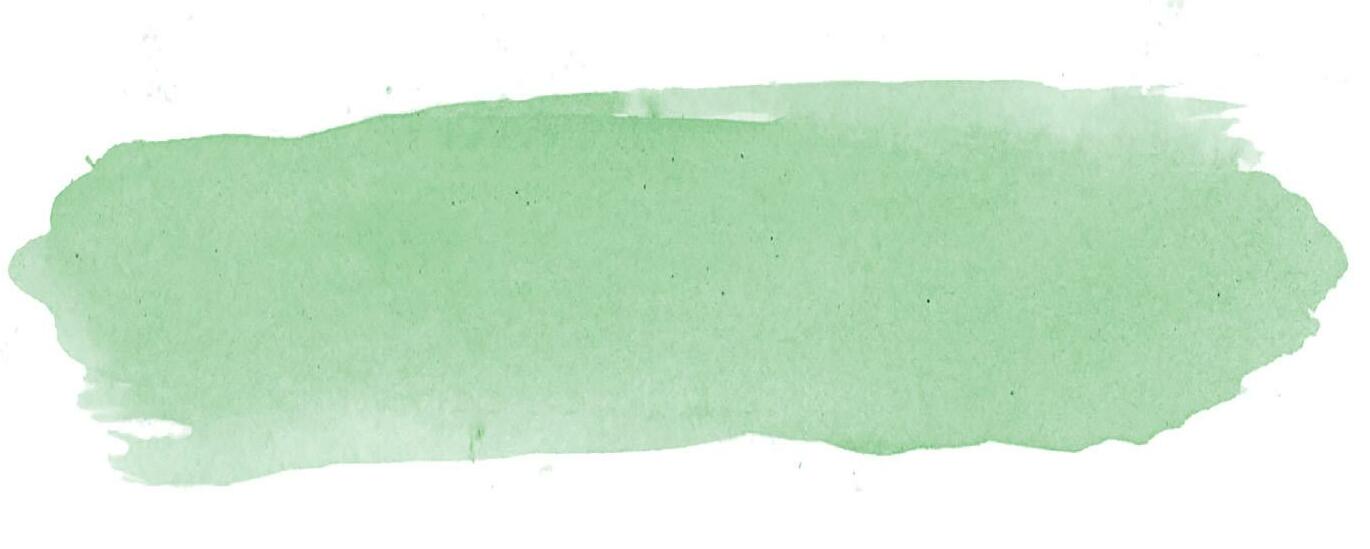
Not sure? You may have color vision deficiency, or colorblindness. And you’re not alone! One in twelve boys and men is colorblind. Girls and women can be colorblind, too, but it’s much rarer—only one in two hundred girls or women is colorblind.
People with colorblindness struggle to distinguish between green and red or between yellow and blue. Very rarely, they may not be able to see any colors at all—only whites, blacks, and grays.
If others in your family are colorblind, you’re much more likely to be colorblind, too. You may have only two types of cone cells rather than three in your eye. Or your brain may interpret signals from cone cells differently.
Some people—almost always women and girls—have four kinds of cone receptors instead of three. These people are called tetrachromats. They can see one hundred times more variation in colors than people with three kinds of cone receptors. Amazingly, they often don’t even realize that their color vision is different. They may assume others just have terrible taste in colors while those of us with fewer cone receptors genuinely can’t perceive how those two colors clash.
This is an advance, uncorrected proof. Not for resale, duplication, or reposting. Please do not quote without comparison to the finished book.
A tetrachromat’s world is filled with more color than the rest of us will ever be able to see!
In medieval and Renaissance times, unripe berries of the buckthorn bush were crushed and mixed with alum to make a color called sap green. Manuscript illuminators used sap green to add color to their pages. But over time, sap green fades to brown, so only books that have seldom been opened still show the delicate green that comes from buckthorn berries.
COLORFUL CHARACTERS:
JUANA GUTIÉRREZ CONTRERAS
Juana Gutiérrez Contreras grew up in Oaxaca, Mexico, among weavers. They sold rugs colored with artificial dye to tourists. One horrible day when she was a girl, she saw artificial dye splash onto a friend, leaving him with a painful chemical burn.
As an adult, Gutiérrez joined the family rug-making business. But she and her family rejected harsh and dangerous artificial dyes. Instead, they went back to their ancestral Zapotec traditions, gathering natural materials and making dyes themselves.
Today she makes two hundred different colors from materials like sapote fruit, pomegranate, lemons, tree moss, and cochineal beetles that feed on cactus. She grows some dyestuff in her garden, collects some in nearby mountains, and gathers some from friends. Brilliant reds are the showiest, but she has also mastered a notoriously difficult dye color: green.
This is an advance, uncorrected proof. Not for resale, duplication, or reposting. Please do not quote without comparison to the finished book.
If you’ve ever gotten a grass stain on your knee you may be surprised that green is a difficult dye. Getting green in the first place isn’t tough. Keeping it is what’s difficult. Green dye tends to be fugitive, fading away with time. That’s true in nature, too: leaves stay green only as long as their tree replenishes the chemical that makes them green. Once cold weather sets in and that renewal process slows, green leaves change color.
Despite the difficulty, Gutiérrez makes several natural greens. Sometimes she uses marush or jarilla leaves. But often she makes green by overdyeing— dyeing fabric one color and then adding another color on top of that. One combination she uses is blue made from añil plants grown in southern Oaxaca and yellow from tarragon grown in neighbors’ gardens.
When her dyeing day is over, she composts the leftover vegetable materials and uses dye liquid to water her garden. Her natural dyes come from the earth, and then return to the earth, nurturing plants and replenishing soil.
This is an advance, uncorrected proof. Not for resale, duplication, or reposting. Please do not quote without comparison to the finished book.
COLORS ACROSS TIME: WHY ARE DOLLARS GREEN?
In the United States, paper money was originally printed in black. Counterfeiters would scrape numbers off the paper money and write in a larger amount. Once photography was invented, they took photos of money and spent the photos.
To foil the counterfeiters, the government switched from black to green ink.

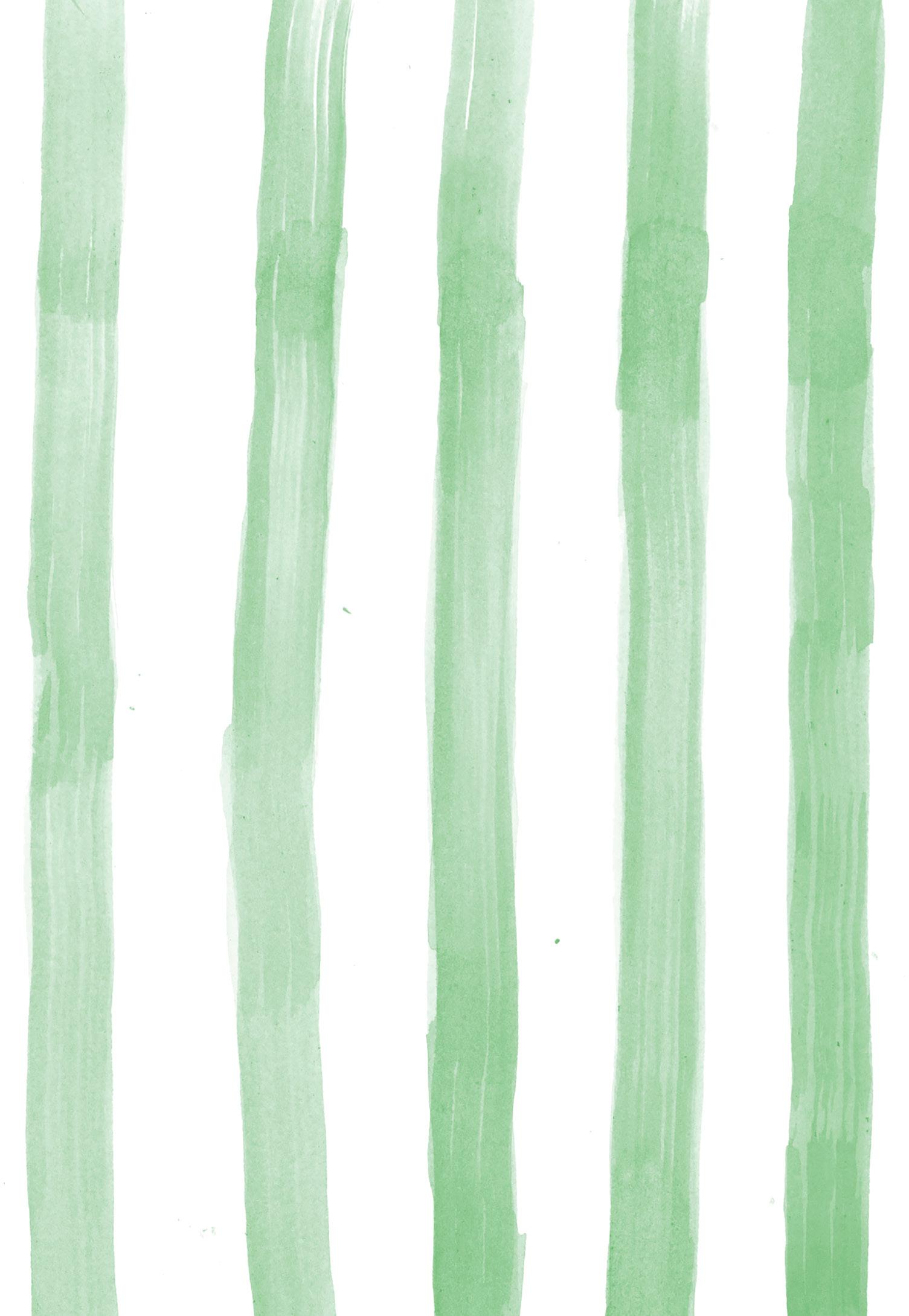
In the 2000s, colored threads and color-shifting ink were added to paper money to keep one step ahead of counterfeiters with fancy copy machines.

GREENS FROM PLANT SOURCES
Iris Green—green dye used in medieval Europe, especially by manuscript illuminators, was made by crushing flowers to obtain juice and mixing it with alum.

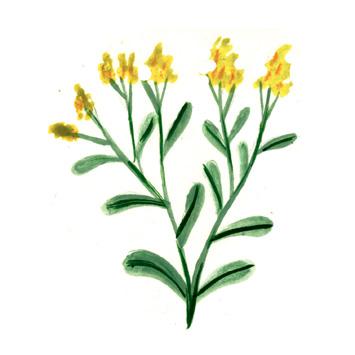

Rabbitbrush—Hopi and Diné people of North America have long used the bark of this shrub to make a green dye.
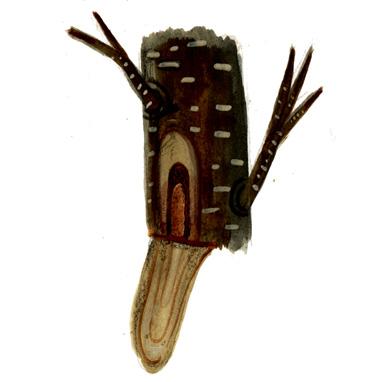
Lo Kao—green dye from buckthorn bark was first developed in China and eventually sold in Europe starting in the 1850s. Fabric was boiled with the bark until it had turned brown. When it was laid out to dry, sunlight changed the color to green.

GREENS FROM MINERAL SOURCES
This is an advance, uncorrected proof. Not for resale, duplication, or reposting. Please do not quote without comparison to the finished book.
Verdigris—this bluish-green pigment has been produced since ancient times by mixing copper and wine, and was used in Persia and throughout the world. For centuries verdigris was the most vivid green available to artists, but it can fade to brown or black over time.
Celadon green—porcelain glaze developed in China and Korea. When a glazed piece is fired, iron in the pottery and glaze changes chemically, creating the distinctive grayishgreen color.
Terre verte or Verona green—subtle green made in Europe from copper-containing soils. The color in the pigment isn’t intense, but it is one of the few sources of naturally occurring green available to painters.
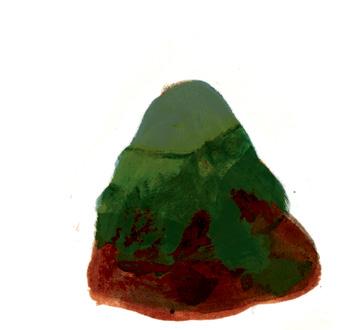
Verde Azzurro—a blue-green pigment ground from the mineral malachite, ancient Egyptians used it in cosmetics and paintings. It was also used widely in Asia from the eighth century and was a popular pigment in medieval Europe.
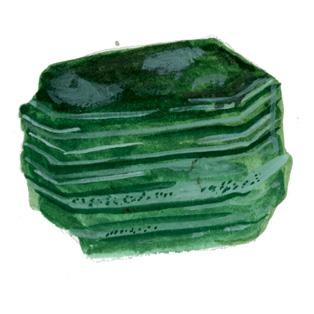

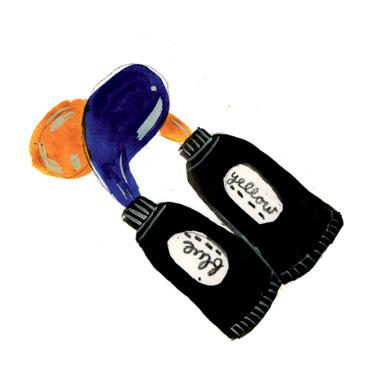
Scheele’s Green—in 1775, Carl Scheele mixed copper sulfate and arsenic to invent this vivid green, which was wildly popular in clothing, wallpaper, and paint. Arsenic is highly toxic, however, and the pigment caused illnesses and even deaths. It was eventually outlawed in the 1960s.
GREENS FROM MIXTURES
This is an advance, uncorrected proof. Not for resale, duplication, or reposting. Please do not quote without comparison to the finished book.
Plant- and mineral-based dyes are usually yellow-green or blue-green, and they often fade with time or in light. As a result, for centuries, the best way to make green was to dye cloth twice—once in yellow dye and once in blue.
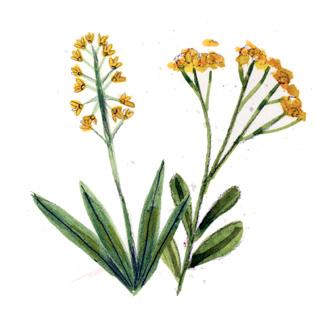
Indigo + Turmeric—traditional source of green dye in Asia.

Weld + Woad—most common green in medieval Europe. This was a moderately expensive color since it required two separate dyeing processes.

Hooker’s Green—mixture of Prussian blue and gamboge. This paint was developed by William Hooker in the nineteenth century to make greens for landscape painting.
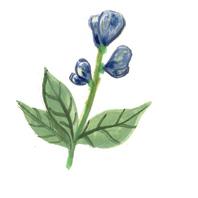
This is an advance, uncorrected proof. Not for resale, duplication, or reposting. Please do not quote without comparison to the finished book.
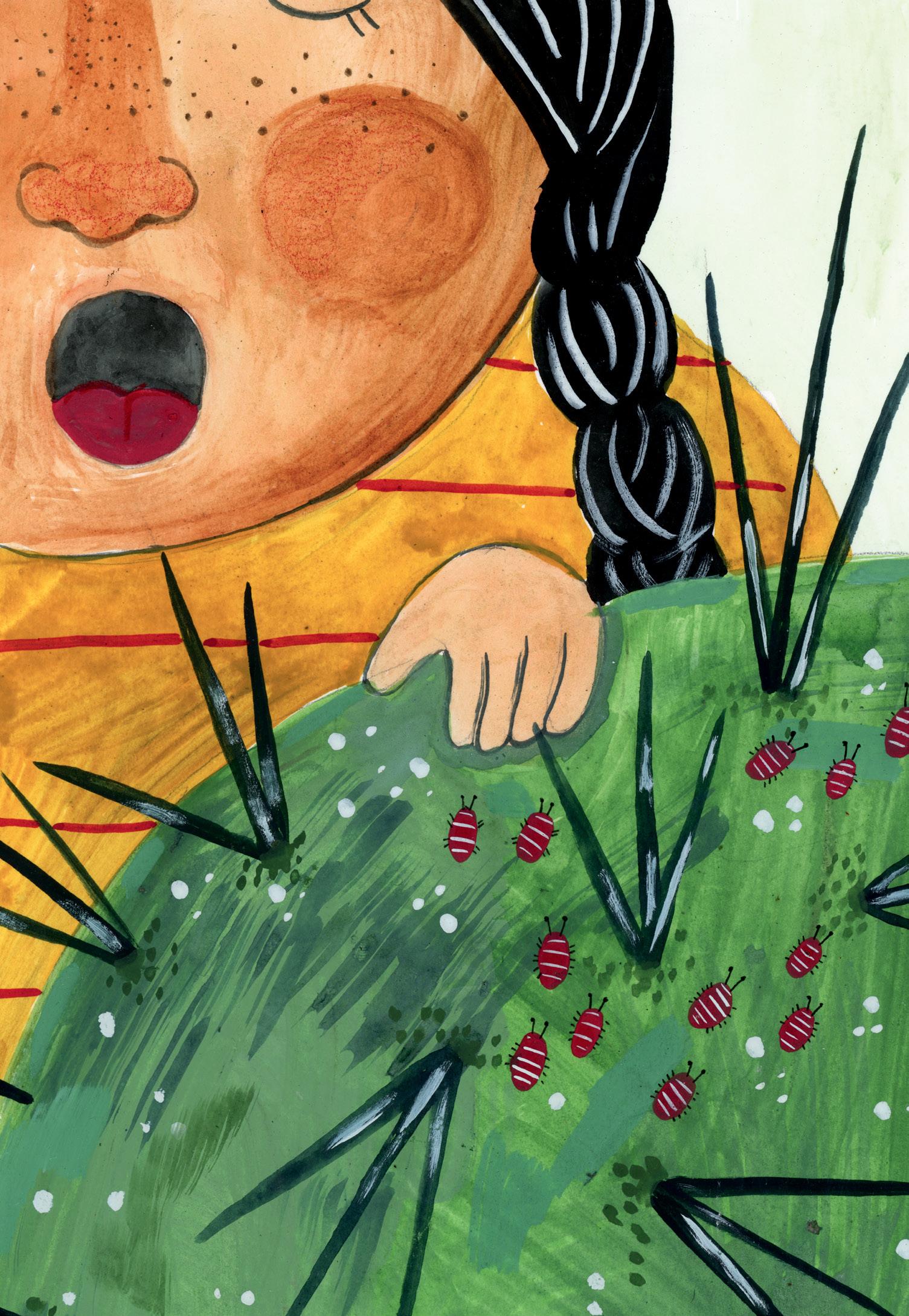
BEFORE COLORS, green cactus pads blister with tiny bugs.
Someone scrapes the bugs into boiling water.
This is an advance, uncorrected proof. Not for resale, duplication, or reposting. Please do not quote without comparison to the finished book.
She is making . . .
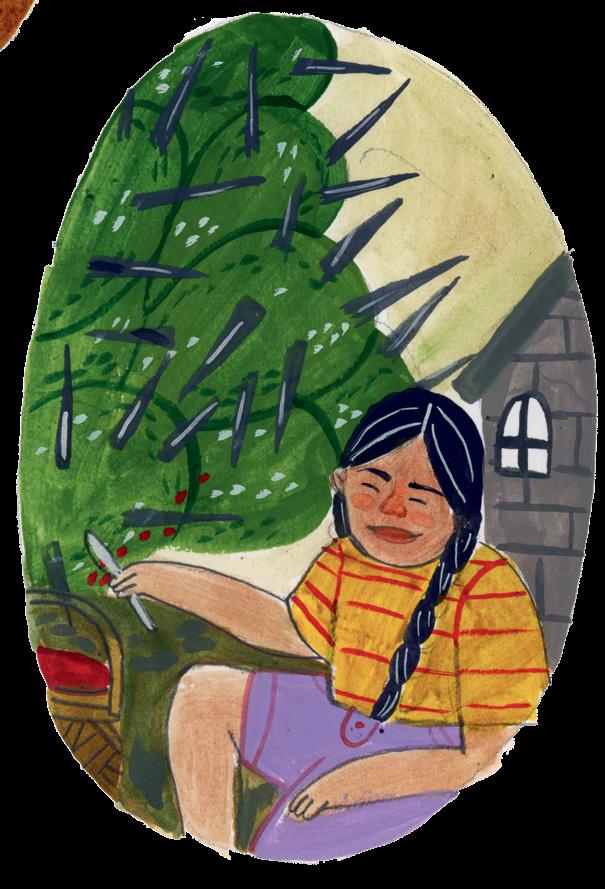
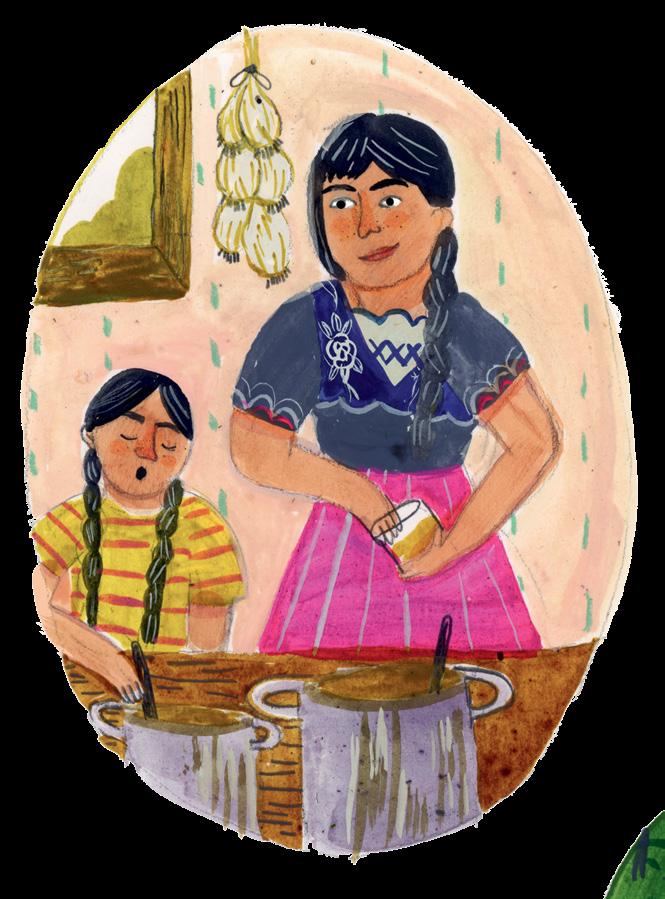
This is an advance, uncorrected proof. Not for resale, duplication, or reposting. Please do not quote without comparison to the finished book.
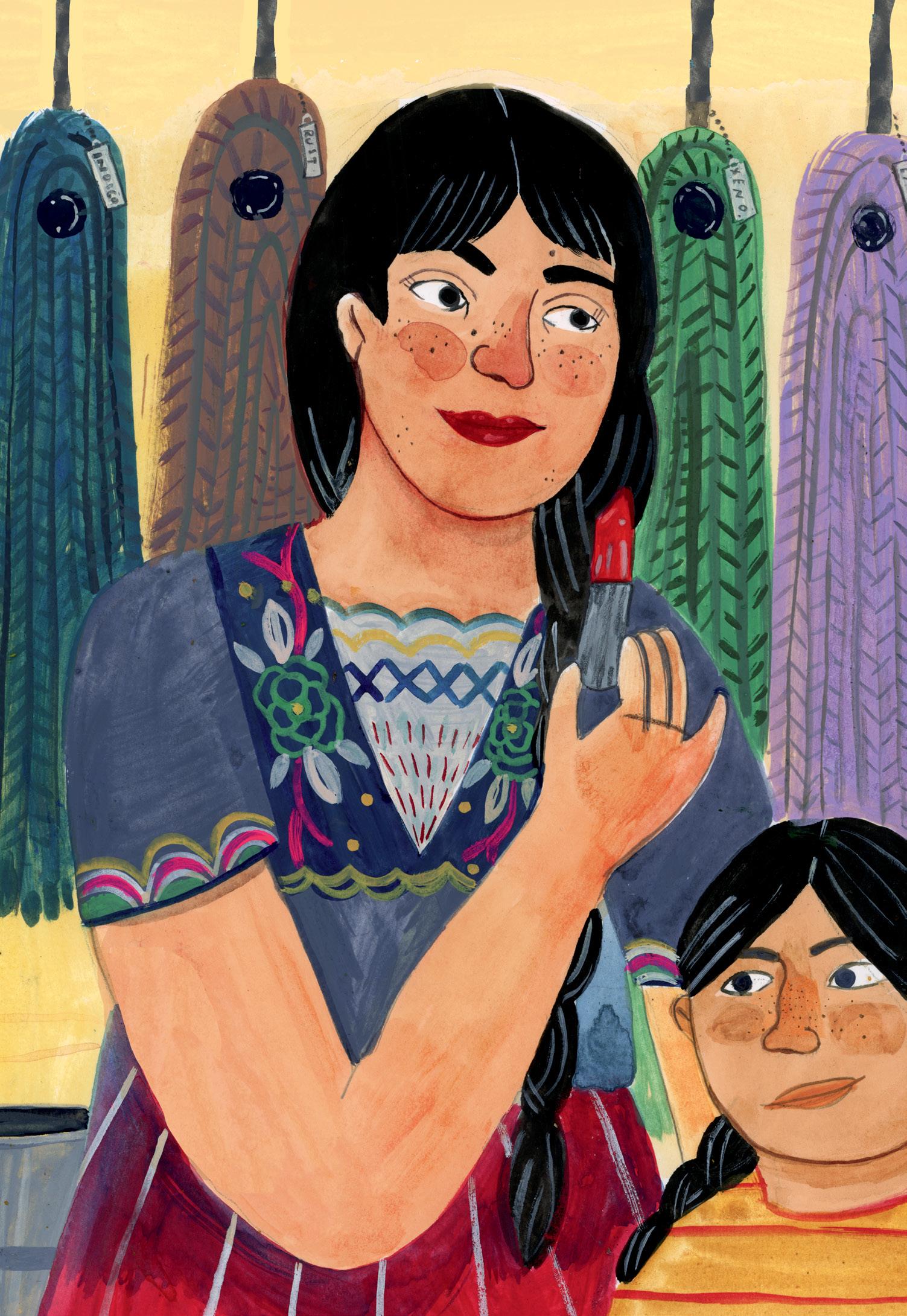
. . . RED.
HOW DO WE TALK ABOUT COLOR?
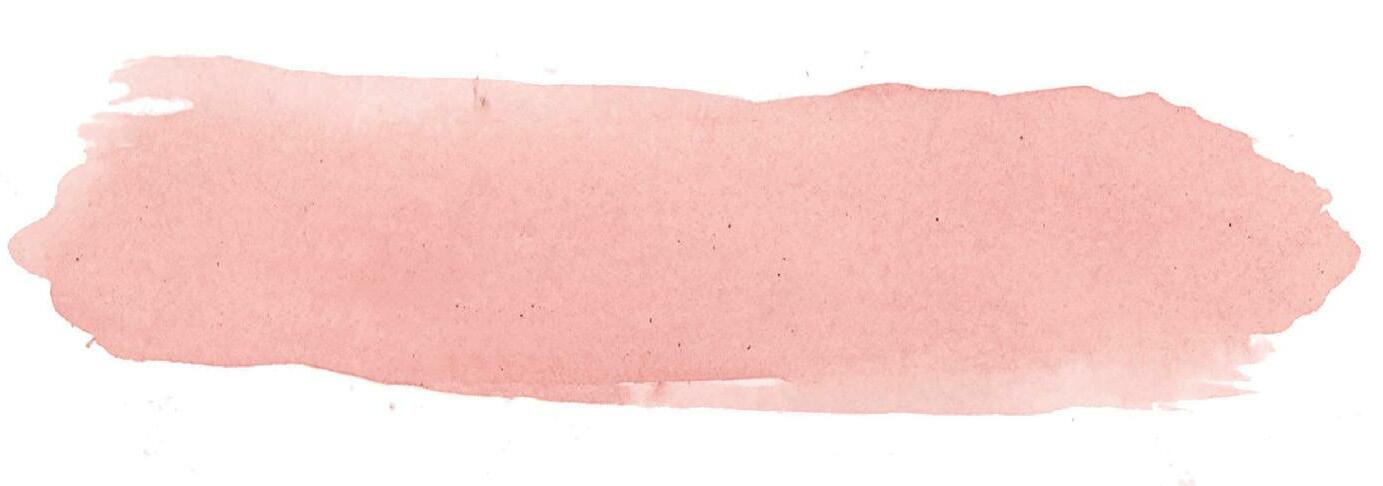
No matter our language, we humans see the same range of colors. So while the sounds of the word change from language to language, red is always red. Right?
Not exactly!
Our descriptions of color come from culture, not biology. For example, in English we talk about red, but we also have a completely separate word for light red: “pink.” You probably don’t often confuse the two!
Yet we don’t draw the same dividing line when it comes to blue. In English we talk about navy blue and royal blue and light blue, but we think of them all as shades of a single color.
Russian does have completely separate words for blue and light blue— “siniy” and “goluboy.” Researchers have found that Russian speakers are also better at seeing differences between blue and light blue than English speakers are. Their language has taught them that they’re different colors, just as English has taught us to see the difference between red and pink.
This is an advance, uncorrected proof. Not for resale, duplication, or reposting. Please do not quote without comparison to the finished book.
So it’s true we see the same colors. But the way we describe them shapes our perception of color.
Thousands of years ago, the Aztec and Maya people were already using cochineal red, produced by the tiny cochineal insects that infest cactus, in both dye and paint. When Europeans first saw the vivid reds of the Americas, they were astounded. Spaniards made a fortune on cochineal; it was for a time as valuable as gold. Today cochineal is still used worldwide in cosmetics and as a food dye (in the United States it’s labeled E120).
COLORFUL CHARACTERS: OWENS CORNING CORPORATION
You can own vivid paintings and gleaming jewels and colorful clothes. But can you actually own a color?
In 1956, the Owens Corning Corporation developed a snazzy new fiberglass insulation for houses. To make their product stand out in stores, they stained the fluff in the insulation with red dye. Company executives weren’t thrilled when the insulation came out pink instead of bright red. They planned to sell the pink batch and try again for red, but soon they got word that builders were asking for “the pink insulation.” They had a hit!
So they filed for a trademark. But not on a brand name or on a logo. They wanted to trademark pink. The courts had to decide: Can a company own a color?
In 1985, the US Court of Appeals for the Federal Circuit said yes. A company can own a color, with some conditions.
First, the color can’t relate to the functionality of what they produce. So an artisan who makes gold jewelry can’t trademark the color gold, because the color is an inherent part of the metal.
This is an advance, uncorrected proof. Not for resale, duplication, or reposting. Please do not quote without comparison to the finished book.
Second, a company can claim that color only in their corner of the market. So Owens Corning got the trademark on pink for insulation—no other company is allowed to make pink insulation—but toy companies can still use pink on their products.
Today many companies trademark colors. A national hardware store owns orange, a shipping company owns brown, a soft drink company owns red.
Color is not only beautiful. It’s also valuable to business.
RED IS FOR ACID
Some liquids are neutral, like water. Some are acids, like vinegar. Some are bases, like bleach. How can you tell the difference?
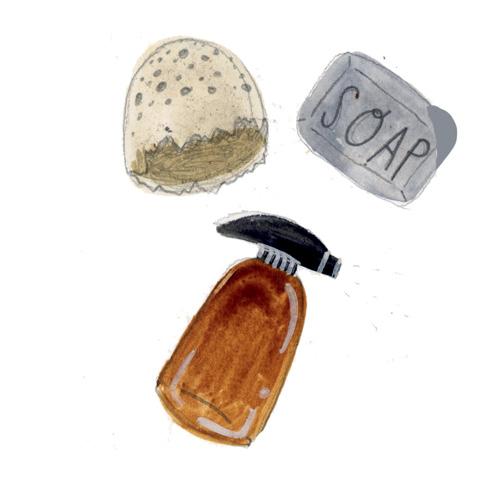

By color!
Chemists analyze mystery liquids with litmus test strips. The test turns red for an acid, blue for a base.
Make your own litmus test. Boil red cabbage in water (get a grown-up’s help!). When the water is deeply colored, divide it among several different glasses. Drop one of the following into each glass and see what happens:
Common
This is an advance, uncorrected proof. Not for resale, duplication, or reposting. Please do not quote without comparison to the finished book.
Common Acids Lemon juice Vinegar Orange juice
Bases Baking powder Toothpaste
Window cleaning spray Egg whites
REDS FROM ANIMAL SOURCES
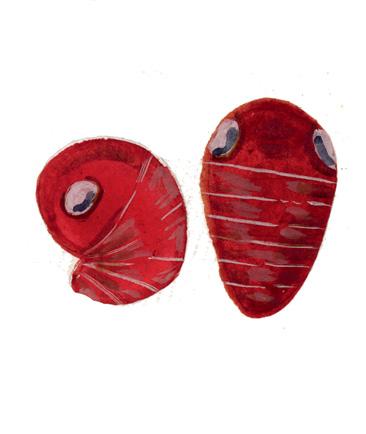
Kermes—deep red dye from crushed kermes insects, which infest oak trees. Kermes was used in ancient Egypt, Greece, and Rome and was still being made until the nineteenth century. Very expensive to produce, the dye was a sign of prestige. It is the origin of the word “crimson.”
Lac—this deep red comes from a secretion of bugs that infest banyan trees in southeast Asia. Lac has been an important dye since ancient times. Today it is known as food coloring E904.
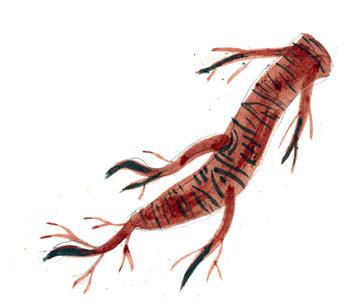
REDS FROM PLANT SOURCES
Amaranth—blossoms of the amaranth plant were used as a red food coloring by the Hopi people of North America. It was used as a food and cosmetics coloring in the United States until 1976 and is still widely used in Europe.
This is an advance, uncorrected proof. Not for resale, duplication, or reposting. Please do not quote without comparison to the finished book.
Madder—red dye and pigment come from the roots of the madder shrub, which is probably native to the Middle East but has been cultivated across Europe and Asia for thousands of years. It was widely used until the twentieth century, when synthetic colors largely replaced it.
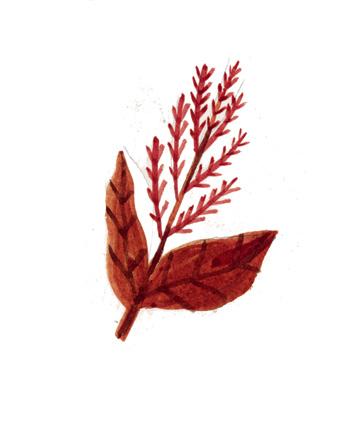
Safflower red—a light red comes from safflower petals mixed with an alkaline. It was used in ancient Persia, China, and Egypt and was the source of red in the “red tape” once tied around legal documents in England.

Sandalwood—the wood of this tree, which is native to India, is used throughout the world as a natural red food coloring.


Tickseed or coreopsis—the whole plant is a traditional red dye of the Apache, Cherokee, and Zuni people in North America. It is a common garden flower in North America.
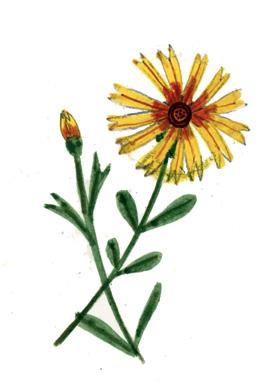
‘Akala —the name of the Hawaiian raspberry and the Hawaiian word for pink. When the ripe berries are crushed, they produce a rosy dye that was once used by Hawaiian royalty before missionaries and colonizers came to the islands in the nineteenth century.
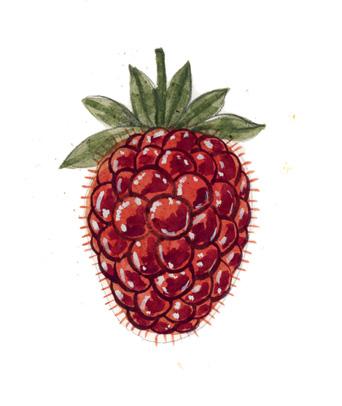

Brazilwood—large tree native to South America; its wood produces a brilliant red dye. The nation of Brazil got its name from all the dyewood European colonizers cut down there.
Dragon’s Blood—red sap from the Dracaena tree, which grows in places like Indonesia and the Canary Islands. It made poor paint but was used to tint varnish. Violinmakers, including Antonio Stradivari, used it on violins.

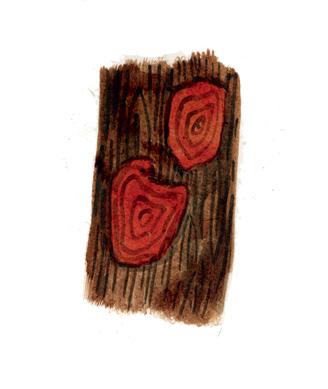
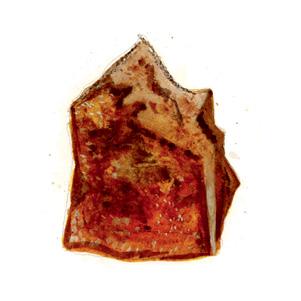
REDS FROM MINERAL SOURCES
This is an advance, uncorrected proof. Not for resale, duplication, or reposting. Please do not quote without comparison to the finished book.
Hematite—this natural iron oxide occurs across the planet. Painters used it in caves as early as 12,000 BCE. Mesoamericans used it to paint buildings and color pottery. Europeans used it in ink through medieval times.
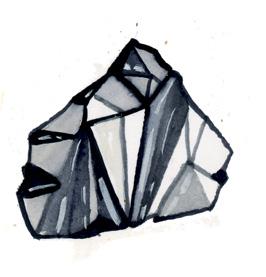
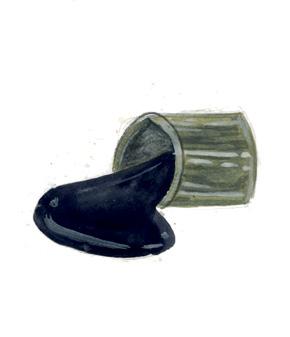
Vermillion—bright orange-red pigment from crushed cinnabar, a naturally occurring mercury sulfide found near volcanic vents or hot springs. It was produced anciently in China and was widely used in paint until the early twentieth century. Mercury is toxic, so it is seldom used today.
Alizarin Crimson—alizarin is the chemical in the madder plant that makes red. In the nineteenth century, chemists made alizarin in the laboratory from coal tar instead of extracting it from a plant, the first time a natural dye had been artificially recreated. This innovation helped create the modern chemical industry.
This is an advance, uncorrected proof. Not for resale, duplication, or reposting. Please do not quote without comparison to the finished book.

BEFORE
COLORS,
red crystals form underground.


Someone tunnels deep, digs them out, and heats them.
This is an advance, uncorrected proof. Not for resale, duplication, or reposting. Please do not quote without comparison to the finished book.
He is making . . .
This is an advance, uncorrected proof. Not for resale, duplication, or reposting. Please do not quote without comparison to the finished book.
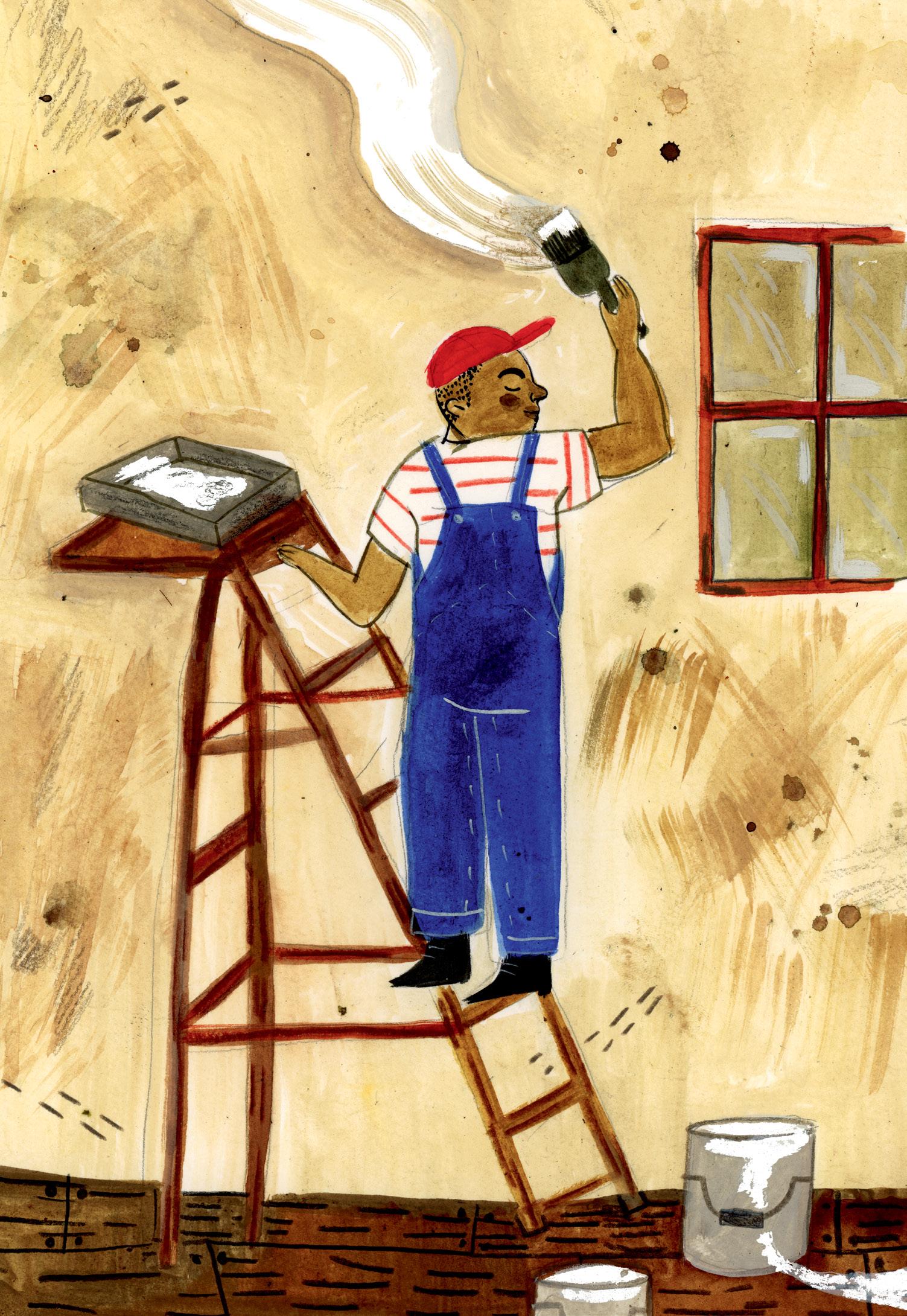
. . . WHITE.
HOW DO YOU MAKE WHITE?
You can’t make white by mixing pigments. But it’s easy to do by mixing light.

Have you ever tried mixing all your paint colors together? Put blue with yellow and purple and orange, and what do you get?
Mud. But why?
If you brush blue onto your page, the paint absorbs everything except the blue wavelengths.
If you add yellow and purple and orange on top of the blue, the paints absorb yellow, purple, and orange wavelengths as well as blue. Very few wavelengths bounce back to your eye, so you see only brownish-black, instead of vivid color.
On the other hand, if you look at colored light, the wavelengths of color come directly into your eye. The light isn’t bouncing off a surface that absorbs wavelengths.
This is an advance, uncorrected proof. Not for resale, duplication, or reposting. Please do not quote without comparison to the finished book.
If you start with red light, red-detecting cone cells in your eye fire up. Add a green light, and the green-detecting cones will be added to the red ones that are already activated. Eventually, if you mix in enough colors of light, all your cone cells will fire up. Your brain perceives the added-up combination of wavelengths as the color white.
So, mixing all the colors gives you black . . . if you’re mixing pigments.
But if you’re mixing colored light, all the colors add up to white.
Zinc white, or zinc oxide, was produced anciently using an elaborate chemical process. In Europe, it was known as “philosopher’s wool” since it was a byproduct of alchemy. Then, the story goes, sometime during the Industrial Revolution, someone stashed zinc ore and coal next to a furnace. A brilliant white cloud floated up. A simpler method of manufacturing zinc white had just been discovered. You may have used zinc white in sunscreen, and it is still used in paint.
COLORFUL CHARACTERS: VINZENZ AND ULRIKE BRINKMA NN
Art museums are filled with color. Except in the sculpture hall where classical marble sculptures stand. All white.
Vinzenz Brinkmann and Ulrike Koch-Brinkmann study those white marble sculptures. But what fascinates them is that the sculptures were never intended to be white.
Since the eighteenth century, researchers have known that ancient Greeks and Romans painted their sculpture. Over time, the paint faded, wore away, and flaked off. Eventually people became so used to seeing bare white sculptures that new finds from the ancient world would be carefully scrubbed before being displayed.
But we misunderstand the ancient world if we think those sculptures were meant to be white. The Brinkmanns use modern scientific techniques to restore polychromy, or many colors, to ancient sculpture. UV lights and infrared luminescence photography help them find the tiny fragments of color that remain on the marble. They analyze these microscopic specks of pigment to figure out what chemicals they are made of. They can then match those chemical signatures to the chemical signatures of paints that they know were used anciently. That tells them what color was originally painted on the sculpture.
This is an advance, uncorrected proof. Not for resale, duplication, or reposting. Please do not quote without comparison to the finished book.
Sometimes artisans lightly scored the surface of the stone to mark the pattern they intended to paint, like lines in a coloring book. The Brinkmanns’ scientific techniques help them find those marks on the marble, too.
The Brinkmanns use 3-D printers to make plaster replicas of ancient sculptures. Then Ulrike paints the replicas. She relies on sources like the Roman author Pliny the Elder’s Natural History to find the same pigments ancient Romans and Greeks would have used. Just like they did, she mixes the pigments with binders such as egg or oil. And then she re-creates the colors and patterns that the original artists intended.
The results are vivid, bright, and colorful. And anything but white.
This is an advance, uncorrected proof. Not for resale, duplication, or reposting. Please do not quote without comparison to the finished book.
COLORS ACROSS TIME: LEAD POISONING
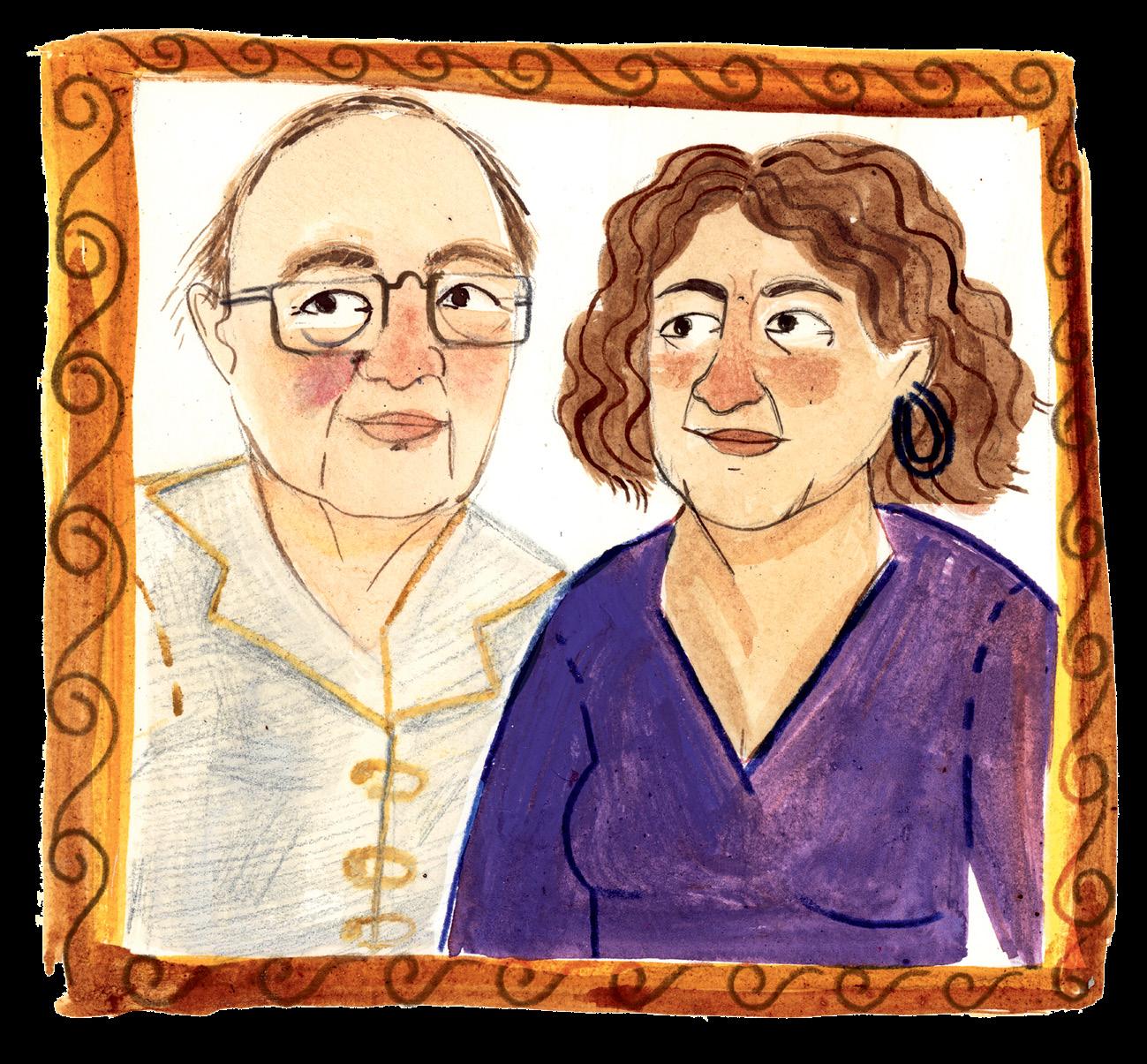
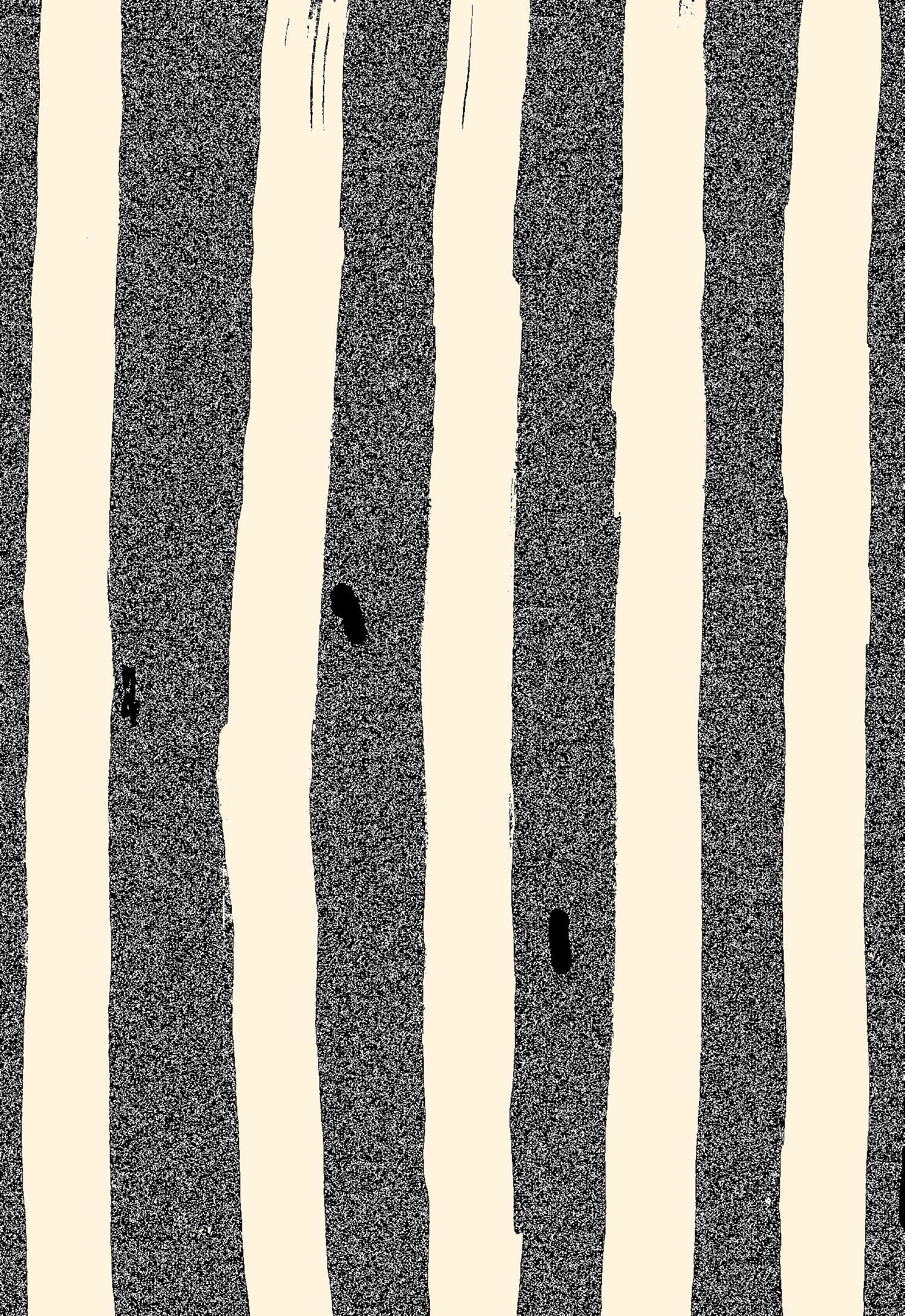
Lead white has been made for thousands of years. Cover lead with dung and vinegar for thirty days and you get a stunning true white.
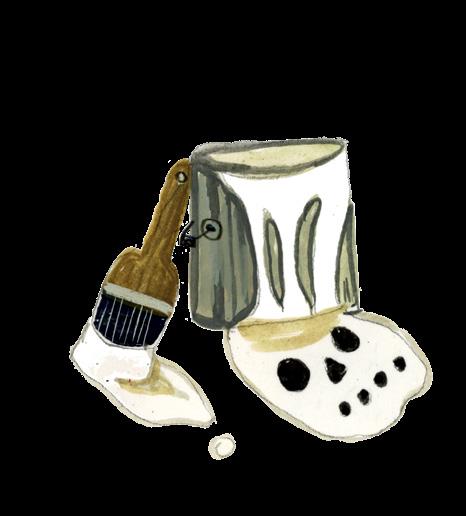
But it has one problem: Lead is toxic to humans.
At first, people probably didn’t realize their paint was dangerous. But by the 1700s, they knew. Even so, the United States didn’t ban lead house paint until the 1970s.
Today lead paint poisoning still occurs from old flaking house paint.
WHITES FROM ANIMAL SOURCES
Bone White—grayed white made from crushed and burned bones. This pigment has been used since the Iron Age. Medieval painters prepared wood panels for painting by brushing them with bone white. Today it’s still used to make bone china and to cast metal.

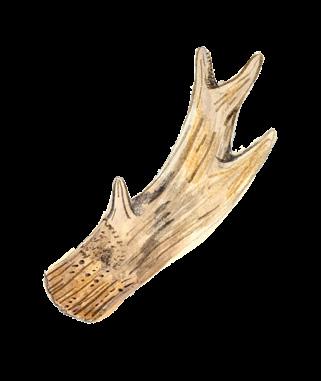
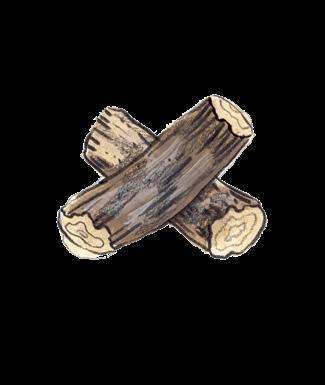
Hartshorn White—prepared in the same way as bone white, this pigment was made from the antlers of deer.
Shell White—made from crushed eggshells, seashells, or pearls, artists in Asia and Europe used this pigment. Paints made from crushed eggshells are still sometimes used today.
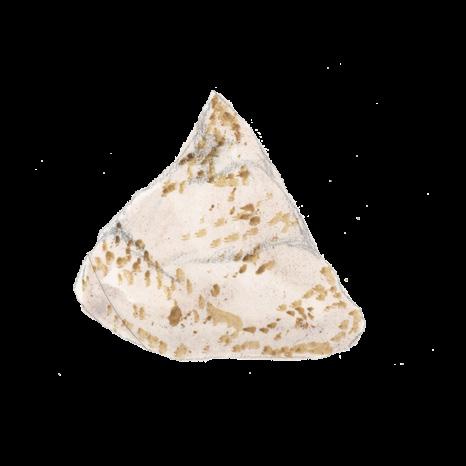
This is an advance, uncorrected proof. Not for resale, duplication, or reposting. Please do not quote without comparison to the finished book.
WHITE FROM A PLANT SOURCE
Rice White—twentieth-century Indonesian painters brushed rice starch on canvases as a white base for their paintings. It was sometimes used as a white pigment, too.
WHITES FROM MINERAL SOURCES

Chalk White—fossilized sea creatures make up the mineral chalk. This pigment was used anciently and later was the main element of gesso, the primer Renaissance painters used to prepare canvases. It’s the source of white in whitewash and used to be the main ingredient of blackboard chalk.
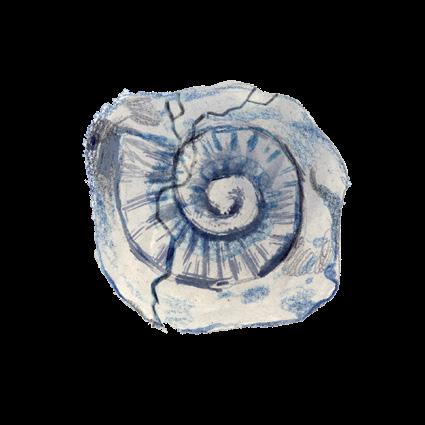
Titanium White—this bright white pigment comes from the black mineral titanium. Potters used it as a ceramic glaze in the nineteenth century. It was developed as a stable, nontoxic pigment in the 1920s and became the standard replacement for lead white in the 1970s. Today it is used in ink, food, cosmetics, toothpaste, ceramics, and paint.
WHITES FROM CHEMICAL CHANGES
This is an advance, uncorrected proof. Not for resale, duplication, or reposting. Please do not quote without comparison to the finished book.
Pigments and dyes add color. But white can also be made by chemically breaking bonds.
Molecules that we see as color are called chromophores. They tend to have highly active electrons. Bleach strips away, or oxidizes, those electrons. As the structure of the molecule changes, the color fades or disappears. Adding bleach to the laundry may seem to be adding white, but it’s actually just taking away the other colors that were layered on top of the white.
The laundry room isn’t the only place where bleaching happens. The sun bleaches out color, too. Its ultraviolet rays react with chromophores, breaking down chemical bonds and making color fade away.
This is an advance, uncorrected proof. Not for resale, duplication, or reposting. Please do not quote without comparison to the finished book.

BEFORE COLORS, white chalk gleams from the cliff.
Someone chips it out, mixes it with sand and copper, and carefully heats it.

This is an advance, uncorrected proof. Not for resale, duplication, or reposting. Please do not quote without comparison to the finished book.
He is making . . .

This is an advance, uncorrected proof. Not for resale, duplication, or reposting. Please do not quote without comparison to the finished book.
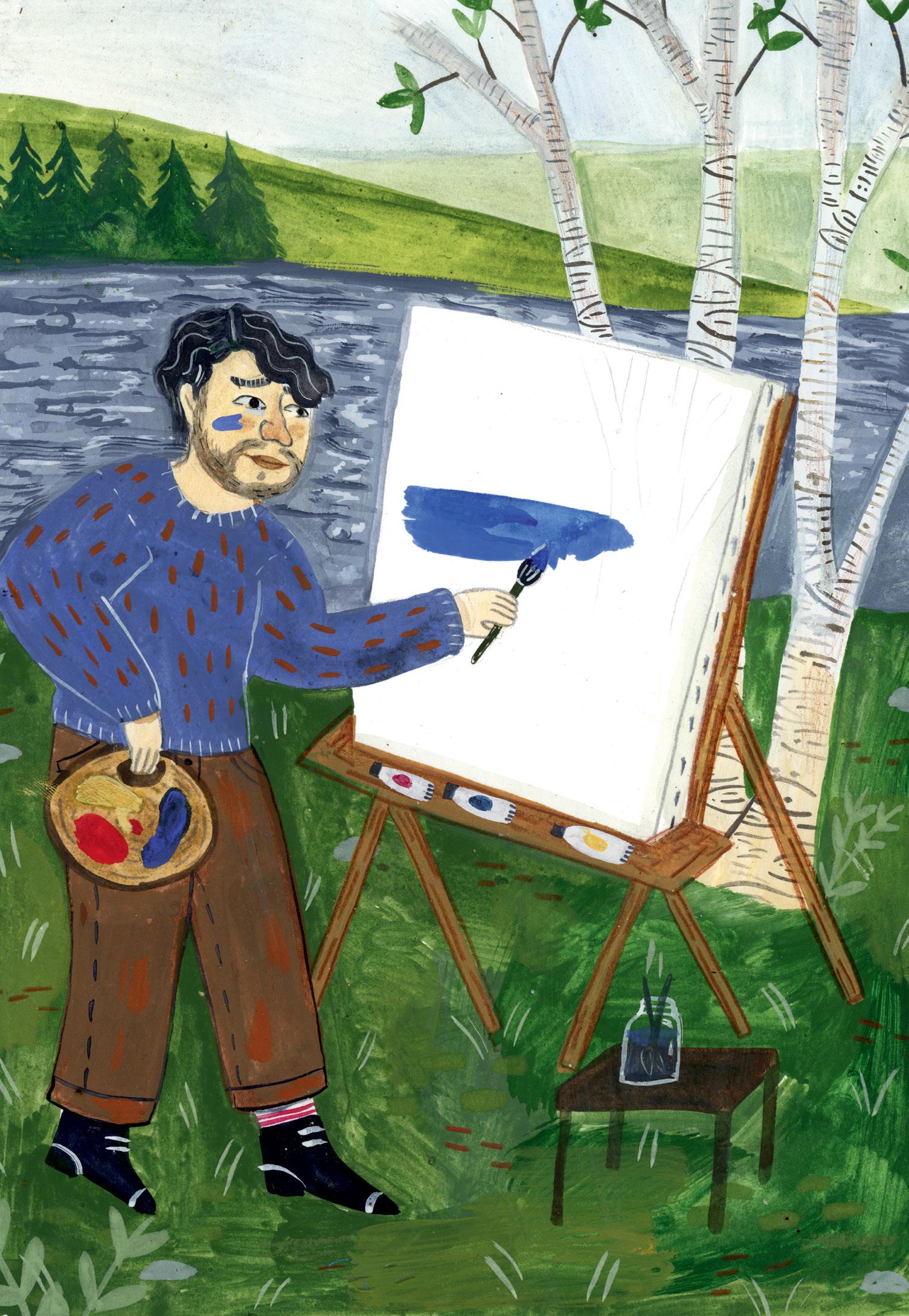
. . . BLUE.
HOW DOES PAINT WORK?
You’re surrounded by paint. It’s on walls, ceilings, furniture, trucks, cars, bicycles, appliances, and toys. Even the ink that forms the words you’re reading is a kind of paint. Ancient people used paint, too.
But what is it?
Paint is a thin film of color that is applied to something. It doesn’t soak into the surface or chemically change the surface. Instead, it sits atop it.
Paint is made up of three ingredients. First, paint contains pigment—the substance that gives it color.

Second, paint contains a binder, something that will hold the tiny particles of pigment together and that will make sure those little pigments of particle stick to things they’re brushed on.
Finally, paint contains a liquid so you can apply the pigment and binder to a surface—it’s the reason you can brush paint! But liquid is a short-term ingredient for paint. It remains for only as long as it takes to apply the paint. Then, the liquid evaporates—the paint dries—leaving behind the pigment and binder. Together, they make a sturdy film of color that brightens up our world.
This is an advance, uncorrected proof. Not for resale, duplication, or reposting. Please do not quote without comparison to the finished book.
As early as 5000 BCE, artisans in Egypt chemically produced a vivid color that we call Egyptian blue. Ancient Greeks and Romans used Egyptian blue to color ceramics and as a pigment in paint. The process to make it, though, was very complicated. The secret of making it was lost after the fall of Rome. In the 1880s, scientists figured out Egyptian blue’s chemical composition and managed to re-create the process.

COLORFUL CHARACTERS: MAS SUBRAMANIAN
How were ancient dyes and pigments discovered? That’s mostly a mystery. But we do know how dyes and pigments have been discovered more recently.
For example, in 1856, a London chemistry student, William Henry Perkin, was searching for a medicine to treat malaria. When he tested chemicals made from coal tar, a byproduct of coal mining, in his home laboratory, one experiment left him with a bright purple powder. It wasn’t a medicine. But it was a synthetic dye that changed the textile industry.
Until recently, almost all commercial dye has come from coal tar using Perkin’s process. But in 2009 in Oregon, Professor Mas Subramanian’s lab found new materials for making color.
Subramanian and his student Andrew Smith were searching for new materials for the computer industry. Smith ground yttrium, indium, and manganese into a gray powder and then heated them up to more than 2000 degrees Fahrenheit. When he pulled the powder from the furnace, he discovered the gray had turned brilliant blue. Subramanian realized it wasn’t an electronics breakthrough, but that they had discovered something else valuable . . . a new blue pigment.
This is an advance, uncorrected proof. Not for resale, duplication, or reposting. Please do not quote without comparison to the finished book.
Good blue pigments are scarce. Most are either toxic or tend to fade. YInMn blue—named for the chemicals that comprise it—solves those problems. It’s still very expensive—indium is a rare earth mineral—but already you can buy a YInMn paint (known as Oregon Blue). The pigment is highly reflective, so roof tile manufacturers are looking for ways to use it in roofing to keep houses from getting too hot. Even crayons got into the act. Crayola issued a new crayon color, Bluetiful, based on YInMn blue.
Sometimes happy accidents in the lab open new paths to color.
This is an advance, uncorrected proof. Not for resale, duplication, or reposting. Please do not quote without comparison to the finished book.
COLORS ACROSS TIME: PRUSSIAN BLUE
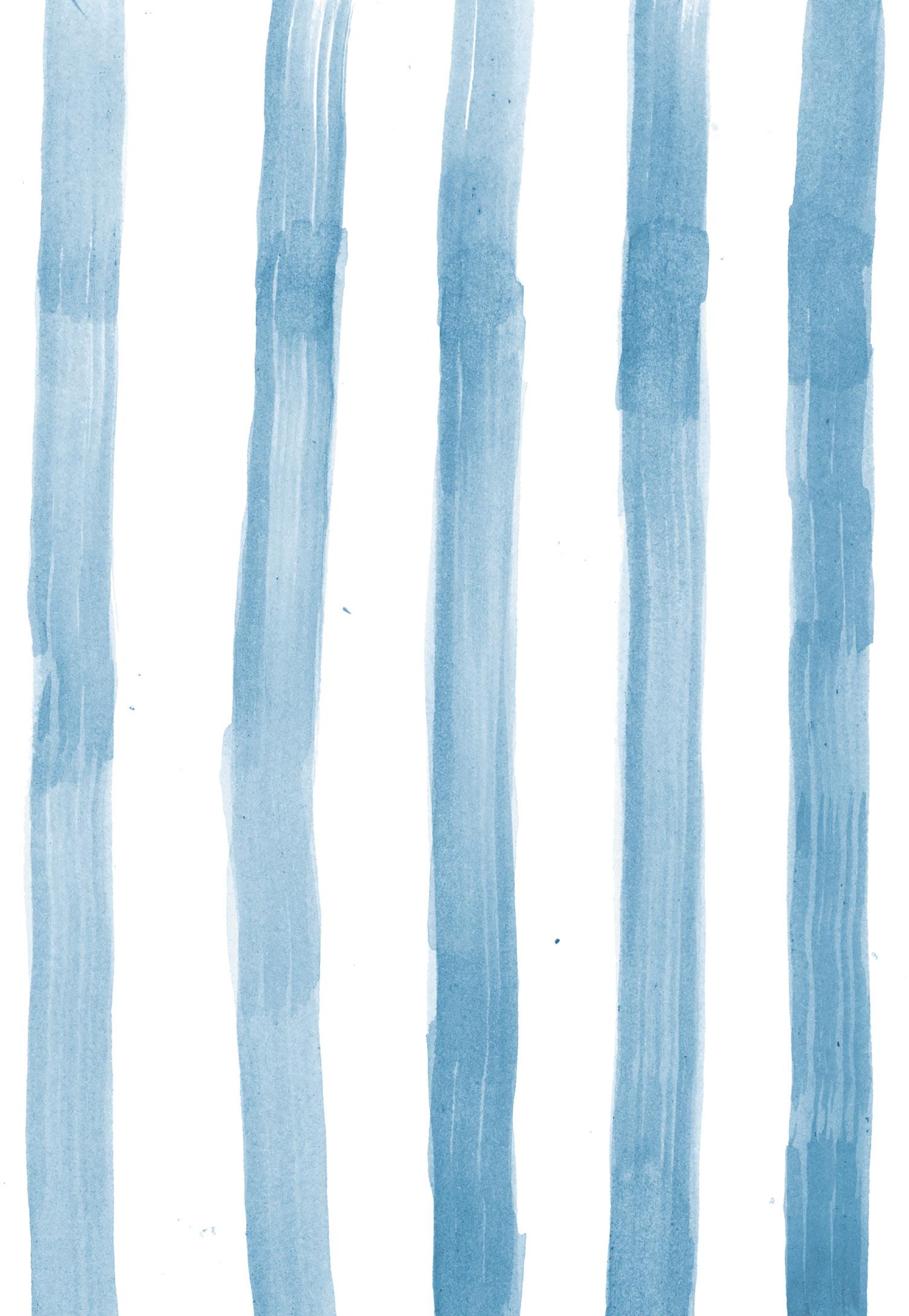
Around 1705, Johann Diesbach was trying to make red. But, so the story goes, a drop of blood found its way into his pot. Suddenly, the red paint turned blue. He had discovered ferro-cyanide—Prussian Blue. Prussian Blue was used to color flags, soldiers’ uniforms, postage stamps, and Japanese woodblock prints. It was the source of blue in blueprints.
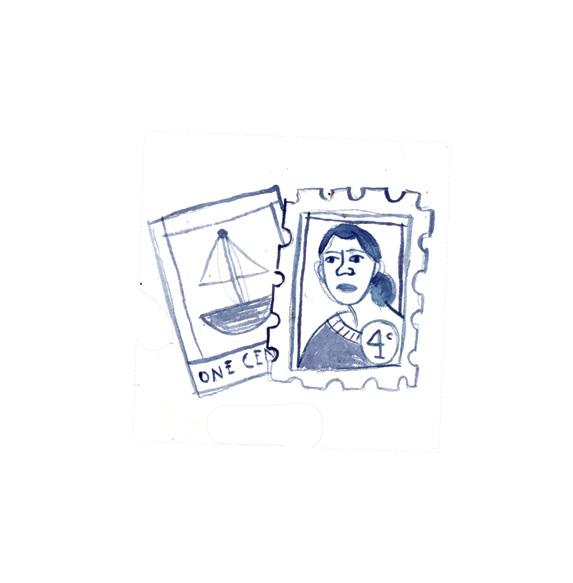
Recently, doctors discovered that Prussian Blue treats radiation exposure. Some possible side effects of taking Prussian Blue as a medicine? Blue teeth, blue tongue, and blue poo.
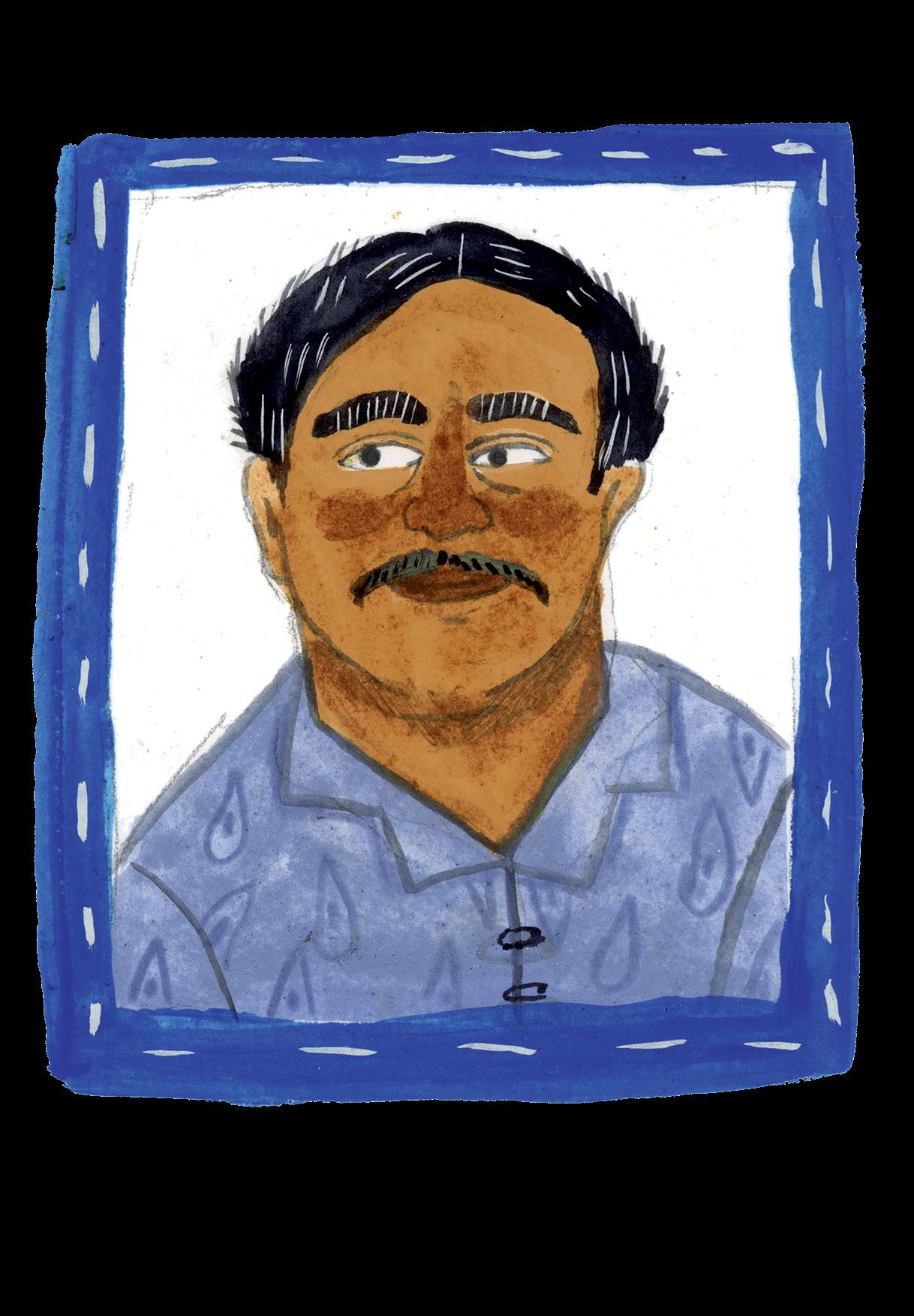
BLUES FROM PLANT SOURCES
Woad—the main blue dye of medieval Europe, woad plant was ground into paste and left to ferment. The plant depletes the soil it grows in, and fermentation produces ammonia, so woad production was a major medieval polluter.
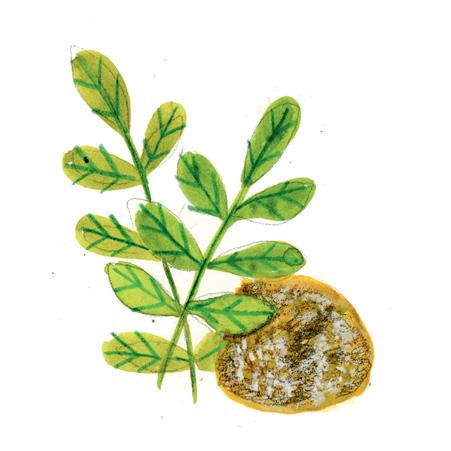
Indigo—one of the most ancient and widely used dyes, the plant is native to the Indian subcontinent. Indigo leaves are soaked in an alkaline bath to create a vivid, deep blue.
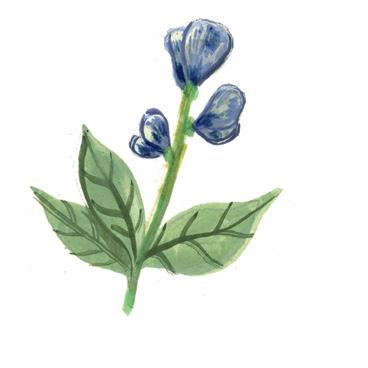
Maya Blue—ancient Mayans in Central America used the añil plant from the indigo family, mixed with a local clay and heated slowly with the resin of the copal tree, to make an astonishingly bright, strong, and stable blue pigment. Today natural dyers still use añil as a blue dye.
This is an advance, uncorrected proof. Not for resale, duplication, or reposting. Please do not quote without comparison to the finished book.
Horsefly weed—in North America, this member of the indigo family provided pale blue dye for the Cherokee and Ojibwa people. Today it has been largely replaced by indigo plants from other parts of the world that provide a deeper blue.
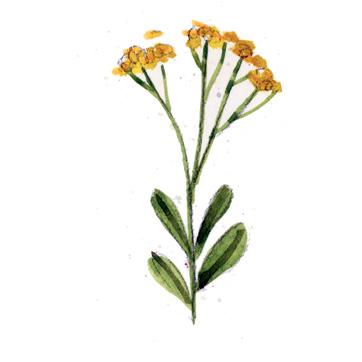
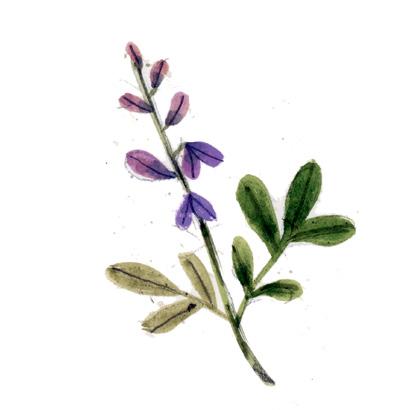
‘Uki‘uki—Before the nineteenth century, native Hawaiians used the berry of this plant to dye kapa cloth blue. Today kapa artists are reexploring the use of native berries as dyes.

BLUES FROM MINERAL SOURCES
Blue ocher—vivianite is a naturally occurring stone, often found with fossils or in peat beds. It is sometimes colorless when it is first dug up, but it can change to blue after it has been unearthed. It was widely used in medieval Europe and is still available today.

Ultramarine—lapis lazuli, a brilliant blue semi-precious stone mined in Afghanistan, was ground up and used in paint there from around 900 CE before it spread to India and China. It entered Europe in medieval times, a very expensive and very prized pigment.

Smalt—blue pigment made in Europe as early as the sixteenth century by roasting a mineral containing cobalt and then grinding it up. If it was ground too fine, however, the color grayed, so producers left the paint gritty with coarse cobalt granules.
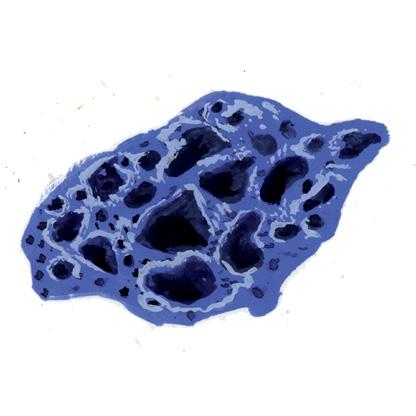
This is an advance, uncorrected proof. Not for resale, duplication, or reposting. Please do not quote without comparison to the finished book.
International Klein Blue—in 1960, French artist Yves Klein patented the process for making the color International Klein Blue or IKB. Part of the process might have been unique, but IKB itself is a kind of ultramarine paint.


This is an advance, uncorrected proof. Not for resale, duplication, or reposting. Please do not quote without comparison to the finished book.

BEFORE COLORS, blue gum trees swelter in the sun.
Someone strips off leaves and boils them.
This is an advance, uncorrected proof. Not for resale, duplication, or reposting. Please do not quote without comparison to the finished book.
She is making . . .


. . . ORANGE.
This is an advance, uncorrected proof. Not for resale, duplication, or reposting. Please do not quote without comparison to the finished book.
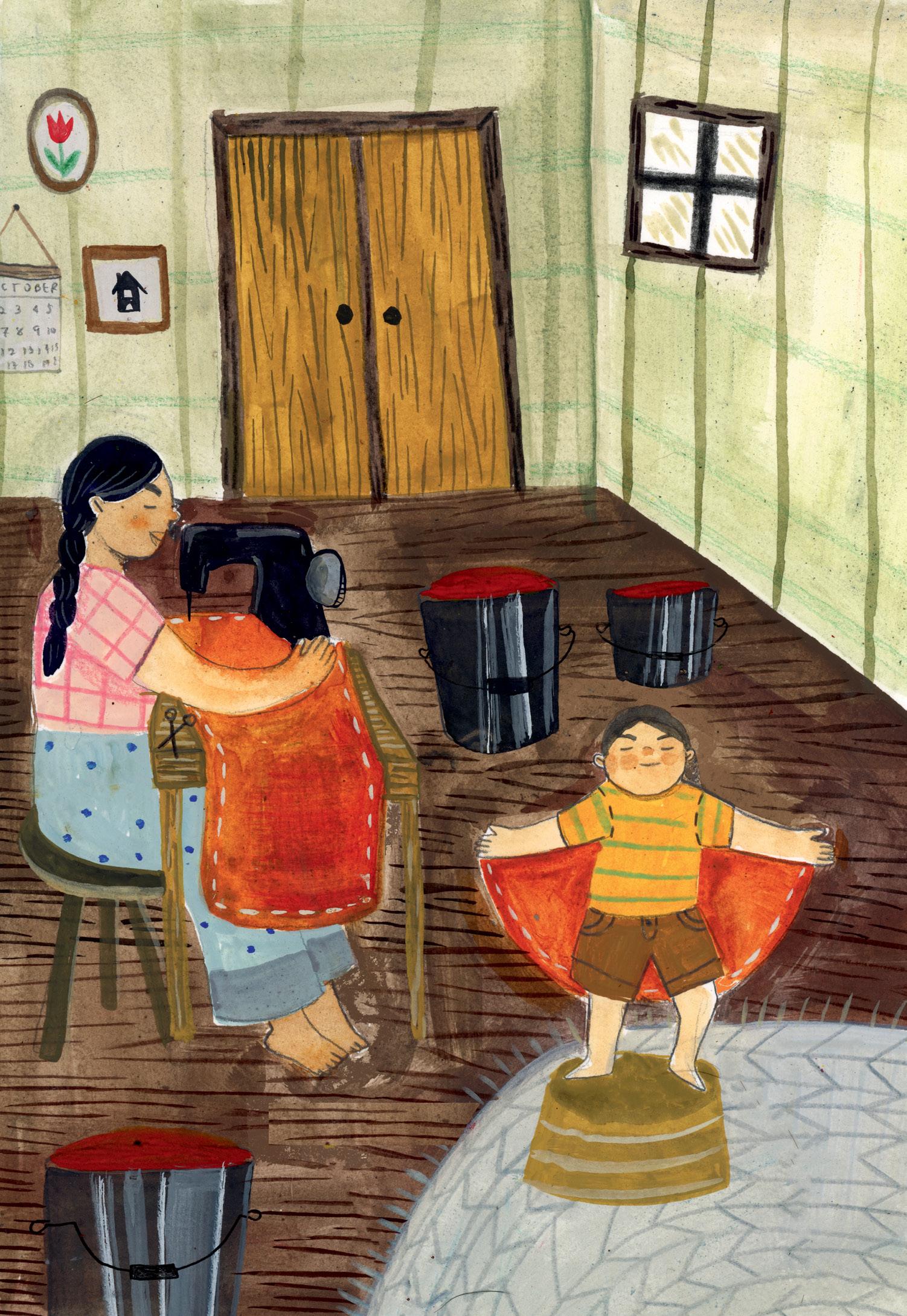
HOW DOES DYE WORK?
Dyes, like paints, add color to objects. But while paint is color that sits atop something, dye is color that becomes part of what it is applied to.
To make dye, a coloring agent is dissolved in water. Fabric is dipped into the colored water and the molecules of color soak deep into the fibers of the fabric. Often, those molecules chemically bond to the molecules of fabric, literally becoming part of the fabric.
Some natural dyes work as soon as they’re dissolved in water. But some require an extra ingredient to become part of the fabric and not just wash out. Those extra ingredients are called mordants, from the Latin word for bite. Mordants help the color bite into the fabric and become part of it.

Sometimes, depending on the mordant you choose, the color of a dye changes. Part of the art of dyeing is knowing how to use mordants to get exactly the color you want.
Fabric and yarns are the most common places where dye adds color. But not the only ones! There is an ancient tradition of dyeing leather. Tattoos are dyes applied to the body, and food coloring is a dye you can eat. This is an advance, uncorrected proof. Not for resale, duplication, or reposting. Please do not quote without comparison to the finished book.
Blue gum, or eucalyptus, trees are native to Australia, but they were widely planted in California in the nineteenth century, where they became an invasive species. Both their leaves and their bark can be used as a fabric dye. Adding different mordants, such as copper, alum, or iron, can change the color of the dye.
COLORFUL CHARACTERS: BOB AND JOE SWITZER
Orange safety cones. Orange construction barrels. How did orange become our go-to safety color?
In 1933, young Bob Switzer injured his head. Doctors told him to recuperate away from bright light. He hunkered down in a dim basement. Without light, he couldn’t read. He couldn’t play cards. Bored, he and his brother Joe started playing around with a black, or ultraviolet, light.
They discovered that mixing certain chemicals into paint made it glow under their black light. Joe was an amateur magician, so they devised a trick where his assistant wore a face mask and dress decorated with their new paint. When they turned off the stage lights and turned on the black light, all the audience could see was her glowing costume. Joe carried the mask to one side of the stage while the assistant danced off to the other side of the stage. It looked to the audience like her head had separated from her body!
This is an advance, uncorrected proof. Not for resale, duplication, or reposting. Please do not quote without comparison to the finished book.
But Joe and Bob wondered if they could make a paint that glowed even in regular light. After experimenting, they finally found the right chemicals. Added to paint, those chemicals create extra-long light waves, waves much too large for our human eyes to see. But those large waves emit tiny quantum particles called photons that we perceive as added brilliance.
Advertisers who wanted their products to stand out on store shelves snatched up the Switzers’ Fire Orange paint. But sales really took off during World War II when the military needed paint that could be seen across long distances.
Today that bright orange paint keeps all of us a little safer.
This is an advance, uncorrected proof. Not for resale, duplication, or reposting. Please do not quote without comparison to the finished book.
leaves, bark, or stems in the dye bath.

Metals such as aluminum, tin, iron, chromium, and copper are effective mordants, too. Some plants provide aluminum, like the heuchera plant used by Blackfoot people. In the past, stale urine or ash soaked in water were commonly used as mordants.

ORANGES FROM PLANT SOURCES
Henna—leaves of the henna plant, grown in Africa, the Middle East, and the Indian subcontinent, are ground into a powder and mixed into a paste to make a burnt-orange stain. Henna has been used for body art for five thousand years. It is also used to dye fabric and leather.
Annatto—the seed of the achiote tree, which grows in Central and South America, yields a reddish-orange color. When used as a fabric dye, it fades in light. Today it is a common natural food coloring.
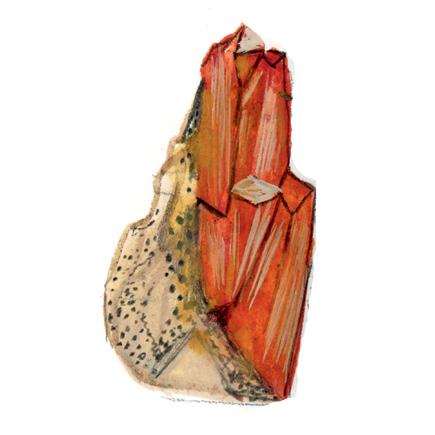
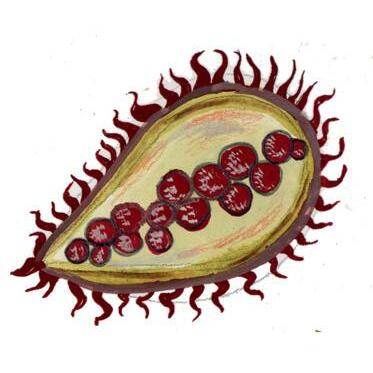
Chica—reddish-orange dye made from the leaves of the Bignonia chica, a flowering vine that grows throughout South and Central America. It is sometimes used as body paint.
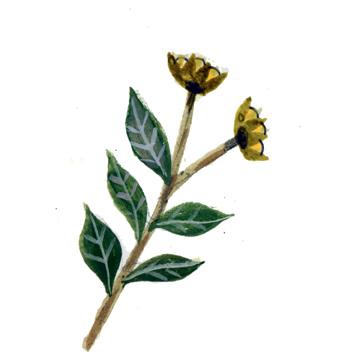

This is an advance, uncorrected proof. Not for resale, duplication, or reposting. Please do not quote without comparison to the finished book.
ORANGES FROM MINERAL SOURCES
Realgar—the mineral arsenic sulfide resembles a ruby but is much softer and is easily ground to make color. It was used as ink, dye, and paint in ancient Egypt, Mesopotamia, and in early Europe, but its use declined in medieval times as people realized its toxicity. Related to orpiment (see Yellows from Mineral Sources).
Minium—reddish-orange from red lead oxide. Artists used it in paintings in India as early as 500 CE, and medieval European manuscript illuminators used it as well. It’s not used today because lead is toxic.




Impatiens—Menominee people near the Great Lakes in North America use the whole plant to make a yellowish-orange dye.
Cadmium Orange—the metal cadmium was discovered while processing zinc oxide in 1817. Soon after, cadmium was being used by paint makers to get colors from yellow to orange to red. It’s prized by artists for its brilliance and reliability. Today cadmium pigment is also used to color plastics.
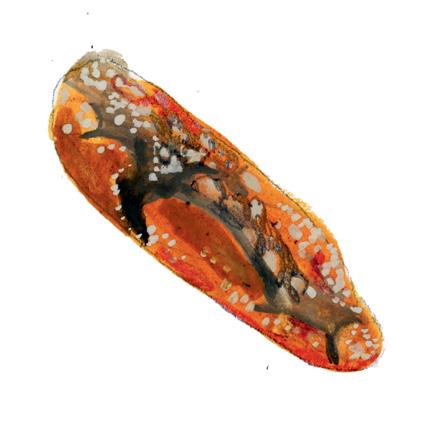
This is an advance, uncorrected proof. Not for resale, duplication, or reposting. Please do not quote without comparison to the finished book.
Methyl Orange—developed by chemists in the late nineteenth century from coal tar, today it is used both as a textile dye and as an acid/base indicator.
This is an advance, uncorrected proof. Not for resale, duplication, or reposting. Please do not quote without comparison to the finished book.

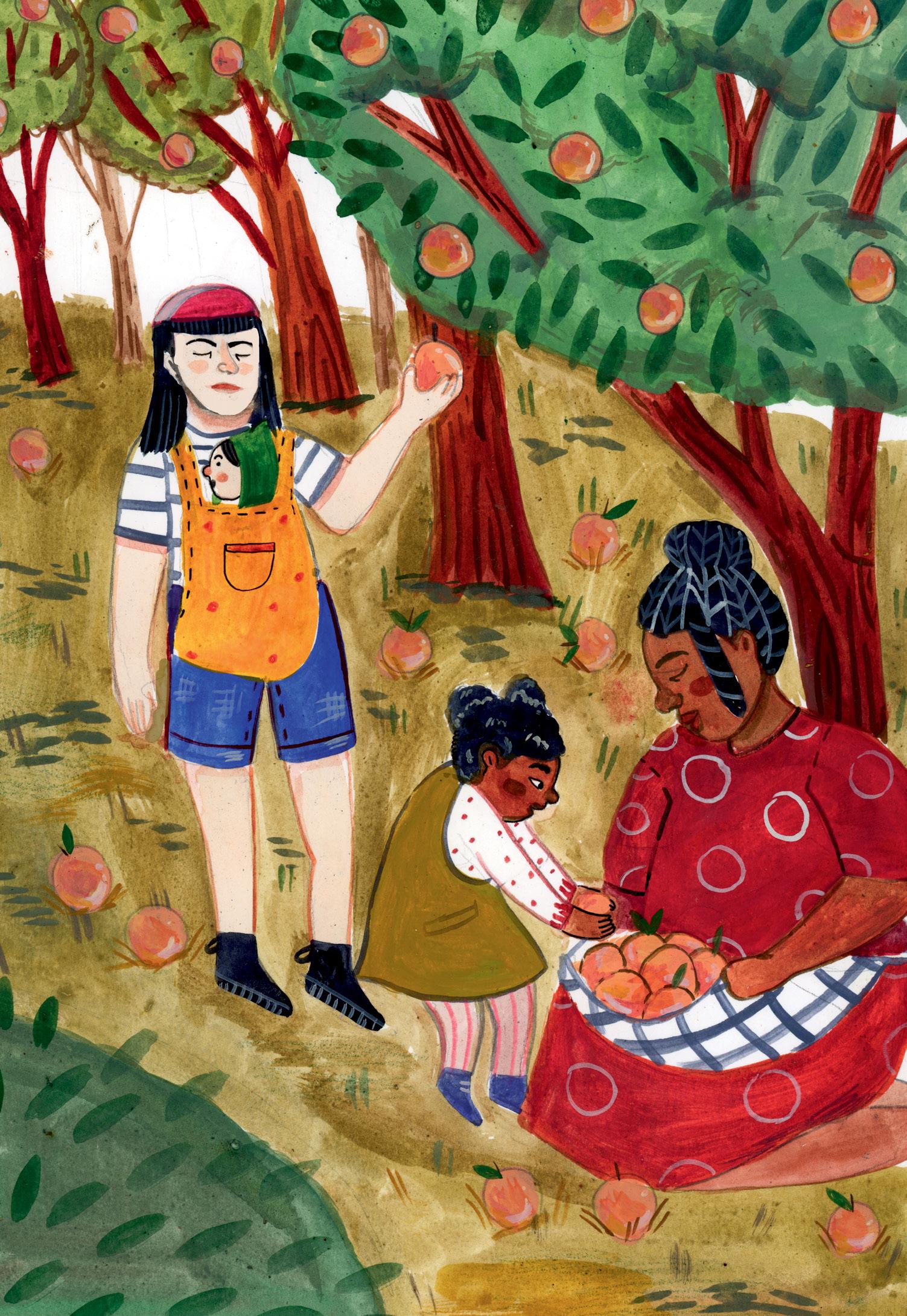
BEFORE COLORS, orange peaches ripen on the tree.
Someone eats the flesh, gathers all the pits, and burns them.
This is an advance, uncorrected proof. Not for resale, duplication, or reposting. Please do not quote without comparison to the finished book.
She is making . . .

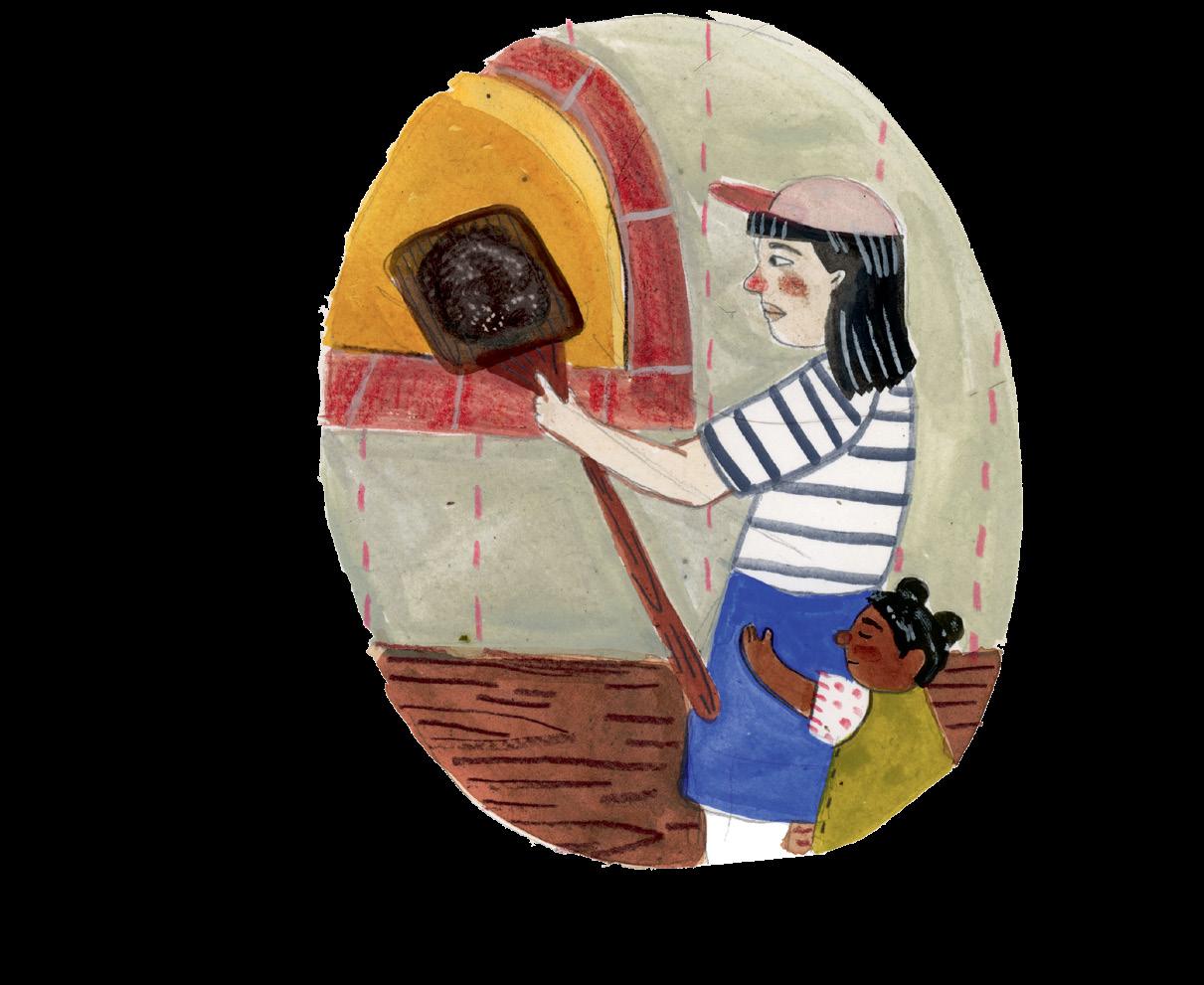
. . . BLACK.
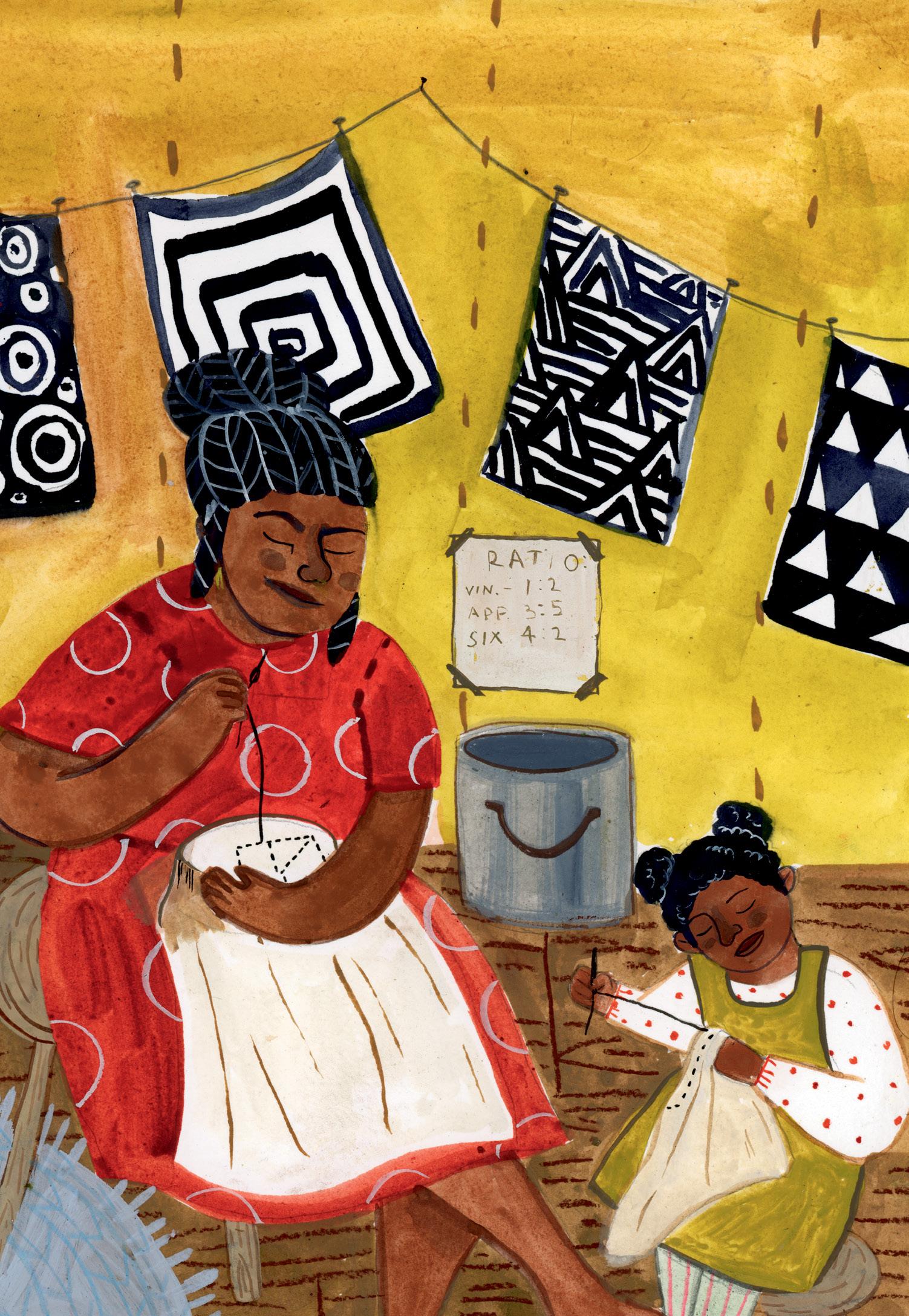
This is an advance, uncorrected proof. Not for resale, duplication, or reposting. Please do not quote without comparison to the finished book.
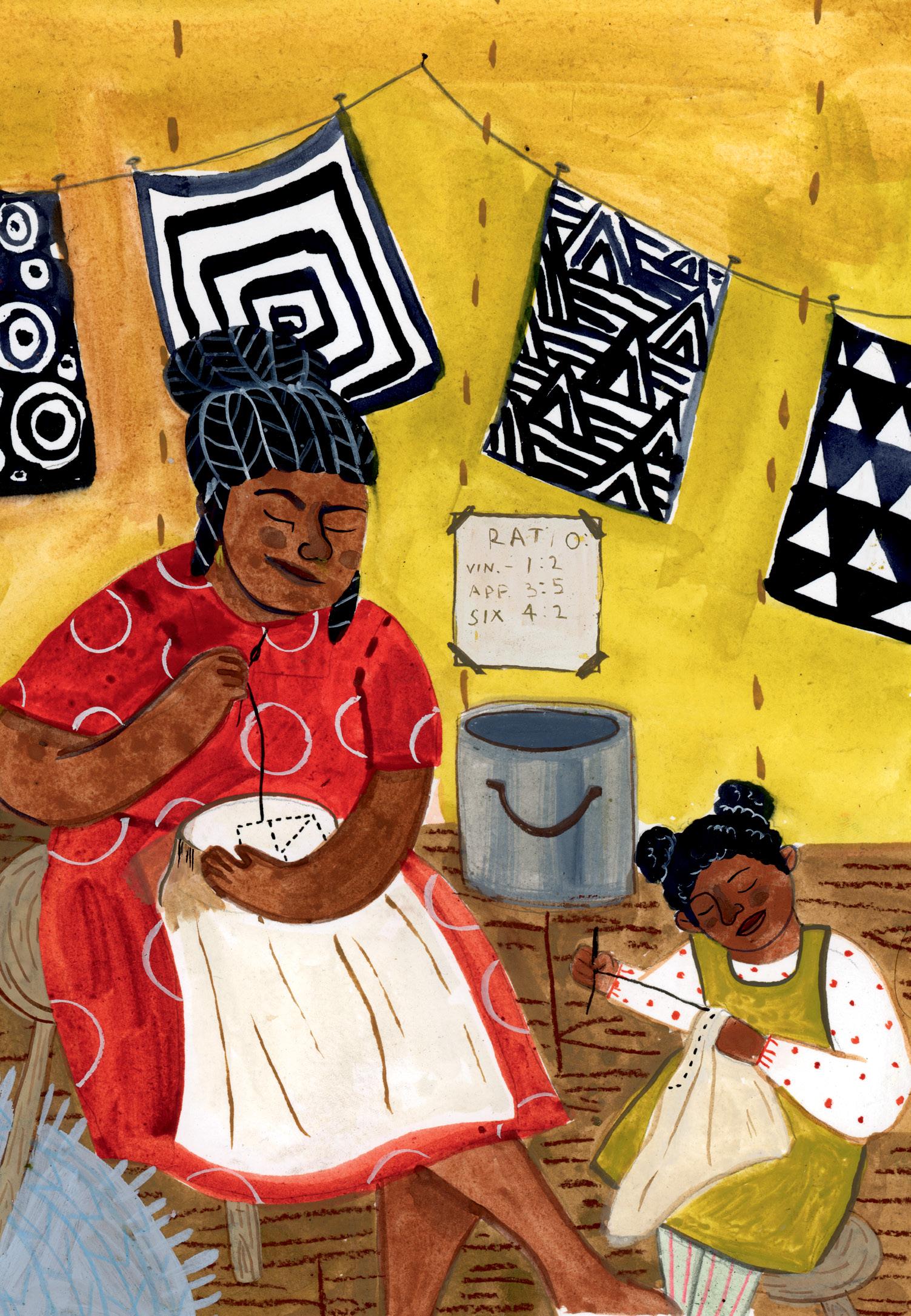
HOW CAN YOU ADD COLOR WITHOUT PAINTS OR DYES?
Humans aren’t the only ones to use pigments for color. Nature does, too. The color of your hair and skin come from pigments produced by your body. Flamingoes get their brilliant pink feathers from the tiny pigmented creatures they eat.
But nature sometimes makes colors without using pigments, too.
The blue morpho butterfly is famous for the vivid blue of its wings. But that blue doesn’t come from a pigment. Instead, it’s created by the structure of the scales on the butterfly’s wings. Microscopic ridges and gaps on the scales absorb red and green wavelengths of light. Only blue wavelengths of light reflect back to the viewer. Its blue comes from structure, not pigment.
Shimmering dragonfly wings, gleaming scarab beetles, flashing peacock feathers. All sorts of animals have iridescent colors that are created, like the color of the blue morpho, from the nanostructure rather than from pigment.
Because nature has more than one way to make a color!
This is an advance, uncorrected proof. Not for resale, duplication, or reposting. Please do not quote without comparison to the finished book.
Recently, scientists have been trying to mimic nature by making color structurally. They’ve made structural black paint and are working on other colors as well.
Without a pigment or dye in sight!
Peach black is a form of carbon black, a black pigment that comes from burning branches, vines (known as vine black), or other plant material. Carbon black was used 28,000 years ago in cave paintings and is still used today.
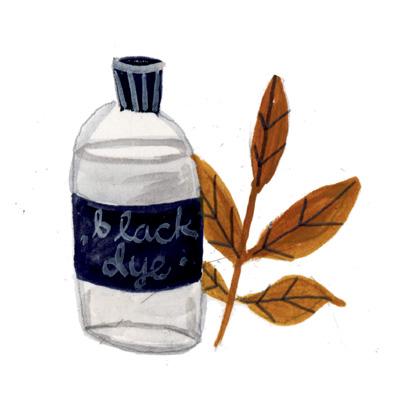

COLORFUL CHARACTERS: GROUPE BOGOLAN KASOBANÉ
In the mid-1970s, professors of the National Institute of the Arts in Bamako, Mali, taught their students European drawing, European painting, and European sculpture. These African students, who were expected to buy expensive imported brushes, paints, and canvases, were unhappy about the cost and even more unhappy that their professors expected them to embrace colonizers’ art.
So a group of them formed the Groupe Bogolan Kasobané. They traveled away from the big city of Bamako and visited villages, asking local artisans to teach them traditional techniques.
Away from the urban center, members of the group learned the art of bògòlanfini from rural women. The word is often translated as “mudcloth” in English, but its root word means “clay.” The Bamana people wear densely decorated black and white bògòlanfini clothing at important life moments, such as weddings.
This is an advance, uncorrected proof. Not for resale, duplication, or reposting. Please do not quote without comparison to the finished book.
Villagers taught the young people to dye fabric with locally gathered leaves and then to paint atop it with a local clay. The spots where the clay has been painted turn black. The rest of the fabric, where the leaf dye still shows, is then bleached, leaving striking patterns in brilliant white against the black background.
As the Kasobané group perfected their technique and brought bogolan back to the city, they experimented with new patterns. They applied bogolan to textiles beyond clothing. The art world took notice. Their work began to be purchased internationally, and members of the group began to mentor other young Malian artists in local art traditions.
Today European art students make the trek to Mali to learn the art of bogolan. Because art isn’t limited to oil paint on canvas. It can also be made with locally gathered clay, no expensive European brushes required.
This is an advance, uncorrected proof. Not for resale, duplication, or reposting. Please do not quote without comparison to the finished book.
COLORS ACROSS TIME: NANOTUBE PAINT
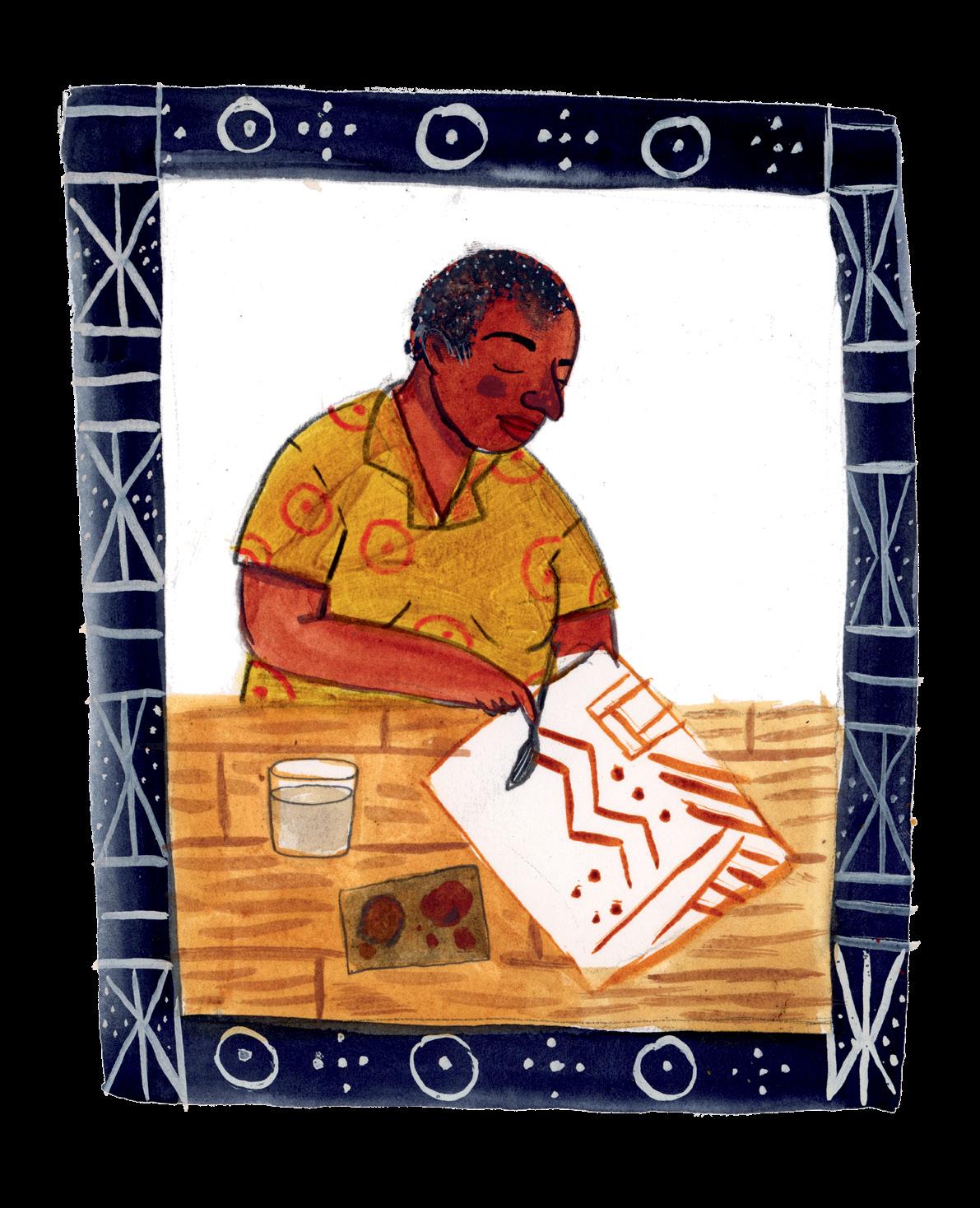
In 2014, a laboratory invented a pigment-free paint featuring carbon nanotubes that trap rays of light. Items coated in Vantablack seem to disappear.
The paint was intended for satellites, but artist Anish Kapoor paid for the exclusive right to use it in works of art. Other artists howled.
That controversy prompted new research. Another lab invented a similar paint, Singularity Black, that anyone can use.

BLACKS FROM ANIMAL SOURCES
Bone Black—a velvety dark pigment made by burning bones to a char and then grinding them. This very ancient pigment is found in some cave paintings and is still used today.
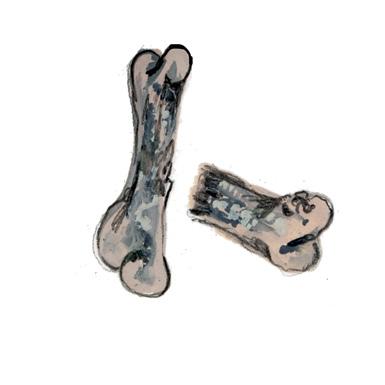
Ivory Black—special form of bone black made from burnt horns or ivory.

BLACKS FROM PLANT SOURCES
Acacia black—a blue-black Mayan pigment made from the wood of the acacia tree.
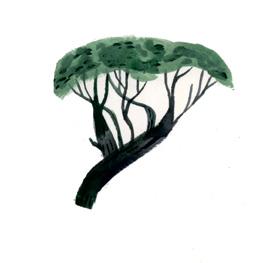
Iron Gall Ink—black ink made from galls that grow when wasps attack oak trees. The galls are fermented and mixed with green vitriol and gum Arabic. It has been used in Europe since 500 CE and is still the ink used to record births and deaths in the United Kingdom.
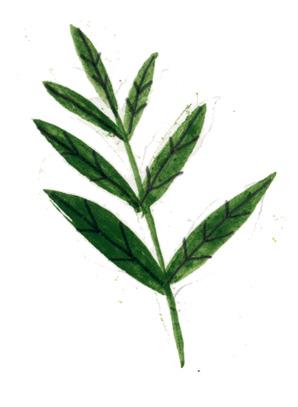
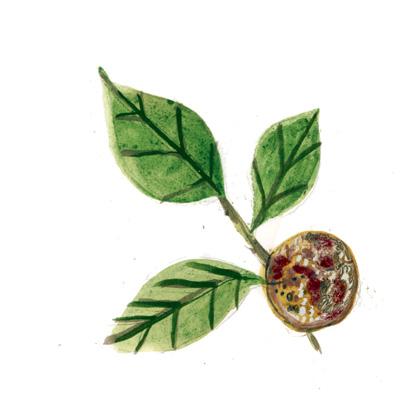
This is an advance, uncorrected proof. Not for resale, duplication, or reposting. Please do not quote without comparison to the finished book.
Piñon pitch—Diné weavers combine yellow ocher earth with both pitch from the piñon tree and liquid that sumac leaves have soaked in to make a black dye for wool.
Omaha or Winnebago dye—twigs and bark of the silver maple tree can be used to dye leather black during the tanning process.

Badie—the red bark of the badie tree is pounded and boiled to make an ink that is printed on fabric with a carved calabash stamp. It is the traditional dye on Ghana’s famous adinkra cloth.
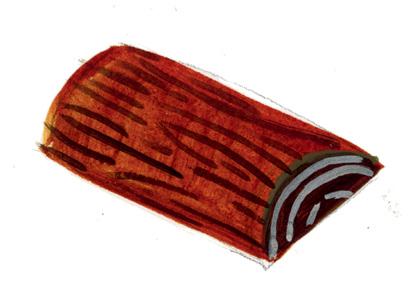

Logwood or campeachy—intense black comes from the wood of this Central and South American tree. The dye was so wildly popular in the eighteenth century that pirates targeted ships carrying logwood. It’s still used because it’s stronger than most synthetic black dyes. It’s also used to stain tissues for medical research.
BLACKS FROM MINERAL SOURCES
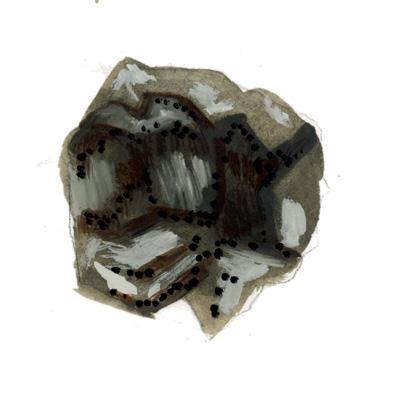
Lampblack—blue-black pigment made from burning a beeswax candle or oil lamp. It was produced in China as early as 2000 BCE and is the pigment in India Ink.



This is an advance, uncorrected proof. Not for resale, duplication, or reposting. Please do not quote without comparison to the finished book.
Kohl—a black cosmetic eyeliner made by crushing the mineral galena and mixing it into a liquid. It is closely associated with ancient Egypt but was used throughout the ancient world. It’s still popular in the Middle East and India, despite the threat of lead poisoning.
Graphite—a mineral of pure carbon so soft that it smudges when touched. In sixteenth-century Europe, pieces of graphite were wrapped in cloth and used for marking. Today pencil leads are made of clay mixed with graphite.
This is an advance, uncorrected proof. Not for resale, duplication, or reposting. Please do not quote without comparison to the finished book.

BEF ORE MAK ING COL ORS,
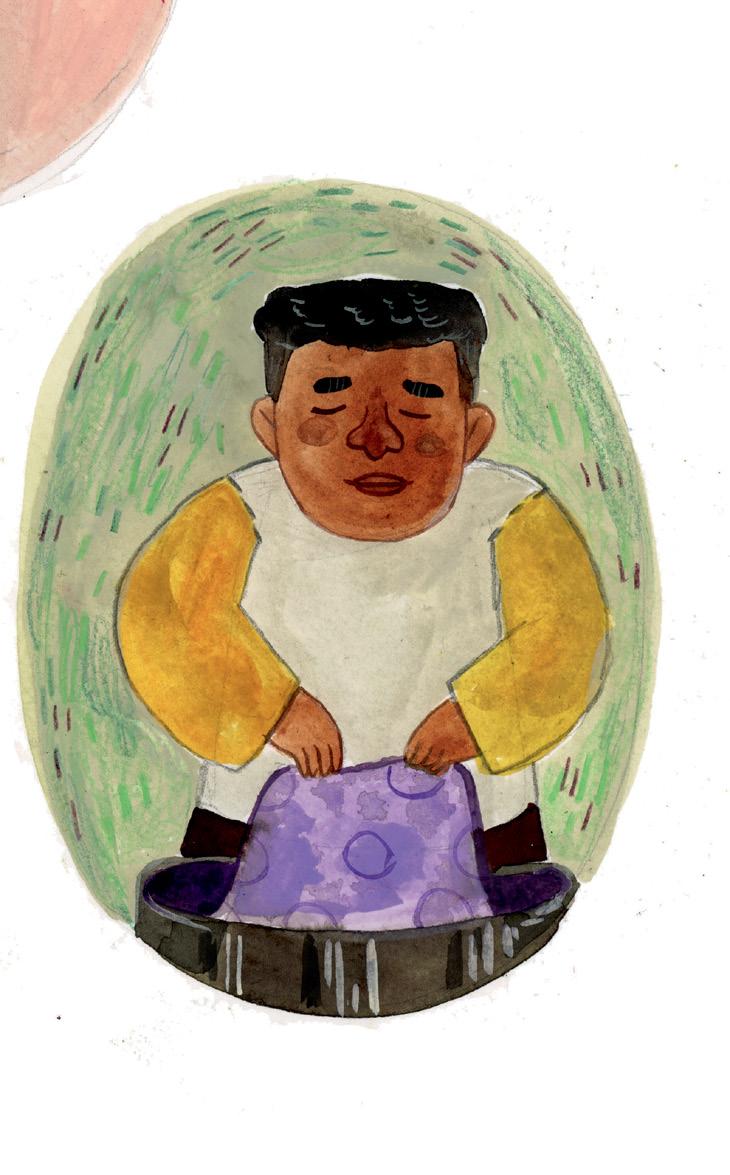
humans dig and plant and gather.
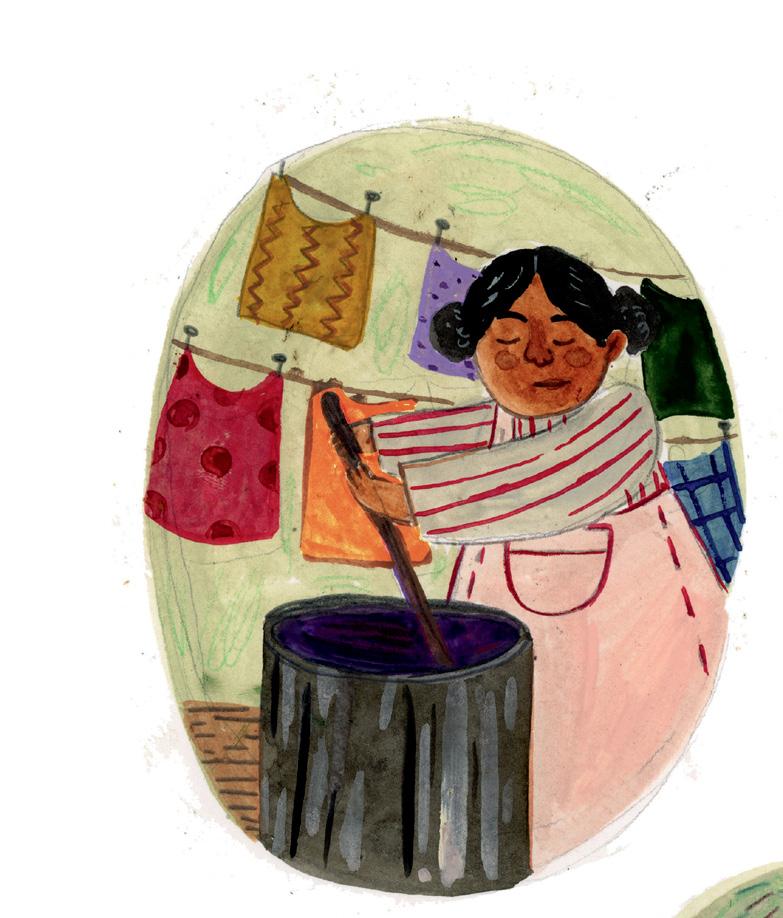
Then they grind and mix and heat to add colors . . .
This is an advance, uncorrected proof. Not for resale, duplication, or reposting. Please do not quote without comparison to the finished book.
This is an advance, uncorrected proof. Not for resale, duplication, or reposting. Please do not quote without comparison to the finished book.
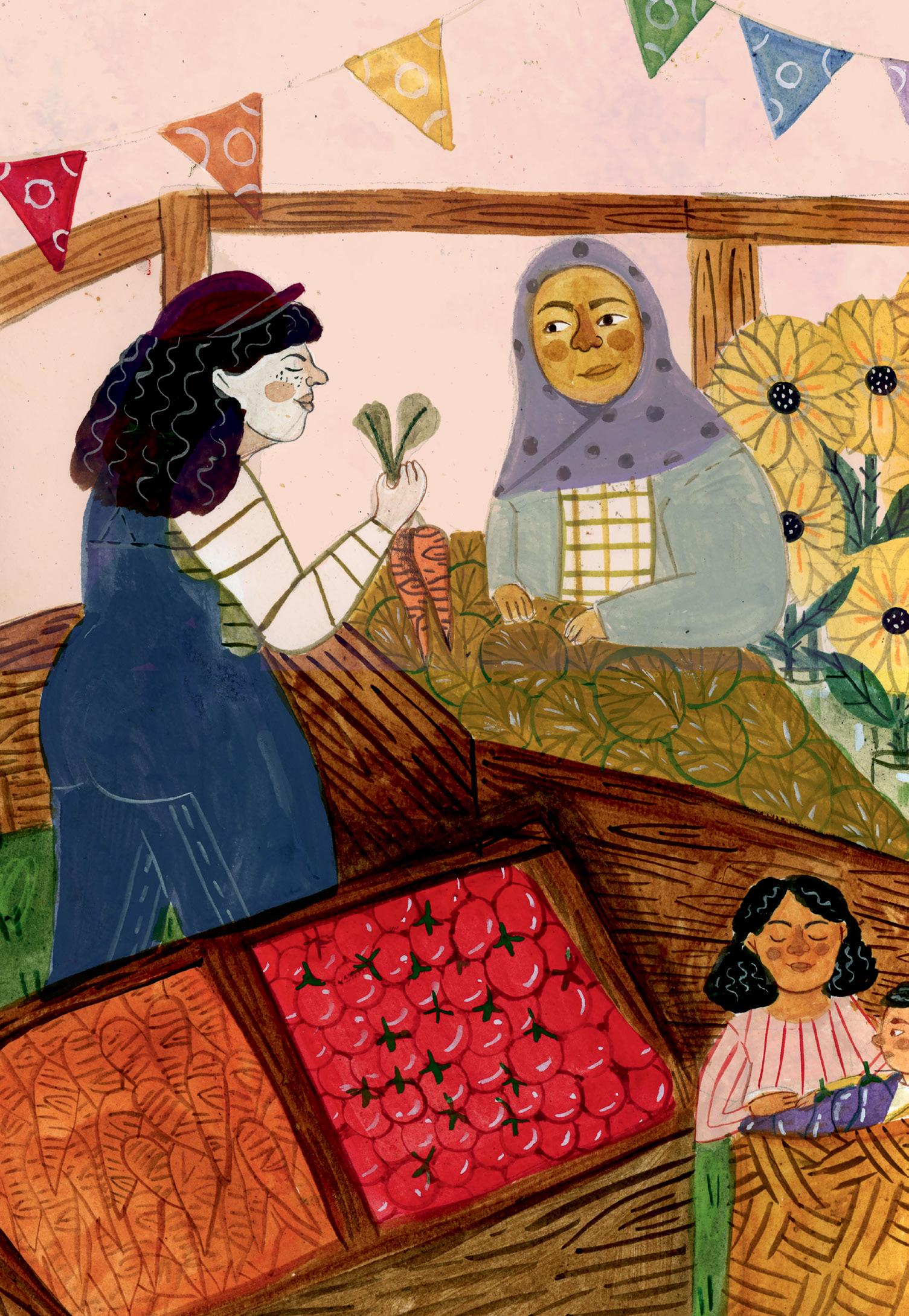
This is an advance, uncorrected proof. Not for resale, duplication, or reposting. Please do not quote without comparison to the finished book.
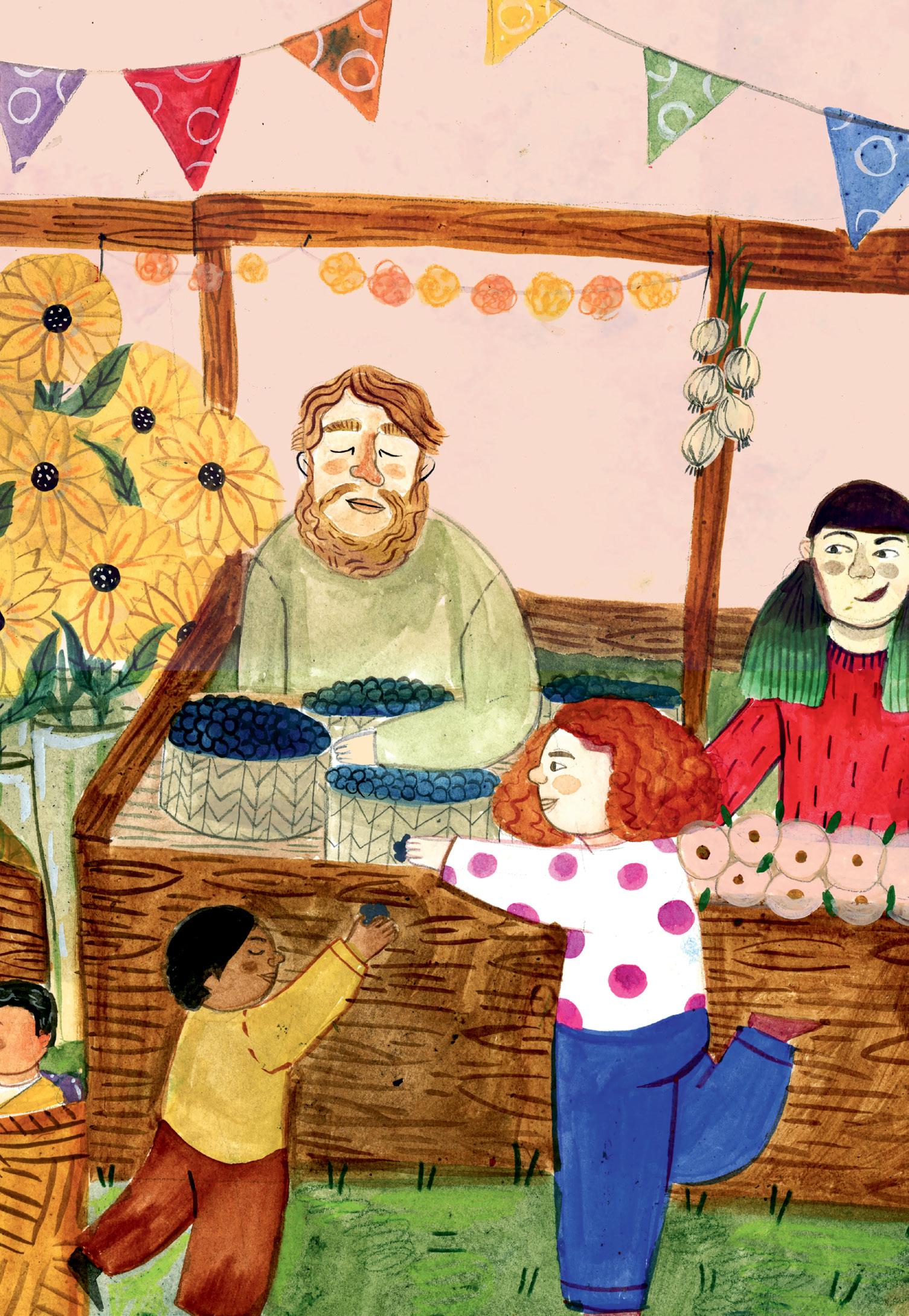
. . . E VE
R Y WH ER E.
ORGANIZING COLORS
Humans make things. And the archaeological record shows that we have, for tens of thousands of years, also added color to the things we make.
In addition to making colors, humans have long tried to organize the idea of color. In ancient Greece, people thought of all colors as lying on a continuum from white to black, light to dark.
Chinese thinkers saw the basic colors as black, white, red, yellow, and blue, and early European Renaissance thinkers largely agreed.
Then, in 1704, Isaac Newton published a revolutionary article about light and color. His color scheme didn’t run from white to black, but instead named the colors he saw when he split a beam of light with a prism. Perhaps you learned the acronym to help remember the order Newton described—the order of colors in the rainbow:
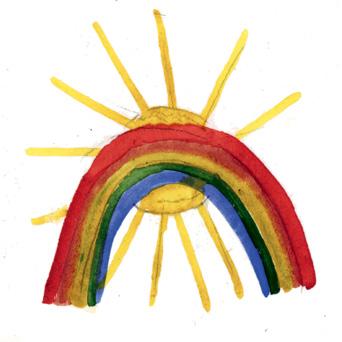
ROY G BIV. Red. Orange. Yellow. Green. Blue. Indigo. Violet. Or, if you grew up in India, you might have learned a different acronym:
This is an advance, uncorrected proof. Not for resale, duplication, or reposting. Please do not quote without comparison to the finished book.
VIBGYOR. Violet. Indigo. Blue. Green. Yellow. Orange. Red.
Newton’s ideas have been highly influential in the modern world. But there’s room for argument about his description. Why, for example, does he split blue into two colors—blue and indigo—but not bother to separate green from turquoise?
Today color is often organized in a wheel. But that’s not the only approach.
In the late 1800s, American artist Albert Munsell devised a new way to think about color. He imagined a three-dimensional shape. On his color tree, he organized colors by hue, by light or darkness (value), and by saturation of color (chroma).
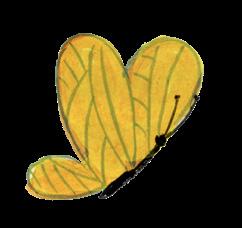

Other thinkers have developed different systems and created companies to help people identify colors. Pantone is a color-matching system that started in the 1960s. It was intended to help designers and printers better identify and more exactly match colors. In Europe, the RAL system is another common color-matching system.
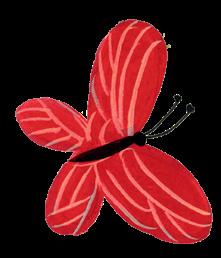

Because color is all around us, these systems can be an important tool for all sorts of researchers and businesses. Industrial food producers match produce to specific colors to identify ripeness. Archaeologists use color systems to tell the differences between various layers of soil. Companies rely on specific colors to establish distinct and consistent branding materials.
This is an advance, uncorrected proof. Not for resale, duplication, or reposting. Please do not quote without comparison to the finished book.
HOW THIS BOOK IS ORGANIZED
As I researched this book, I was fascinated by the way the magic of chemistry can transform an object of one color into a pigment or a dye of an entirely different color. So I organized the book into a chain of colors.
I was also impressed by how inventive people have been, using materials around them to create color. In fact, so many plants are used to make color that it’s often included right in their official names. As early as 1753, Linnaeus tacked “tinctoria” onto the names of plants used for dyeing, and informally many plants have “Dye” or “Dyer’s” in their name.
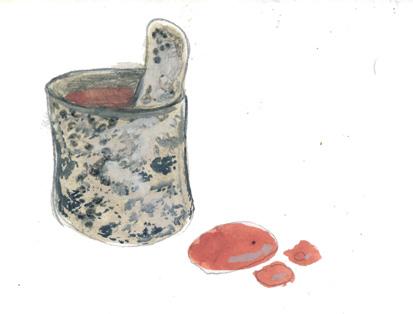
But it’s not just plants that create colors. As the color lists show, pigments and dyes come from animal and mineral sources, too.

For thousands of years now, we humans have gone to great lengths to make colors. Being human and making colors seem to go together.
This is an advance, uncorrected proof. Not for resale, duplication, or reposting. Please do not quote without comparison to the finished book.
TRY THIS AT HOME
Dyeing eggs. Easter doesn’t have to be the only time you play with color. With a grown-up’s help, try boiling eggs in water with yellow onion skins, avocado peels, or pomegranate peels. Add a tablespoon of vinegar to the water to help fix the color. What colors do you get?
Dyeing flowers. Put carnations, daisies, or other flowers with white petals into separate containers of water. To each container, add food coloring. What happens to the petals over time? How long does it take for the petals to start changing color?

Exploring color mixtures. With a marker, draw a circle of color, about the size of your thumbnail, on a paper coffee filter. Place the coffee filter on a plate and carefully pour 1/8 to 1/4 teaspoon water onto the circle of color. Wait 20 to 30 minutes and then check the coffee filter. What’s happened? Try different colors of markers and see if you get different results.
Making your own paint. Put a piece of colored chalk in a zip-top bag and seal it. Crush the chalk with a rolling pin. Mix the powdered chalk with water, vegetable oil, or egg white, just until it feels liquid. Use a brush to apply the paint. How do the different liquids feel while you’re painting? How does the dried paint differ depending on the liquid you used?
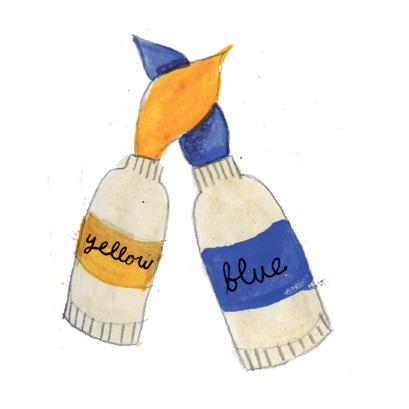
This is an advance, uncorrected proof. Not for resale, duplication, or reposting. Please do not quote without comparison to the finished book.
Playing with light. Try mixing colored light. Some flashlights or headlamps have red and green settings. To get blue (and red and green, if necessary), wrap with colored nylon tights. Try shining the lights on a white wall. Can you combine colored lights to make new colors?
QUOTATION SOURCES
“I didn’t create batik”: “World of Iwan Tirta.”
“a symphony in yellow”: Cellitti.
“How wonderful yellow is”: Bailey.
What is purple in: Finlay, Color, 202.
“siniy” and “goluboy”: Deutscher, 69.
“the pink insulation”: Morales.
SELECTED SOURCES
Bailey, Jason. “New Data Shows Why Van Gogh Changed His Color Palette.” Artnome. December 24, 2018. See tinyurl.com/yad3lo2o.
Baker, Amy. “Common Medieval Pigments.” 2004. See d-scholarship.pitt. edu/11954/1/a-baker-04-pigments.pdf.
Ball, Philip. Bright Earth: Art and the Invention of Color. Chicago: University of Chicago Press, 2001.
Bearfoot, Will. Mother Nature’s Dyes and Fibers. Willits, California: Oliver Press, 1975.
Brinkmann, Vinzenz et al. Gods in Color: Polychromy in the Ancient World. San Francisco: Fine Arts Museums of San Franciso and DelMonico Books, 2017.
This is an advance, uncorrected proof. Not for resale, duplication, or reposting. Please do not quote without comparison to the finished book.
Cellitti, Lorenzo. “Vincent van Gogh: A Symphony in Yellow.” Auralcrave. January 17, 2019. See tinyurl.com/y6noozho.
Christie, R. M. and R. R. Mather and R. H. Wardman. The Chemistry of Colour Application. Oxford: Blackwell Science, 2000.
Coles, David. Chromatopia: An Illustrated History of Colour. New York: Thames & Hudson, 2019. “Colours.” Winsor & Newton. See www.winsornewton.com/na/articles/colours.
Conservation and Art Materials Database (CAMEO). August 15, 2020. Museum of Fine Arts, Boston.
Deutscher, Guy. Through the Language Glass: Why the World Looks Different in Other Languages. New York: Henry Holt, 2010.
Finlay, Victoria, et al. An Atlas of Rare & Familiar Colour. Harvard Art Museum’s Forbes Pigment Collection. Los Angeles, California: Atelier Editions, 2019.
Finlay, Victoria. Color: A Natural History of the Palette. New York: Random House, 2002.
Garfield, Simon. Mauve: How One Man Invented a Color that Changed the World New York: W. W. Norton, 2001.
Gillow, John. Printed and Dyed Textiles from Africa. Seattle: University of Washington Press, 2001.
Gillow, John. Traditional Indonesian Textiles. London: Thames and Hudson, 1992.
Hawaiian Ethnobotany Database. Bishop Museum. See data.bishopmuseum.org/ ethnobotanydb/ethnobotany.php.
Hecht, Ann. The Art of the Loom: Weaving, Spinning, and Dyeing Across the World. New York: Rizzoli, 1989.
Historical Painting Techniques, Materials, and Studio Practice. Proceedings of conference at University of Leiden June 26-29, 1995. Los Angeles: J. Paul Getty Trust, 1996. See tinyurl.com/yyudzvhb.
Hitchcock, Michael and Wiendu Nuryanti, eds. Building on Batik: The Globalization of a Craft Community. Burlington, VT: Ashgate Publishing, 2000.
Kastan, David Scott. On Color. New Haven, CT: Yale University Press, 2018.

Morales, Xavier. “Trademarked Colors: Owens Corning Pink.” SecureYourTrademark.com, November 21, 2020. See secureyourtrademark. com/blog/owens-corning-pink.
This is an advance, uncorrected proof. Not for resale, duplication, or reposting. Please do not quote without comparison to the finished book.
Native American Ethnobotany: A Database of Foods, Drugs, Dyes and Fibers of Native American Peoples, Derived from Plants. 2003. See naeb.brit.org (NAEB), created in cooperation with University of Michigan, Dearborn.
“Pigments through the Ages.” WebExhibits. See www.webexhibits.org/pigments.
Recker, Keith. True Colors: World Masters of Natural Dyes and Pigments. Thrums Books: Loveland, Colorado, 2020.
Richardson, David and Sue. Asian Textile Studies. January 24, 2016. See www. asiantextilestudies.com/green.html.
Rogers, Adam. “Art Fight! The Pinkest Pink Versus the Blackest Black.” Science. Wired. June 22, 2017. See www.wired.com/story/vantablack-anish-kapoorstuart-semple.
St. Clair, Kassia. The Secret Lives of Color. New York: Penguin, 2016.
“World of Iwan Tirta.” See iwantirtabatik.com/content/12-world-of-iwan-tirtaourstory.
FOR DAVID, THE COLOR IN MY WORLD —A. B. P.
TO MY PARENTS, WHO ALWAYS ENCOURAGED ME TO SEE THE COLOR IN LIFE —M.S.
This is an advance, uncorrected proof. Not for resale, duplication, or reposting. Please do not quote without comparison to the finished book.
The illustrations for this book were created with watercolor, gouache, and colored pencil.
Cataloging-in-Publication Data has been applied for and may be obtained from the Library of Congress. ISBN 978-1-4197-5706-8
Text © 2023 Annette Bay Pimentel Illustrations © 2023 Madison Safer Book design by Heather Kelly

Published in 2023 by Abrams Books for Young Readers, an imprint of ABRAMS. All rights reserved. No portion of this book may be reproduced, stored in a retrieval system, or transmitted in any form or by any means, mechanical, electronic, photocopying, recording, or otherwise, without written permission from the publisher.

Printed and bound in China 10 9 8 7 6 5 4 3 2 1
Abrams Books for Young Readers are available at special discounts when purchased in quantity for premiums and promotions as well as fundraising or educational use. Special editions can also be created to specification. For details, contact specialsales@abramsbooks.com or the address below.
Abrams® is a registered trademark of Harry N. Abrams, Inc.
































































































































































































